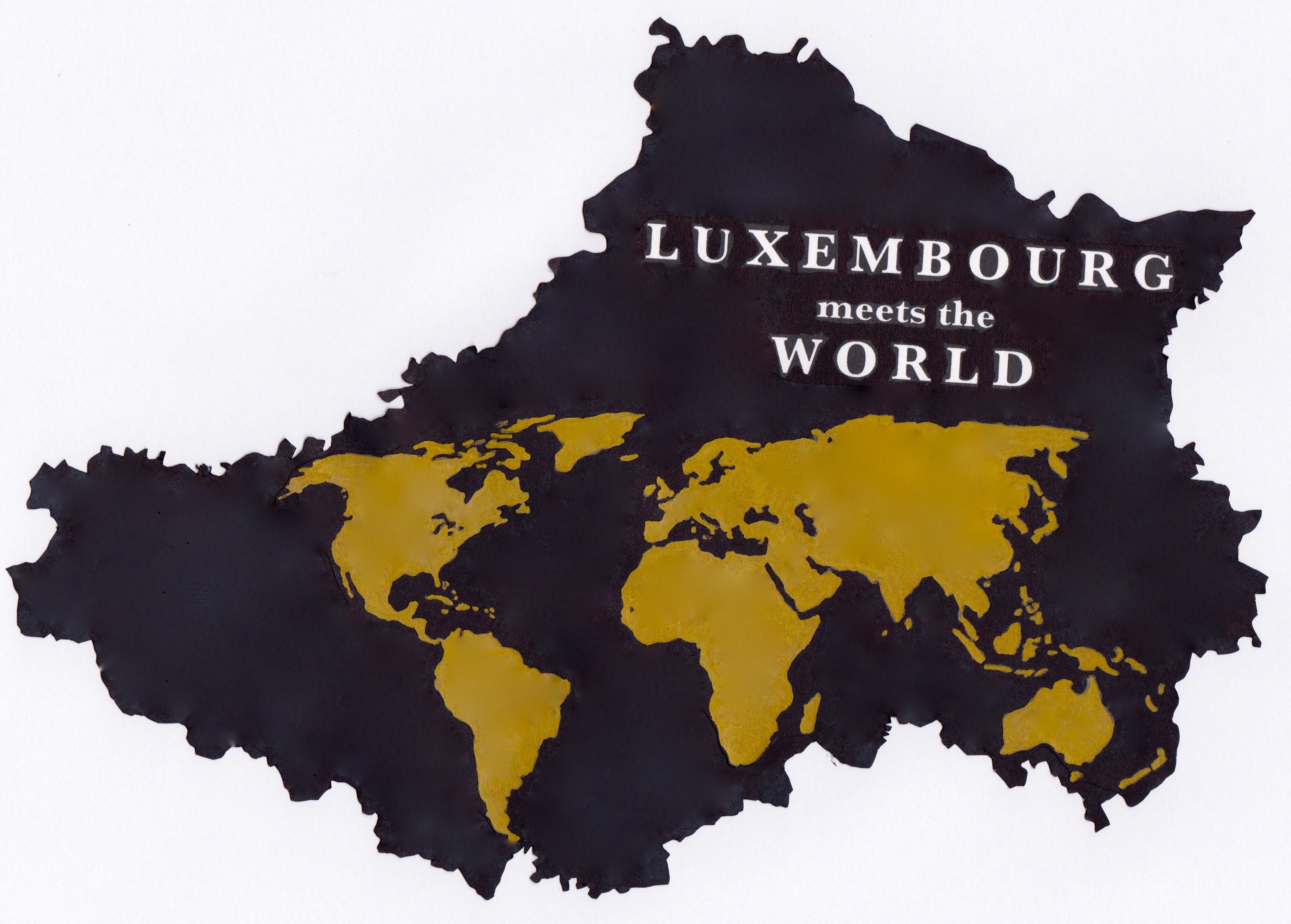
Top 11 things to do in Copenhagen Denmark
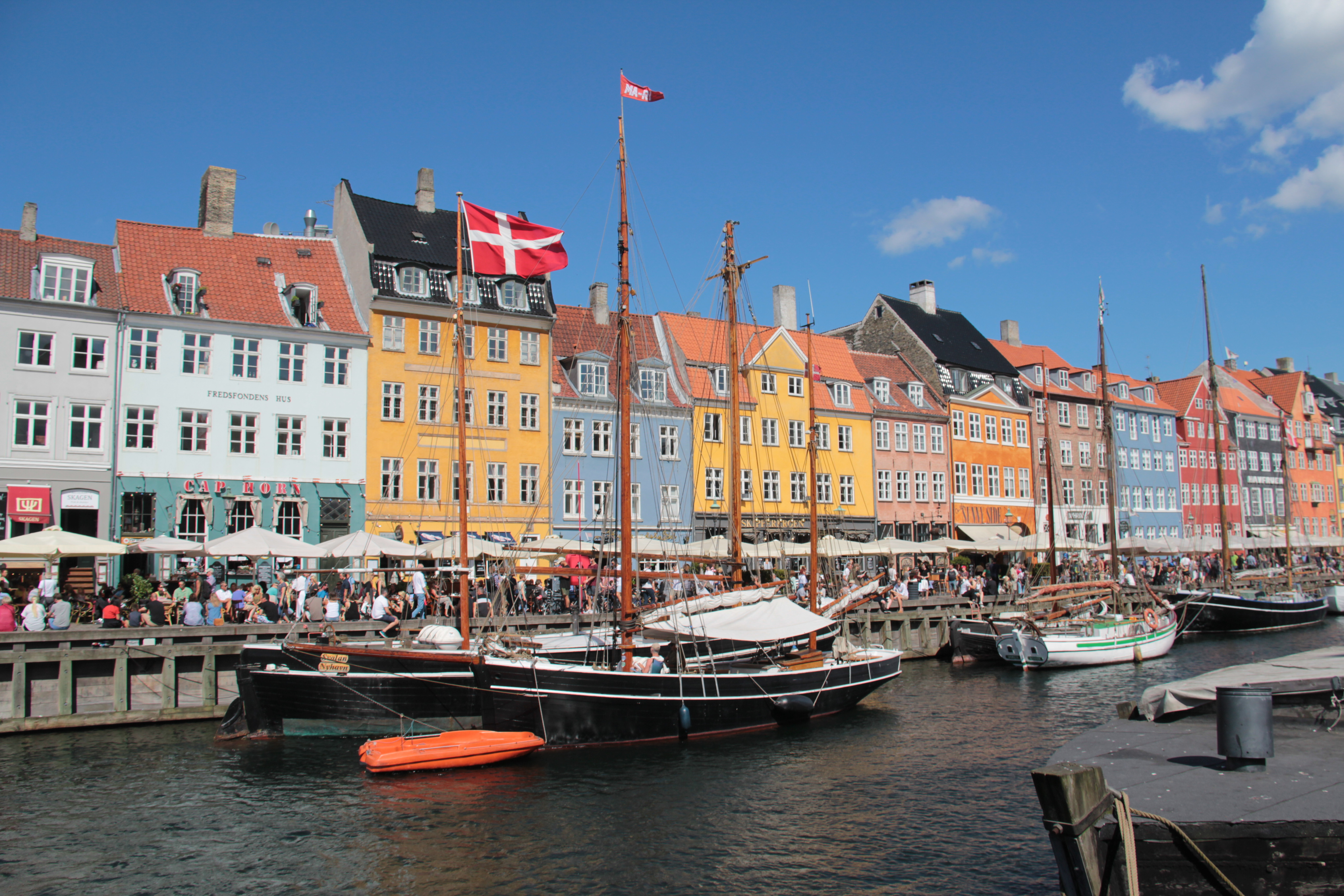
Let’s be honest, when you think of Copenhagen, the first thing that probably comes to mind is the Little Mermaid. Sure, it’s the city’s most visited statue and an iconic symbol of Denmark’s capital. But Copenhagen has so much more to offer than just a famous bronze sculpture. From charming neighborhoods and vibrant food markets to impressive royal palaces and a buzzing bike culture, this Scandinavian gem is full of surprises waiting to be explored.
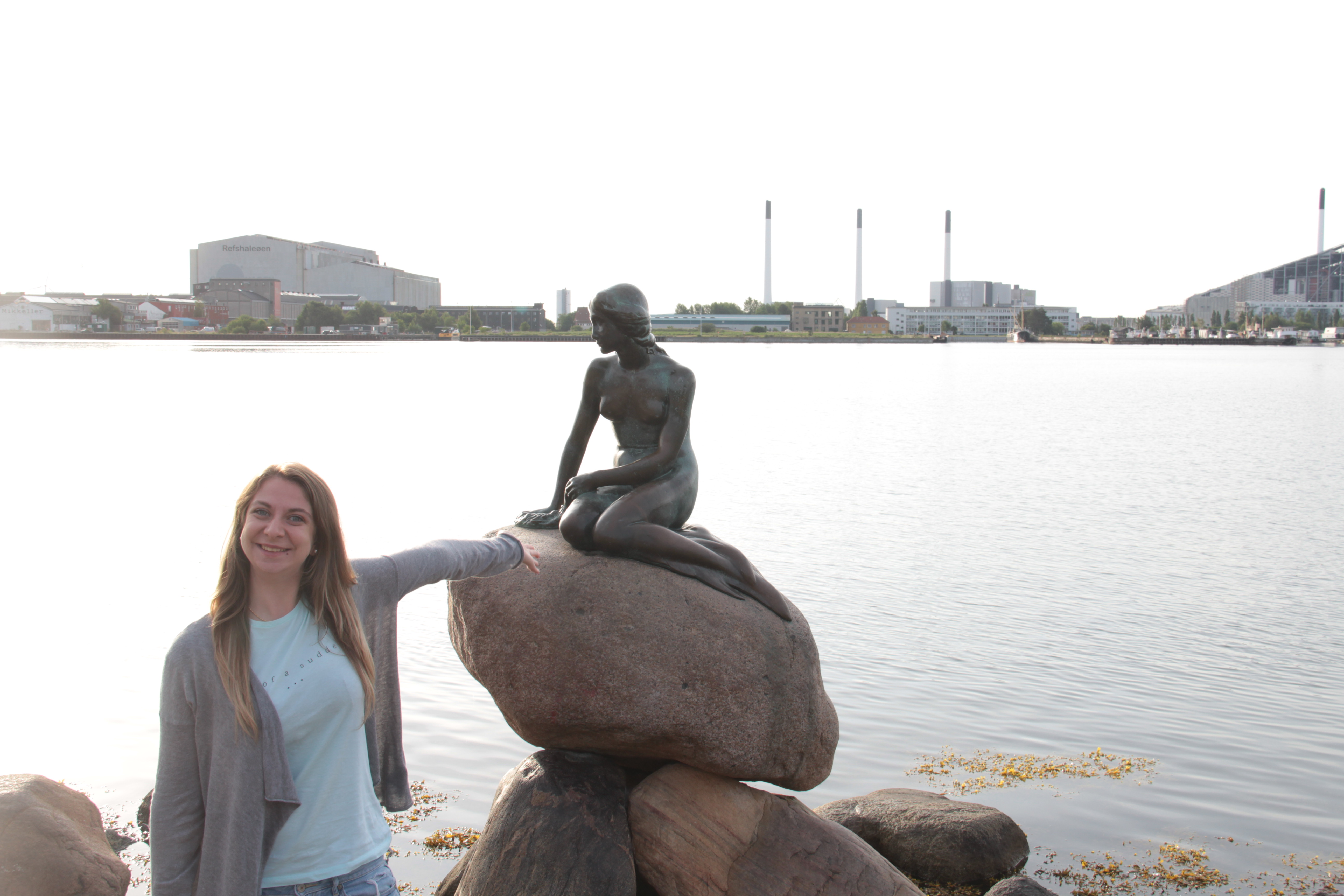
Founded in the 10th century by Viking settlers, Copenhagen started out as a modest fishing village along the Øresund Strait. Its strategic location between the North and Baltic Seas quickly made it an important trading hub. By the 12th century, it was fortified and grew in political and economic importance, leading to its designation as Denmark’s capital in the 15th century under King Christian I. Throughout the centuries, Copenhagen has seen periods of great prosperity as well as hardship, including fires, wars, and plague. Yet it has continually rebuilt and reinvented itself into the vibrant and modern city it is today, rich in history, architecture, and Scandinavian culture.
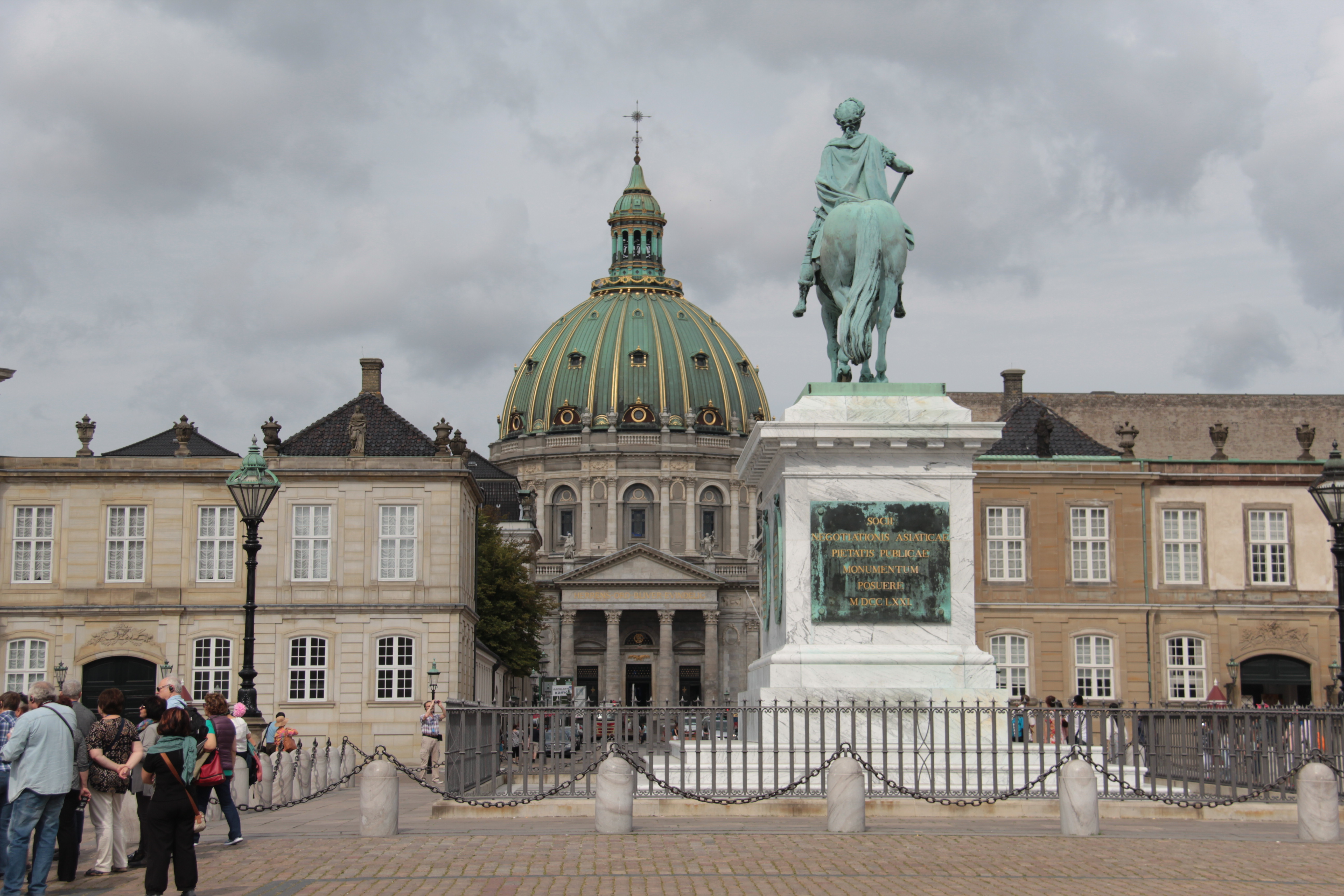
So let’s talk about all the things that made me fall in love with this Nordic city. Copenhagen has a special kind of magic, the perfect mix of history, modern design, and laid-back vibes. It’s a city that invites you to explore, whether by foot, bike, or boat, and offers something unique around every corner. From colorful waterfronts and royal palaces to hidden cafés and world-class museums, there’s no shortage of memorable experiences. Here are 11 things you definitely shouldn’t miss when visiting Copenhagen.
Little Mermaid
Let’s start with the most famous landmark in Copenhagen: the Little Mermaid. Known as Den Lille Havfrue in Danish, this bronze statue is easily the most visited tourist attraction in Denmark. Commissioned by Carl Jacobsen, the son of the Carlsberg beer founder, the statue depicts a mermaid perched on a rock by the water, inspired by Hans Christian Andersen’s fairy tale.
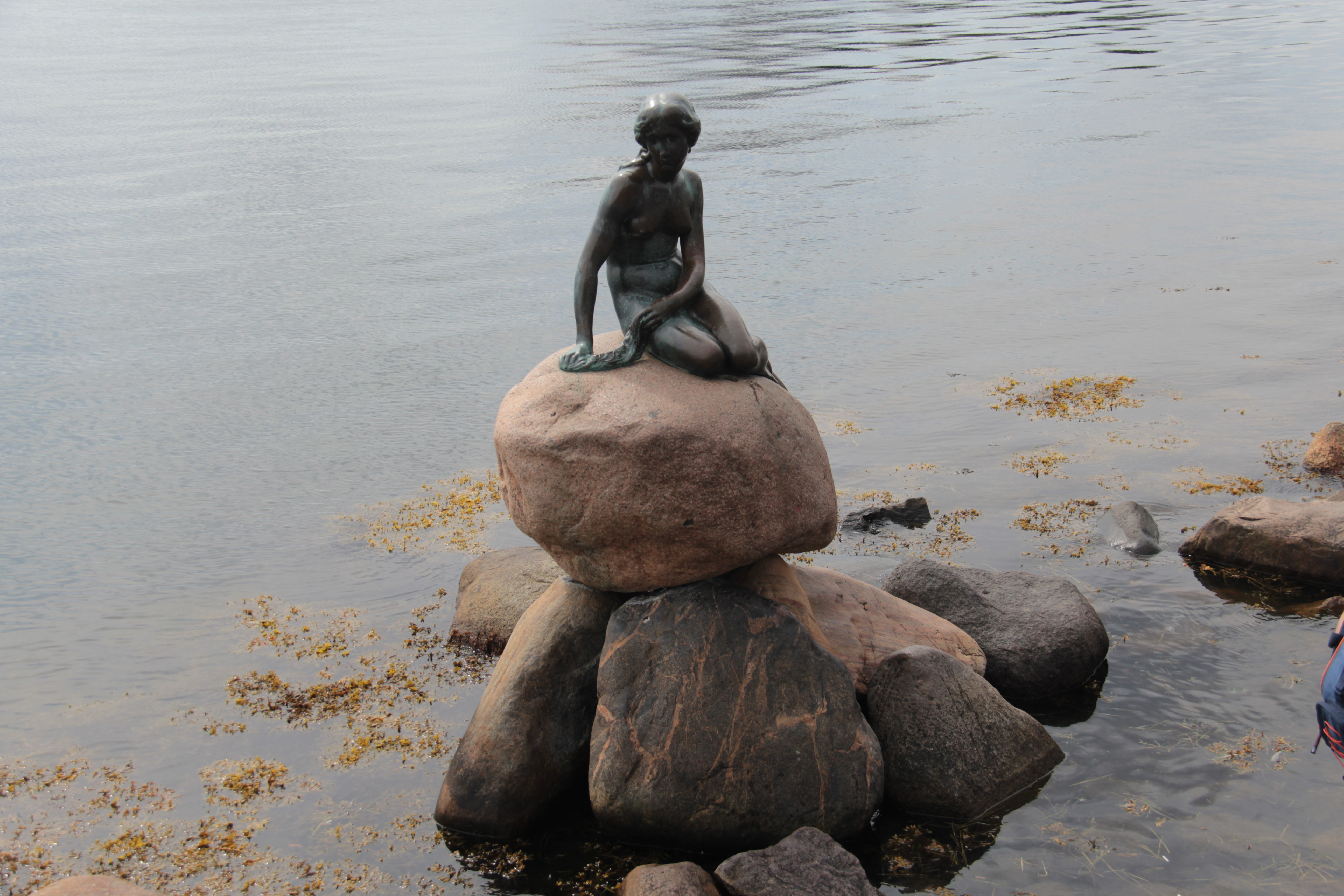
To be honest, if you’ve only ever seen the statue online, you might find the real thing a bit underwhelming at first. The Little Mermaid is just about half a meter high and sits quietly along the Langelinie promenade, right next to a busy walking path.
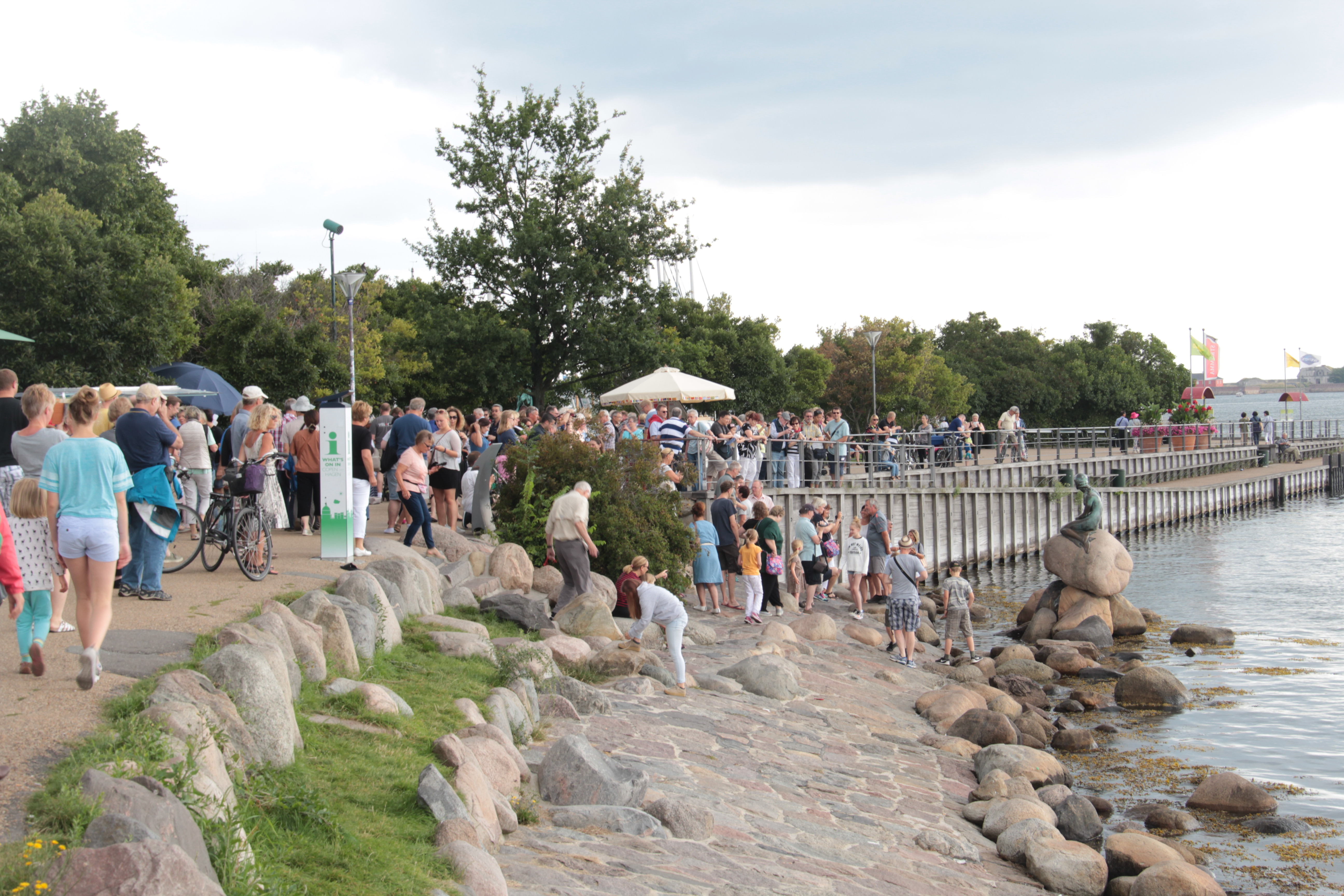
We made the rookie mistake of visiting around noon, only to be met with crowds of tourists, dozens of buses, and a chaotic frenzy of selfie sticks and climbing attempts (despite the clear signs not to touch or climb the monument). This was simply too much.
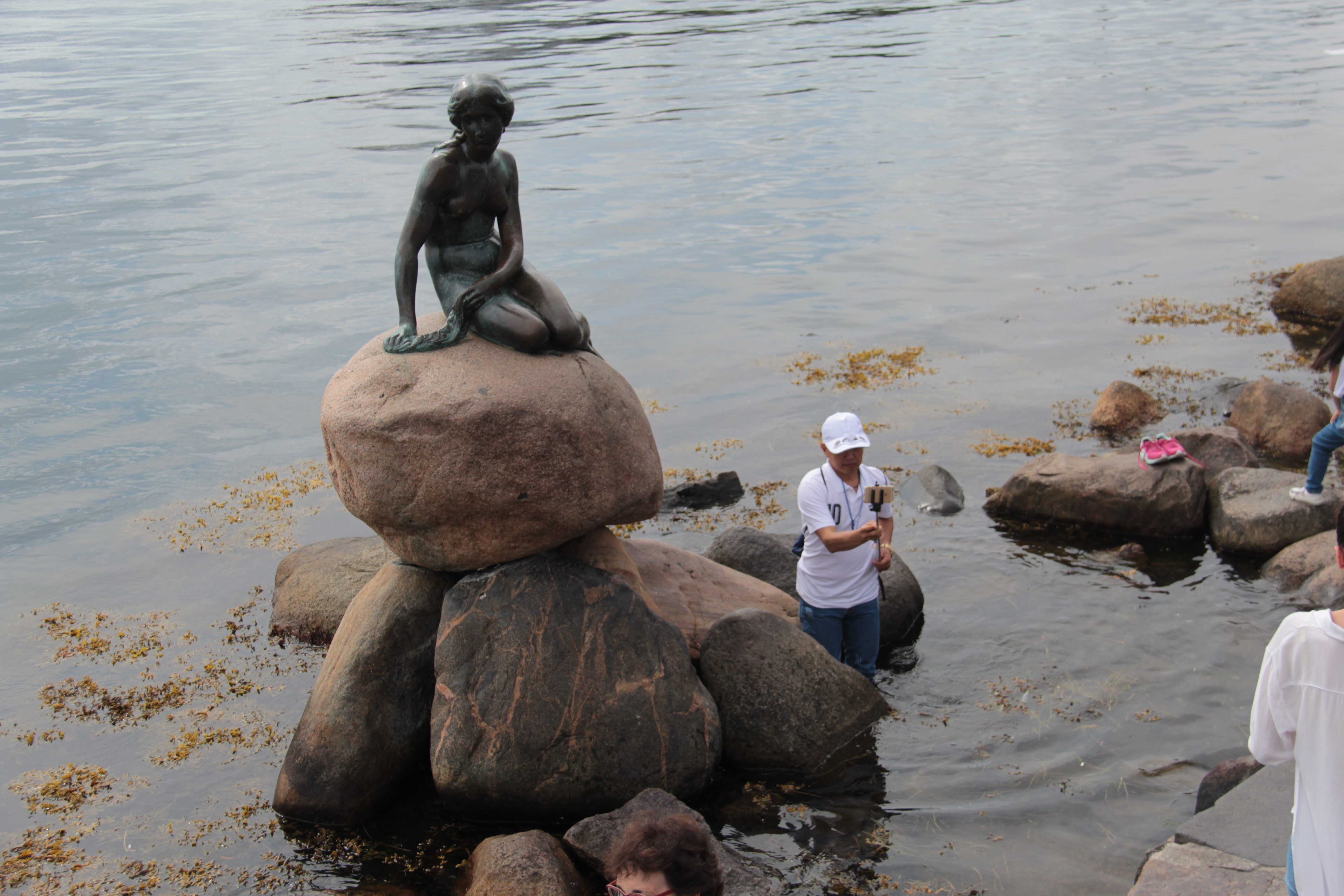
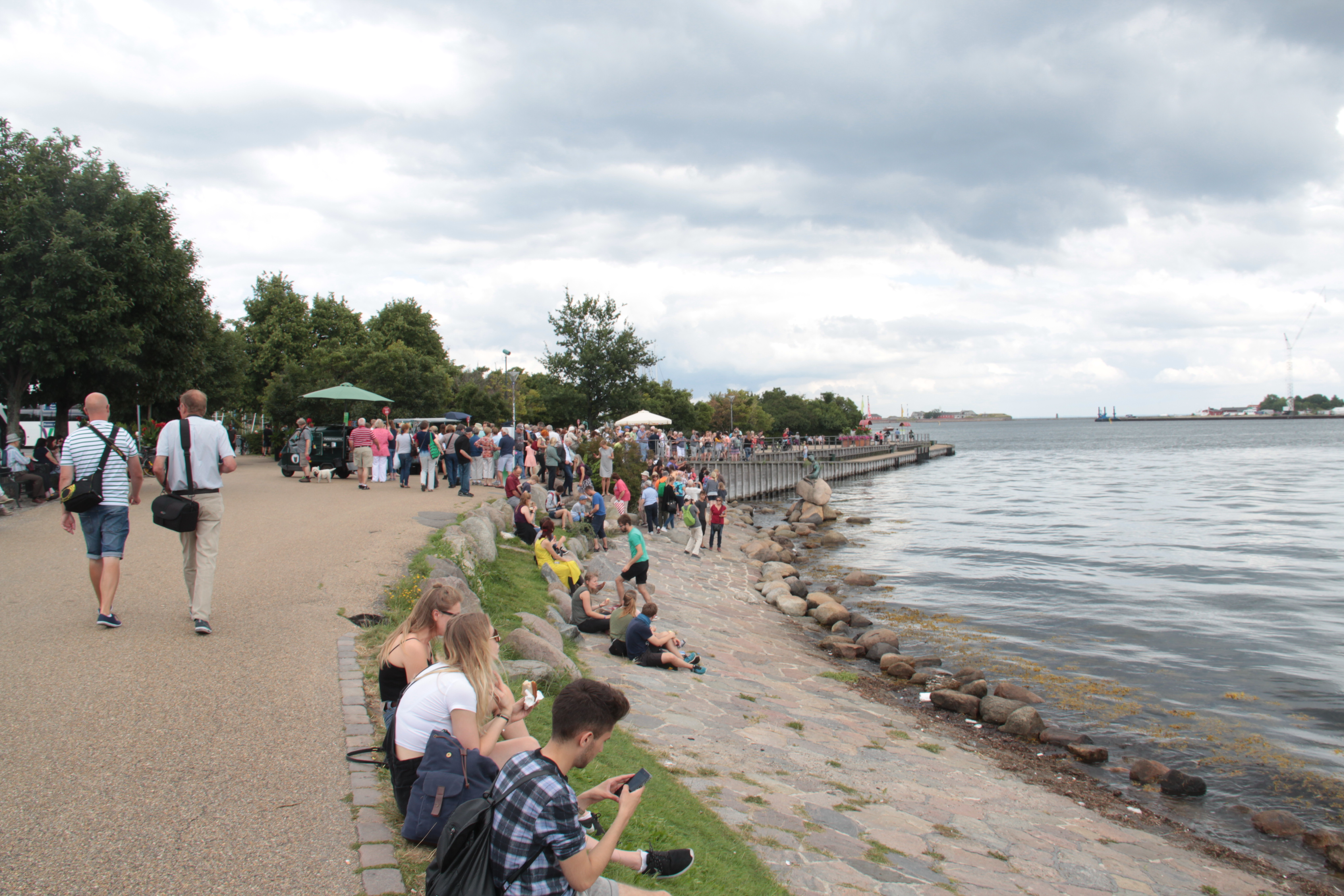
So, we made the decision to come back the next morning at 7 a.m. and it was the best thing we could have done. Not a single person in sight, just us and the peaceful sea. We sat quietly next to the statue, soaking in the early morning light and really taking the time to appreciate her. It gave us a totally different perspective.
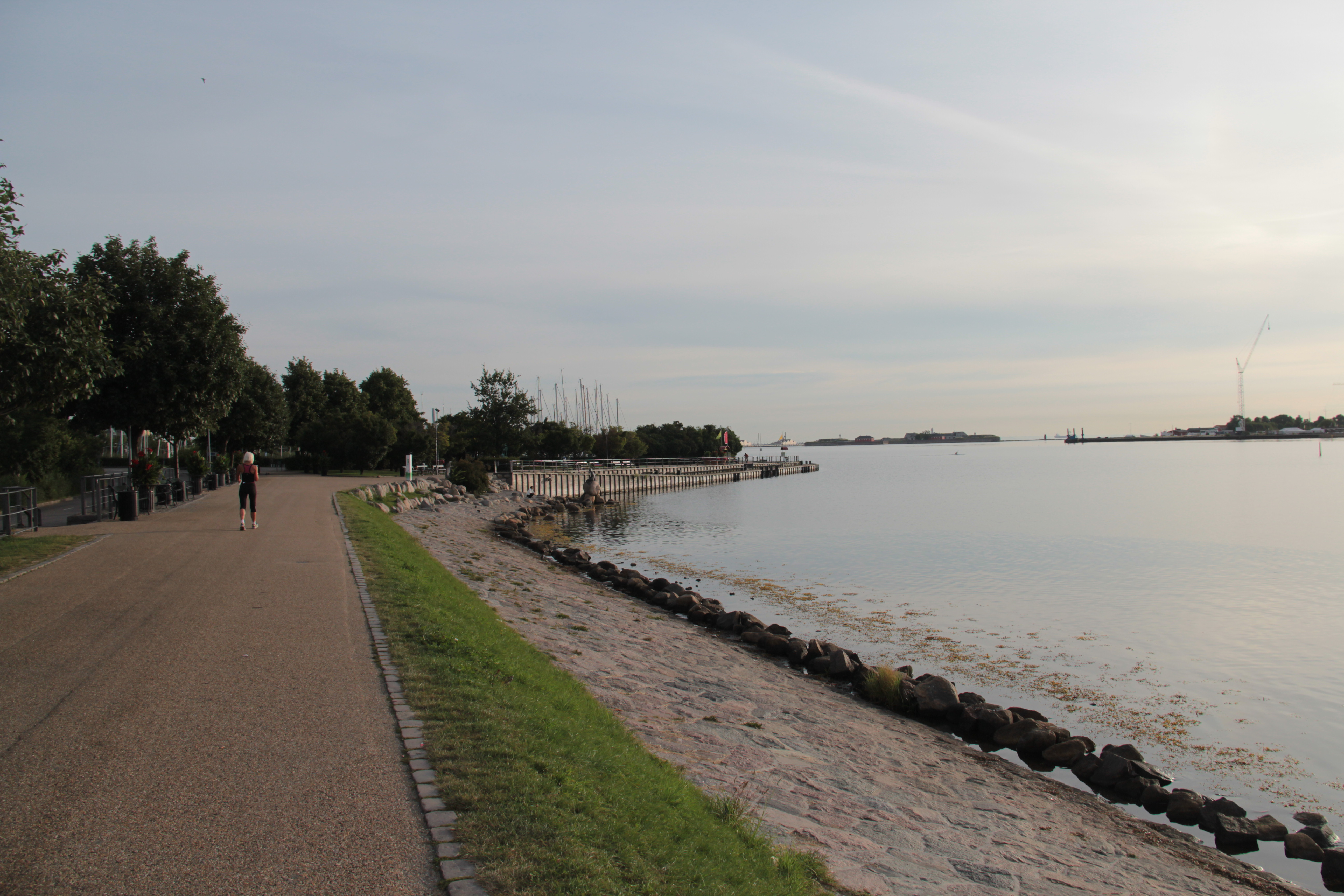
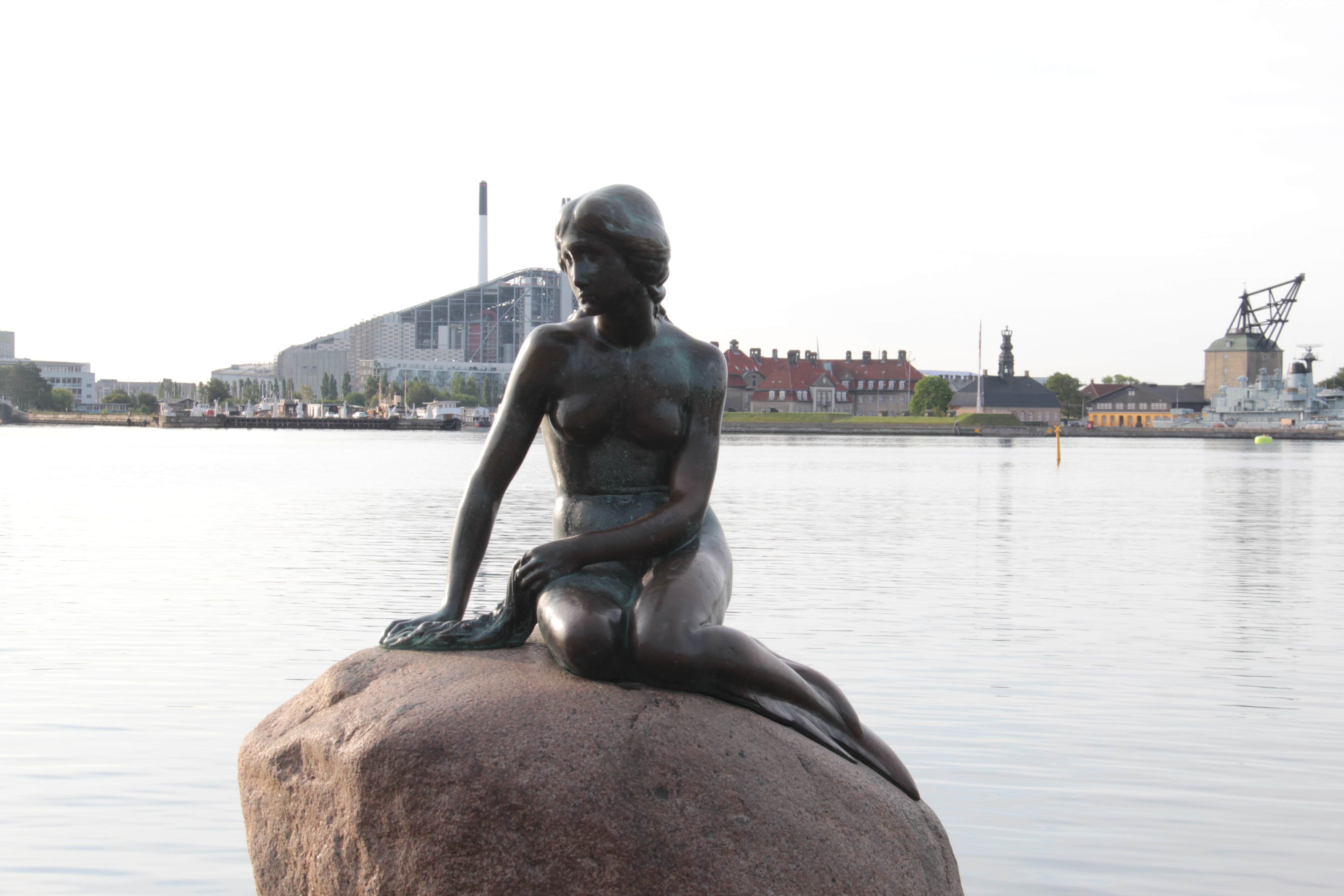
If you truly want to experience the magic of the Little Mermaid, take my advice: skip the midday madness and visit early in the morning. It’s one of those moments where the early bird truly catches the worm.
Nyhavn
Nyhavn is definitely my favorite spot in Copenhagen. The name „Nyhavn“ means „New Harbour,“ and it dates back to the 17th century, having been established in 1673 by the Danish King, Frederick V. Originally, it was built as a bustling commercial port for merchant ships, which brought goods from all over the world. The canal itself was dug out to accommodate the growing demand for trade, and the colorful buildings along its banks were once the homes of sailors, traders, and workers.

Today, Nyhavn is one of the most vibrant entertainment districts in the city, filled with bars, restaurants, and an undeniably charming atmosphere. The northern side of Nyhavn is lined with these historic, colorful houses, and since it faces the sun, the buildings look even more picturesque when bathed in sunlight. This side of the canal is where you’ll find most of the restaurants, and while many people recommend avoiding touristy spots for dining, I must say that eating at one of the waterfront restaurants in Nyhavn is an experience worth having, especially in the summer when you can sit outside and soak in the ambiance.
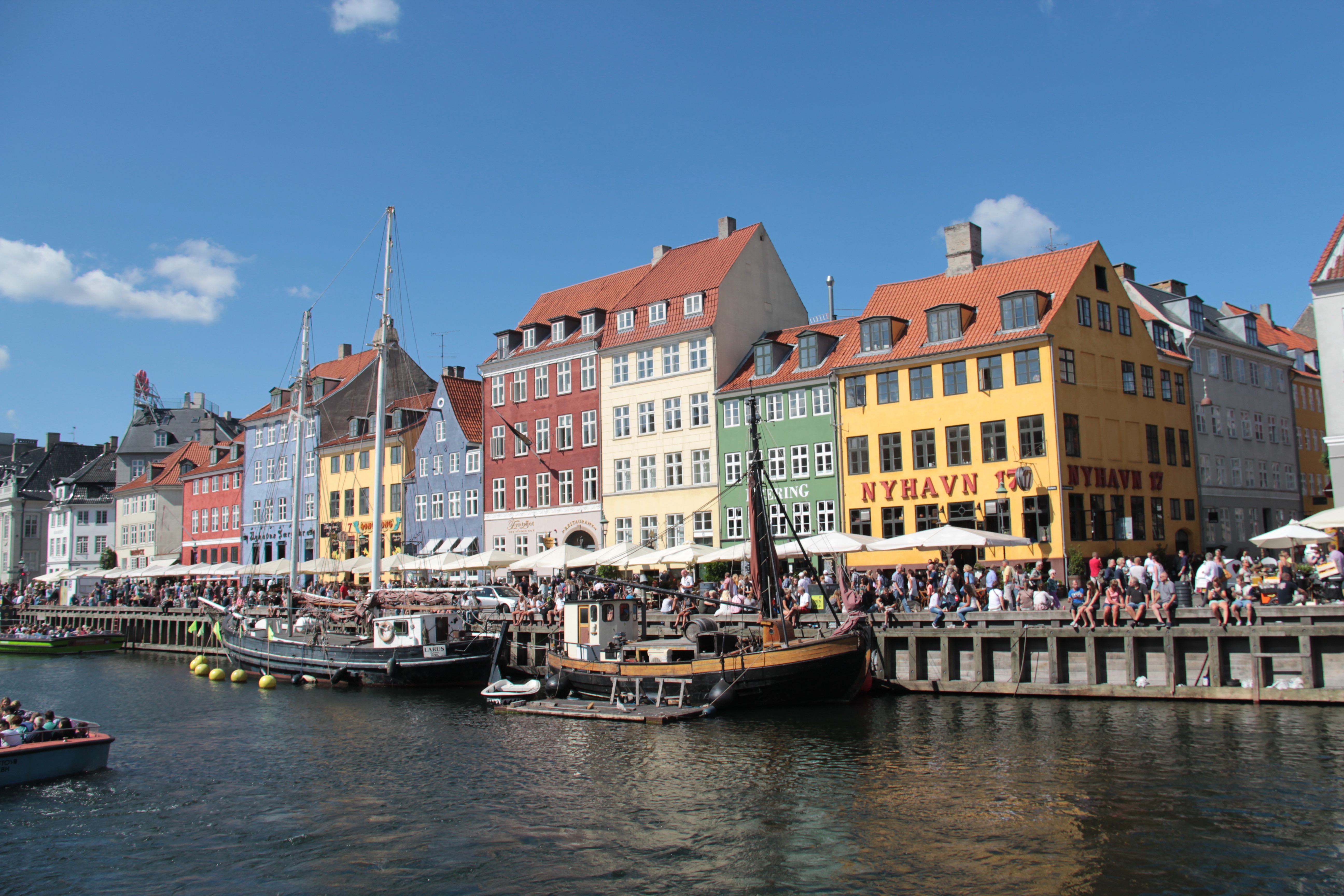
Over the years, Nyhavn has transformed from a busy industrial harbor to a beloved, tourist-friendly destination. It was once home to writers like Hans Christian Andersen, who lived at number 20 for a few years in the 1830s. His famous fairy tales, including „The Little Mermaid,“ are said to have been inspired by the sights and sounds of the canal.
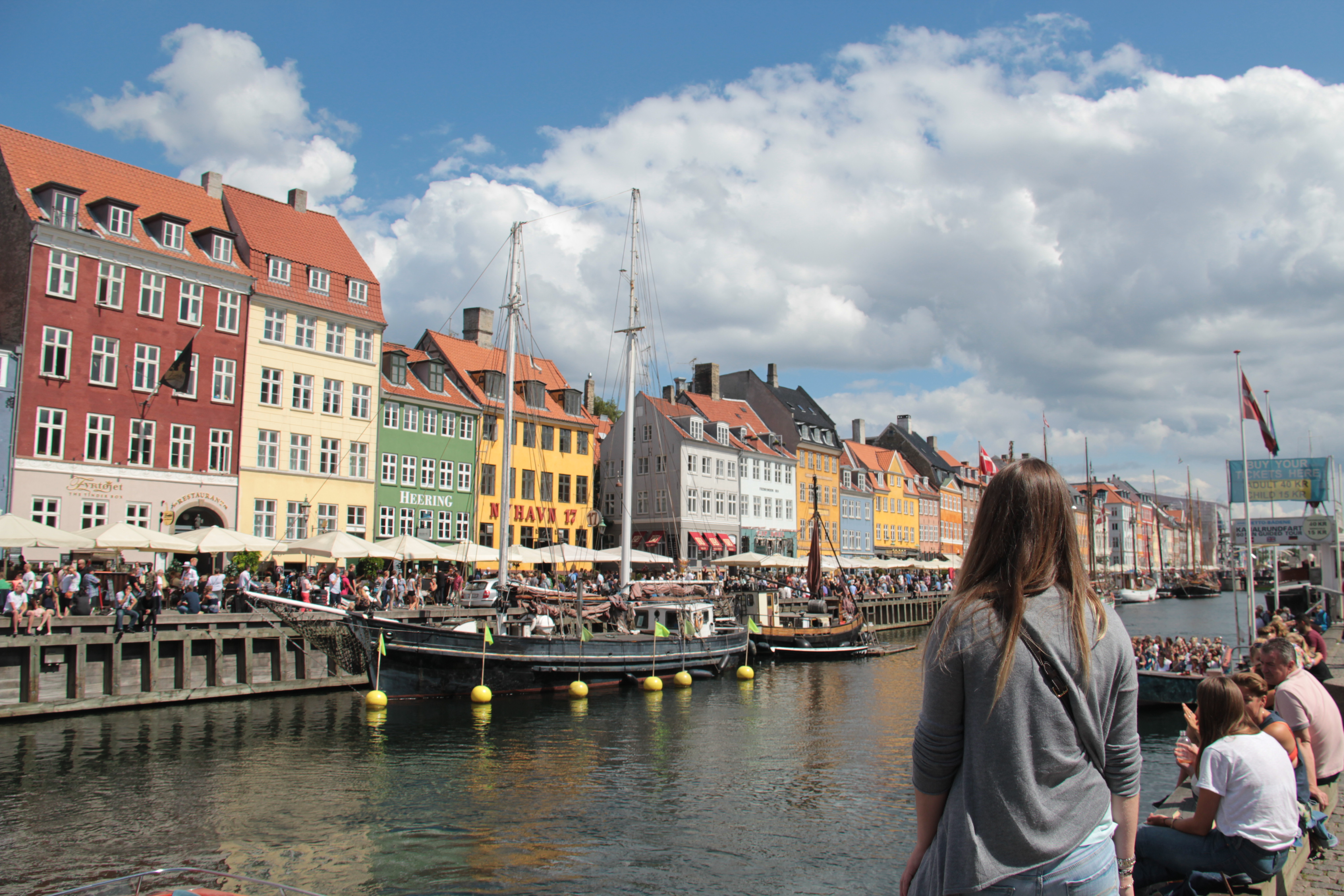
Walking along the water in Nyhavn today offers a sense of history, while also providing a peaceful escape from the hustle and bustle of Copenhagen’s busy streets. It’s one of those places you can’t visit just once—there’s a certain magic in returning to it at different times of the day to watch how the light changes over the colorful buildings and lively canal.
If you find yourself in Copenhagen, make sure Nyhavn is on your list of places to visit more than once!
Kastell von Kopenhagen
This citadel is located near the Little Mermaid, and as we were put off by the large crowds around the statue, we decided to visit this historic fortress instead. The Kastellet is one of the best-preserved star fortresses in Northern Europe. Built in the shape of a pentagram, the fortress has bastions at each of its corners, providing a distinctive, military-style layout that you can still explore today.
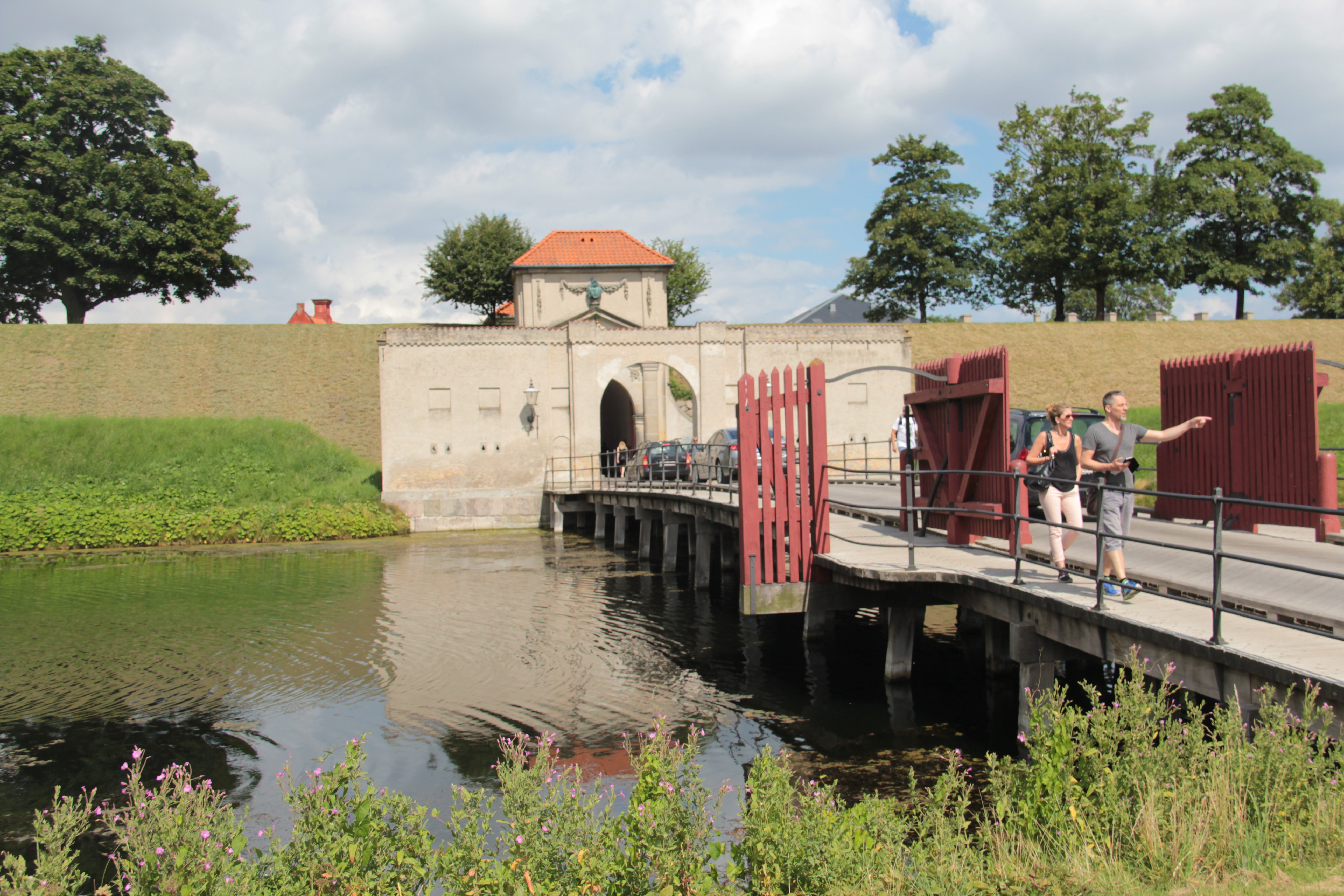
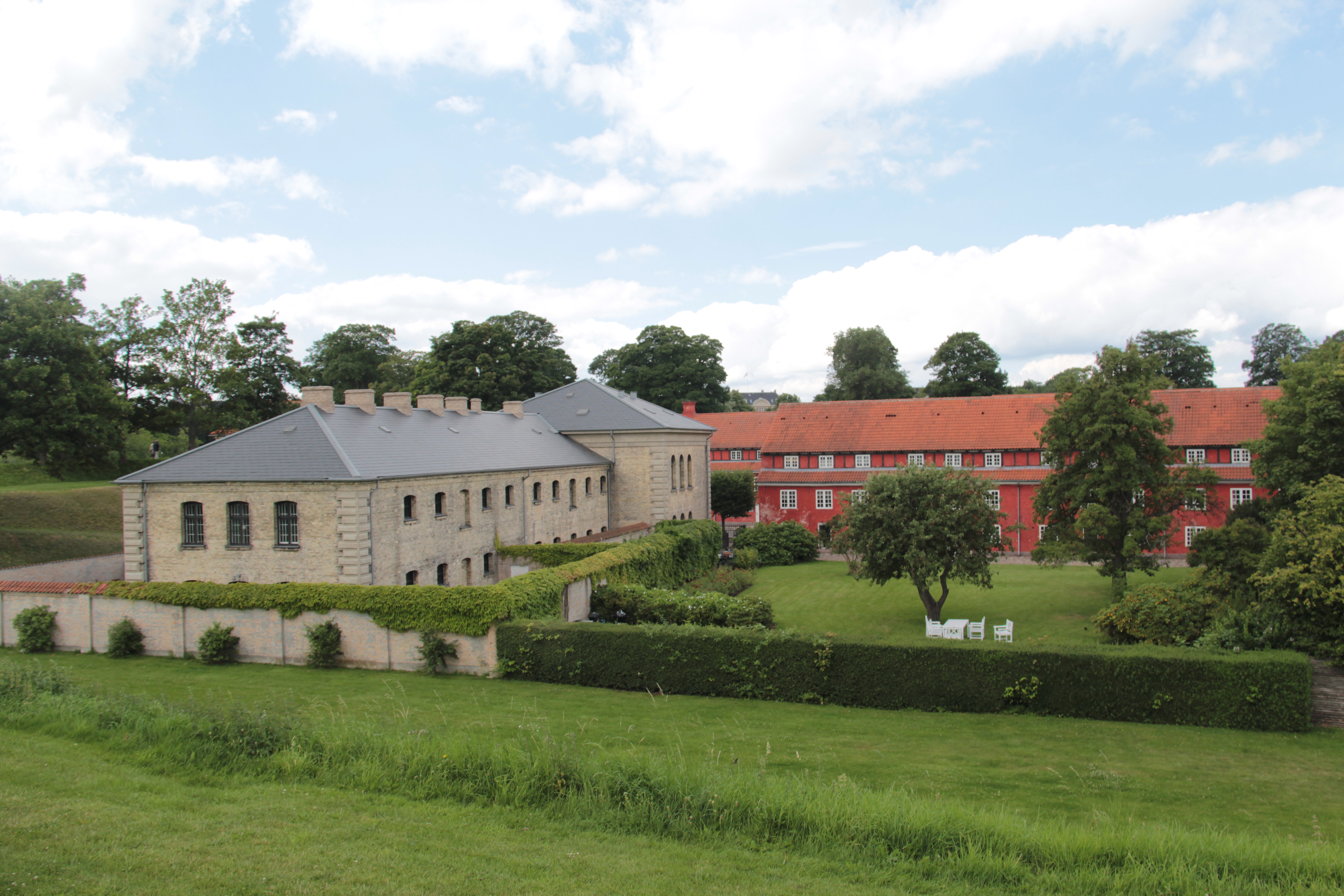
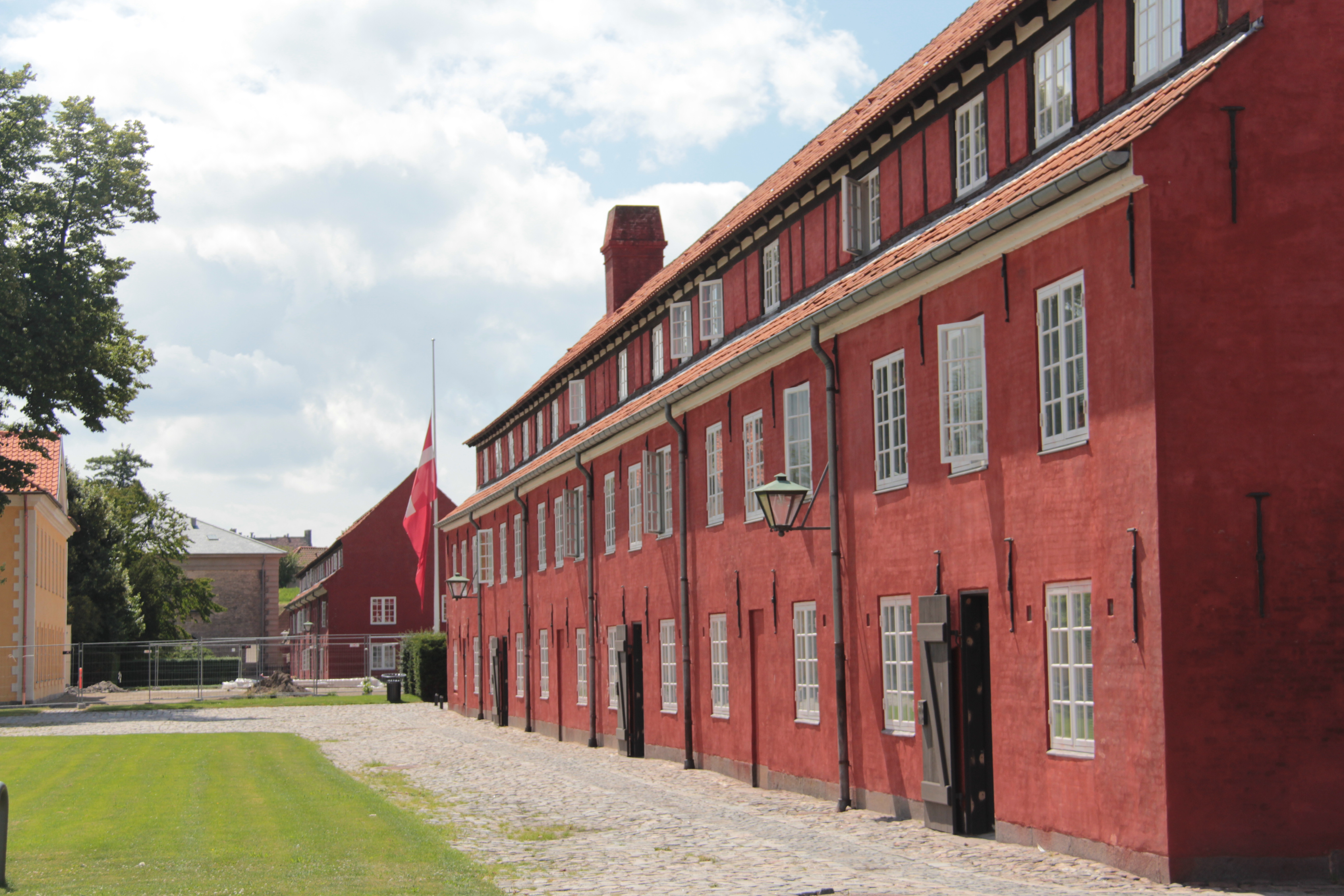
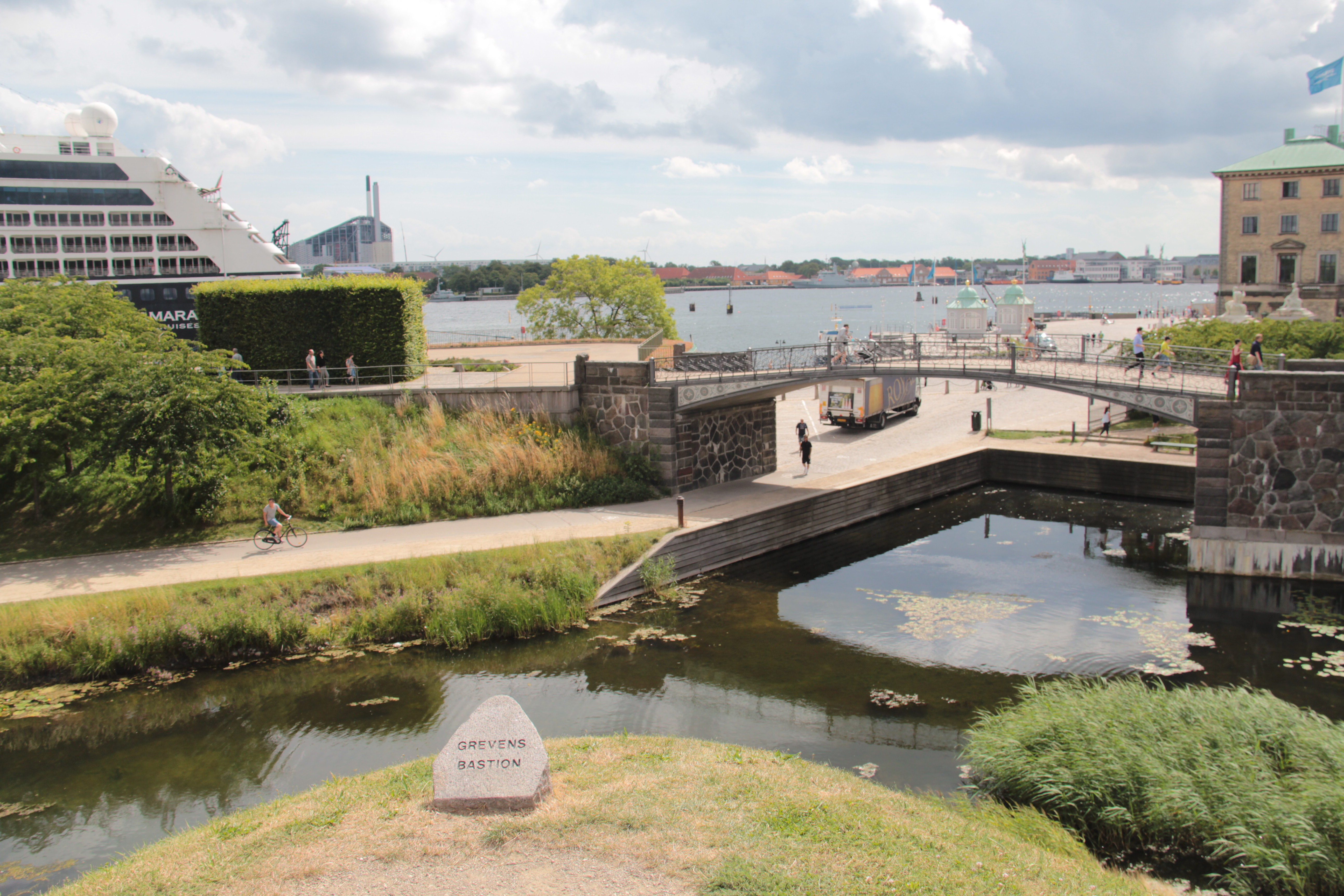
Inside the fortress, you’ll find several significant buildings, including a church, a windmill, and numerous military barracks. Interestingly, the fortress is still in active military use today, which adds an extra layer of historical charm. During our visit, we happened to witness a funeral taking place, so there were military personnel throughout the area. This gave the site an even more poignant atmosphere.
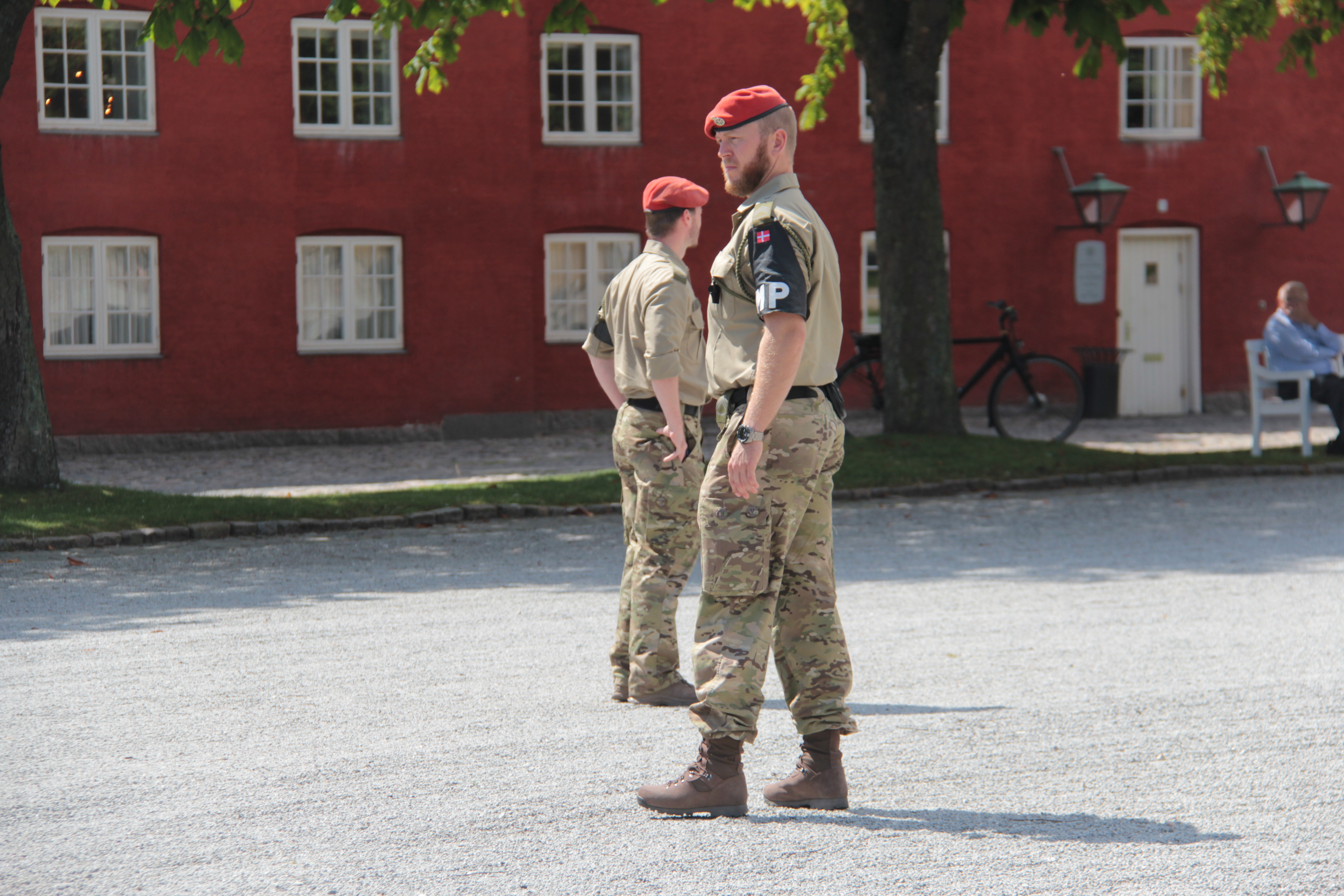
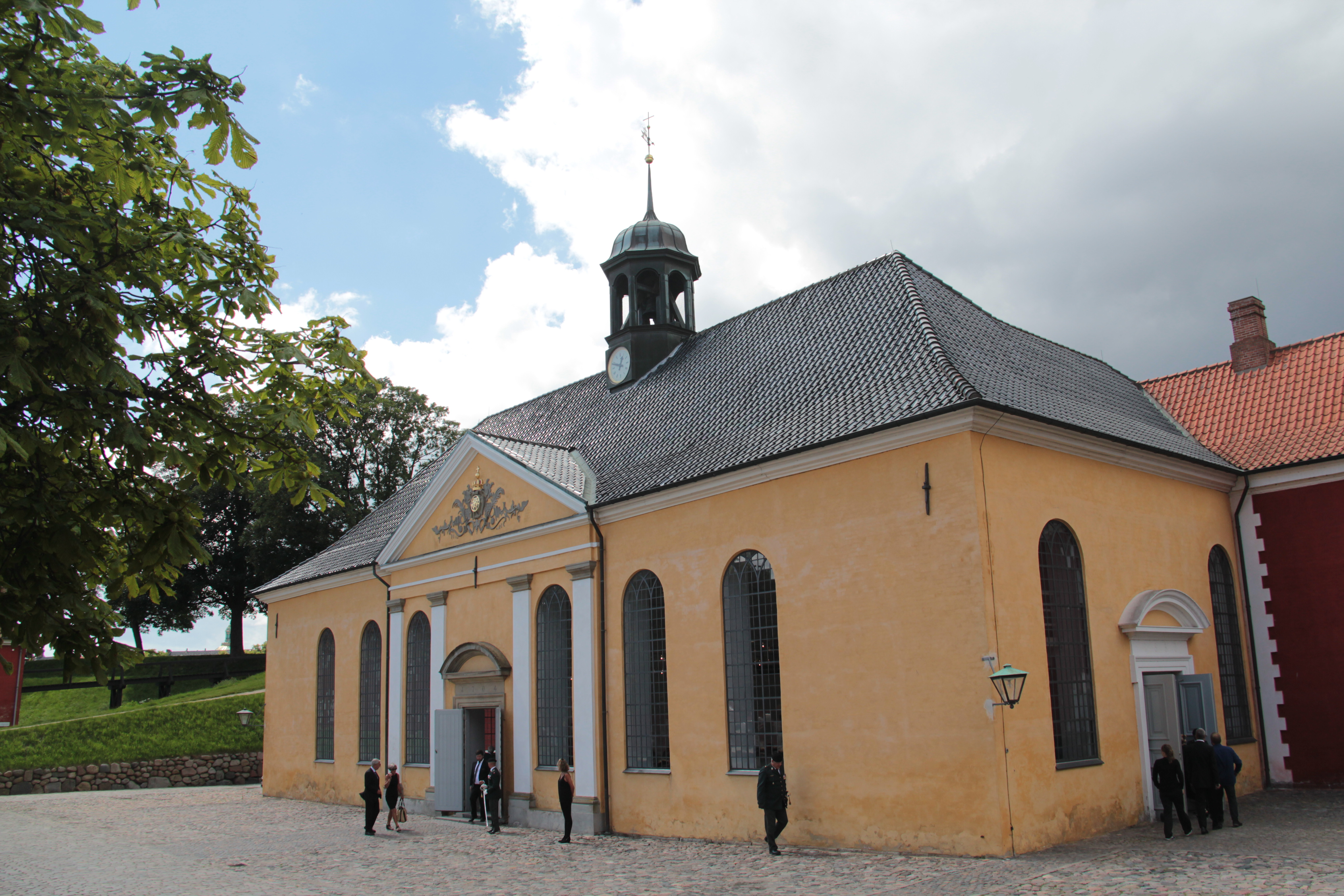
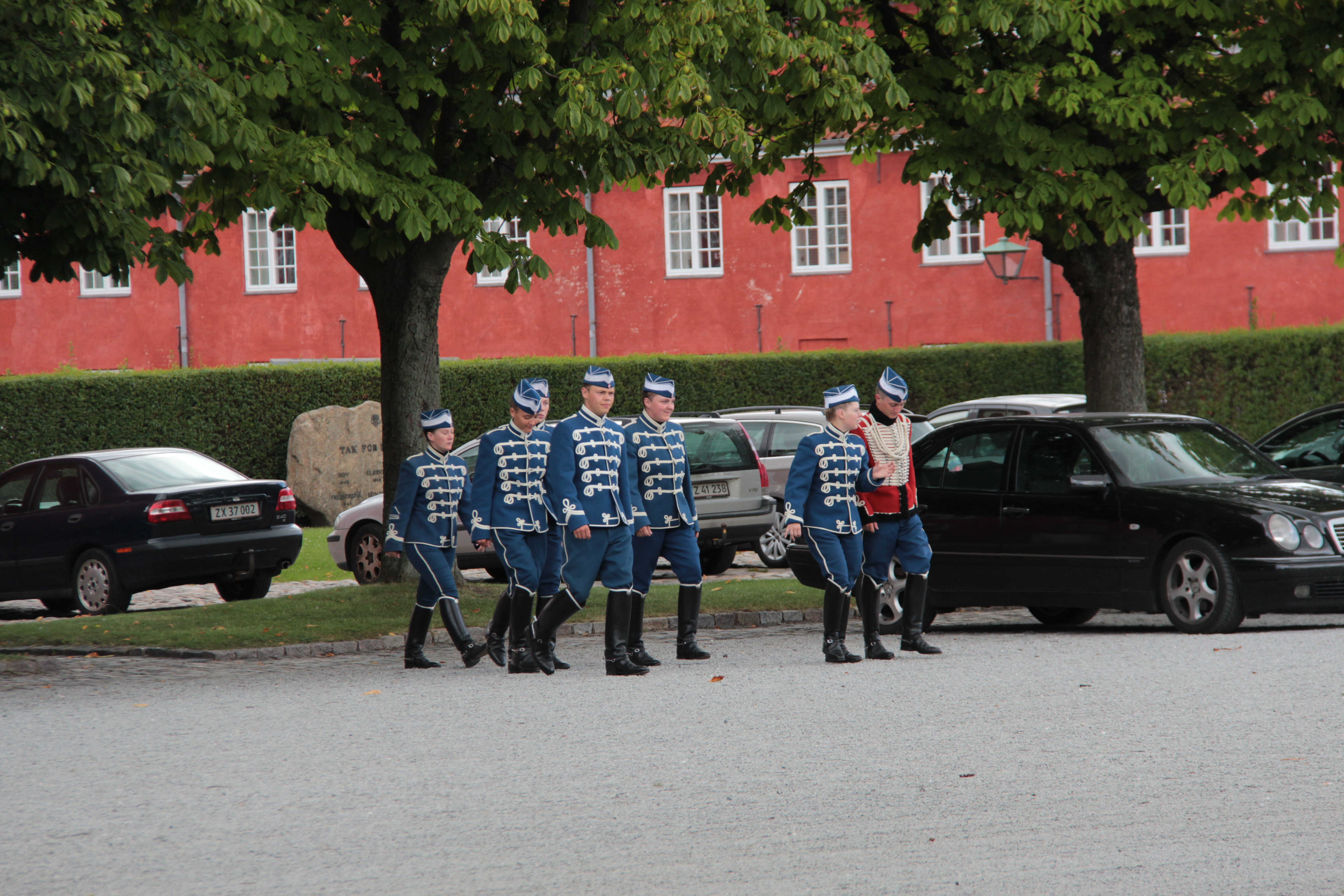
Walking along the pentagram-shaped paths is a cool experience in itself, but there’s also much to explore inside the fortress. One of the most touching parts of our visit was the Memorial Wall, which lists the names of fallen Danish soldiers, adding a somber, reflective element to the site.
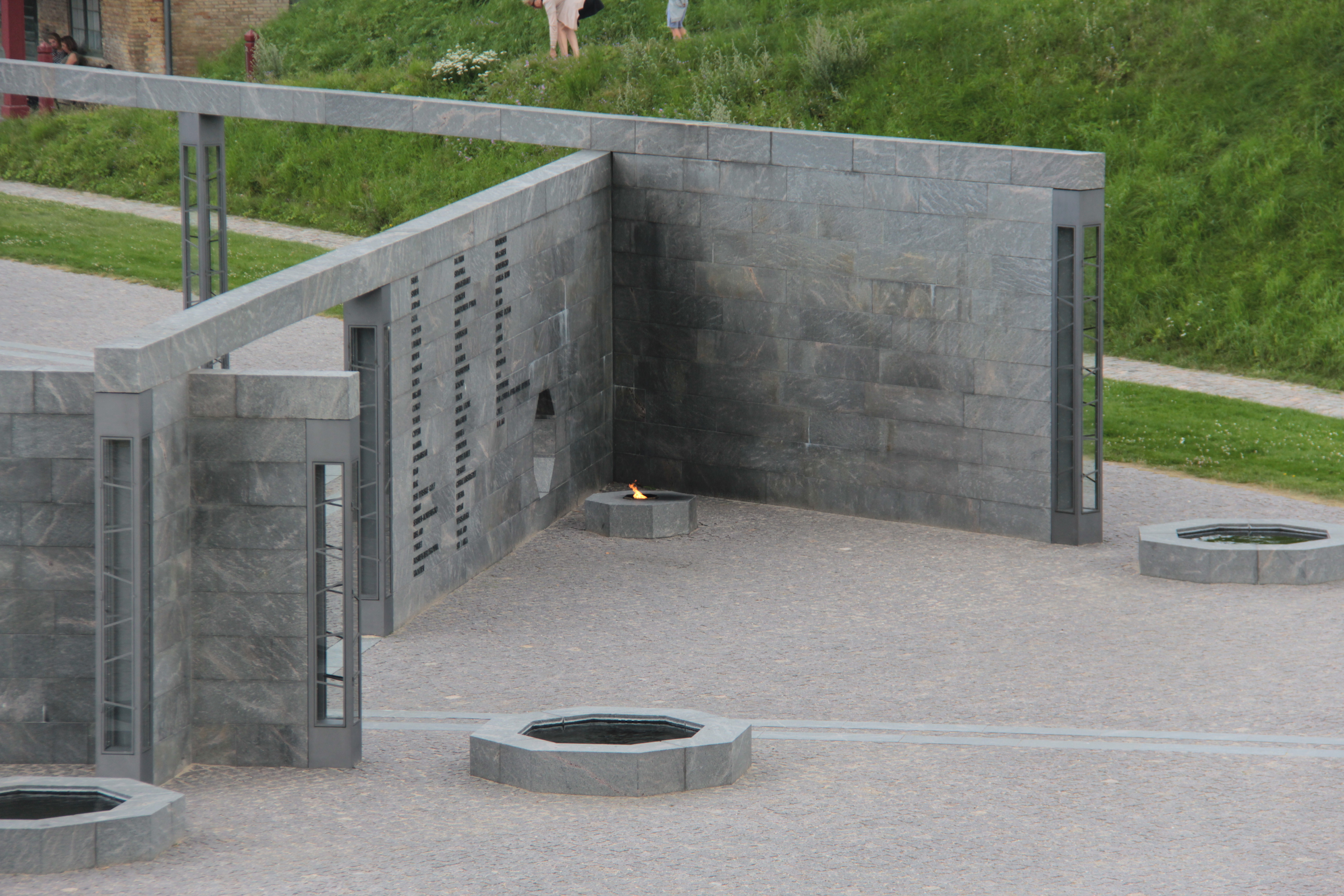
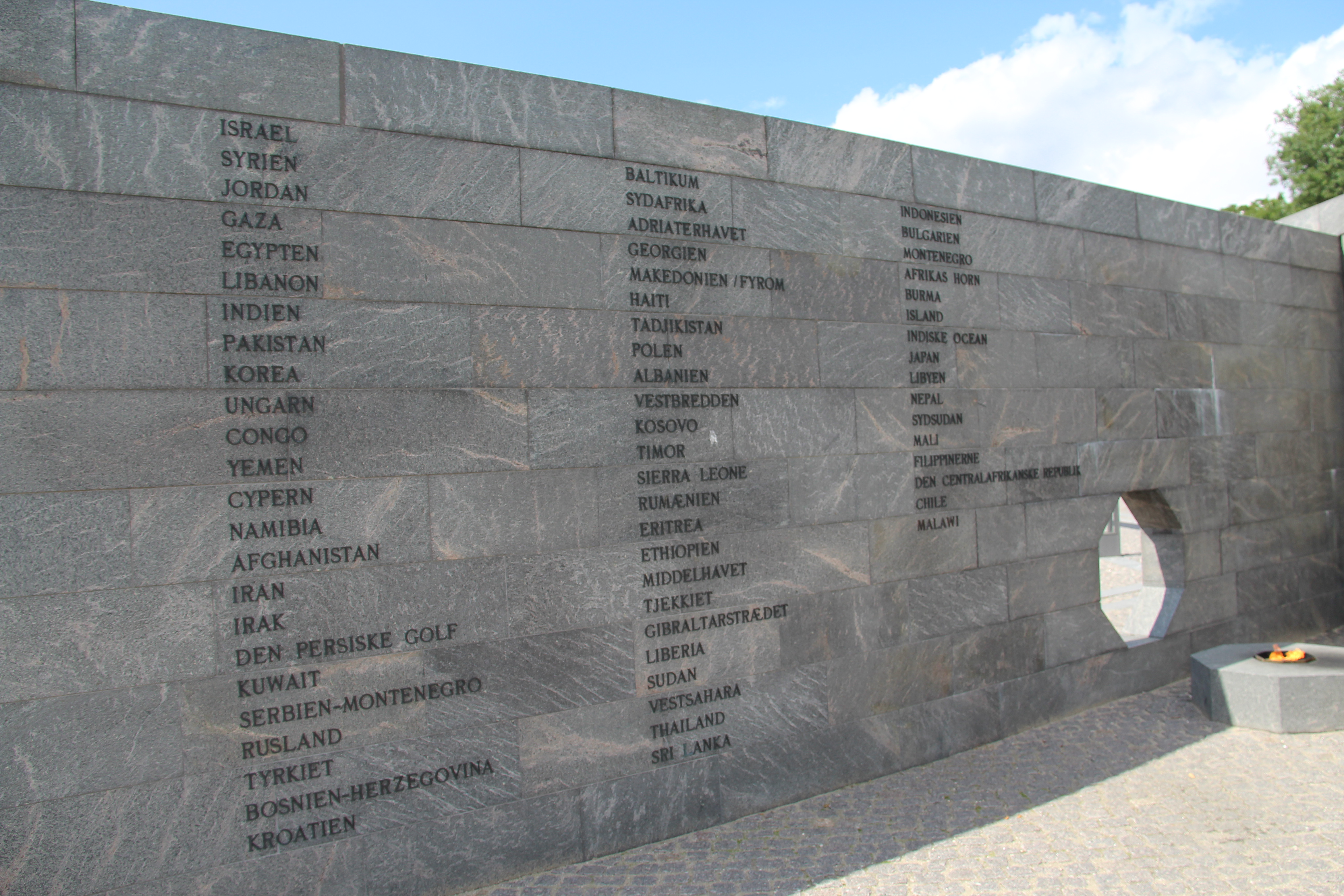
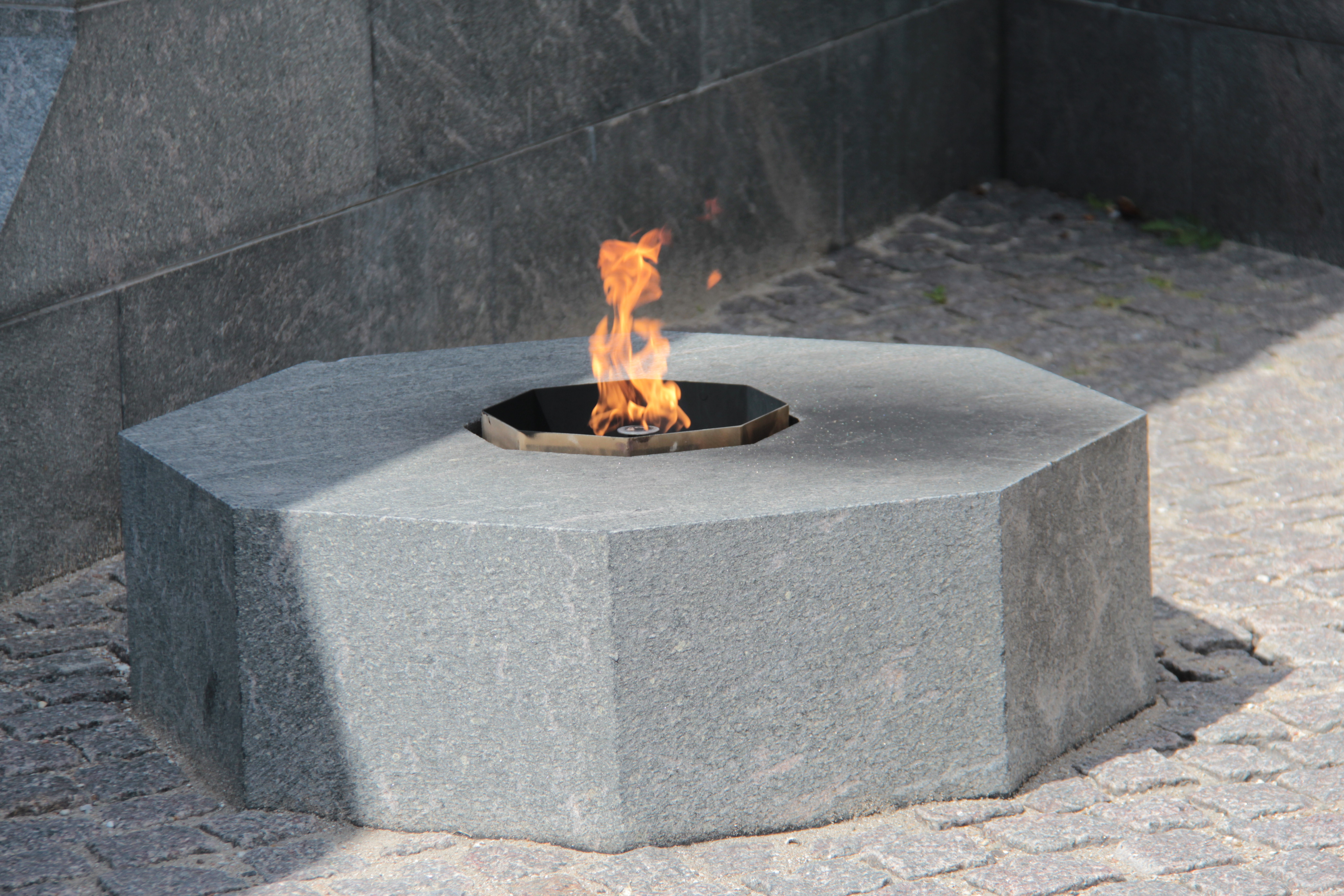
If you have some extra time in Copenhagen, make sure to spend it at this old fortress. It’s a peaceful and fascinating place, offering a glimpse into the military history of the city, while also providing a unique contrast to the crowds around the Little Mermaid.
St. Alban’s Church & Gefion fountain
St. Alban’s Church, often referred to as the English Church, is a remarkable Anglican church located in the heart of Copenhagen. Built between 1885 and 1887, the church was designed by the English architect Arthur Blomfield, with its architecture reflecting the gothic revival style that was popular at the time. The church was originally constructed to serve the growing English-speaking community in Copenhagen, particularly the British expatriates and sailors. Its spire reaches a height of 60 meters, and its striking, intricate design makes it one of the city’s most beloved landmarks.
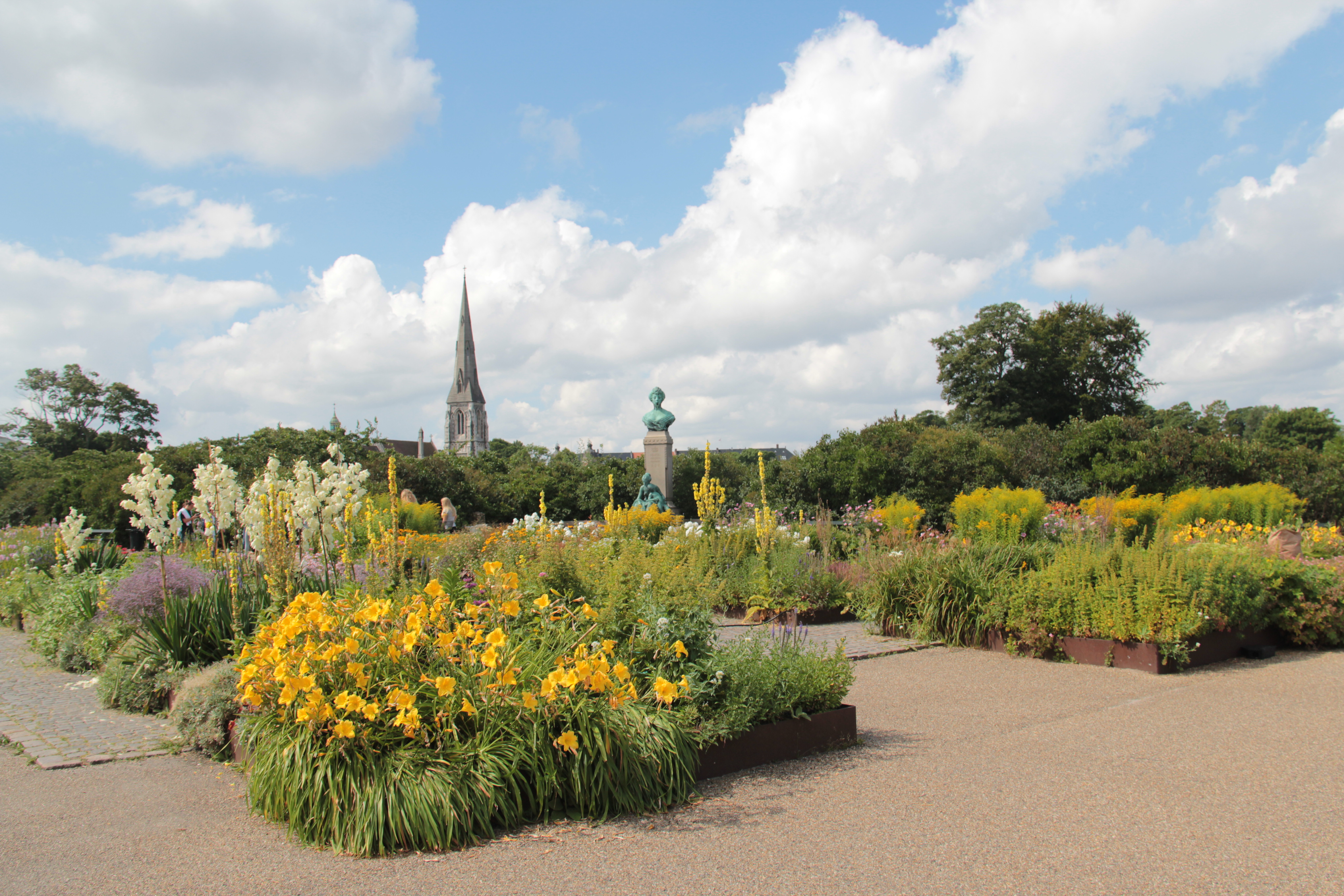
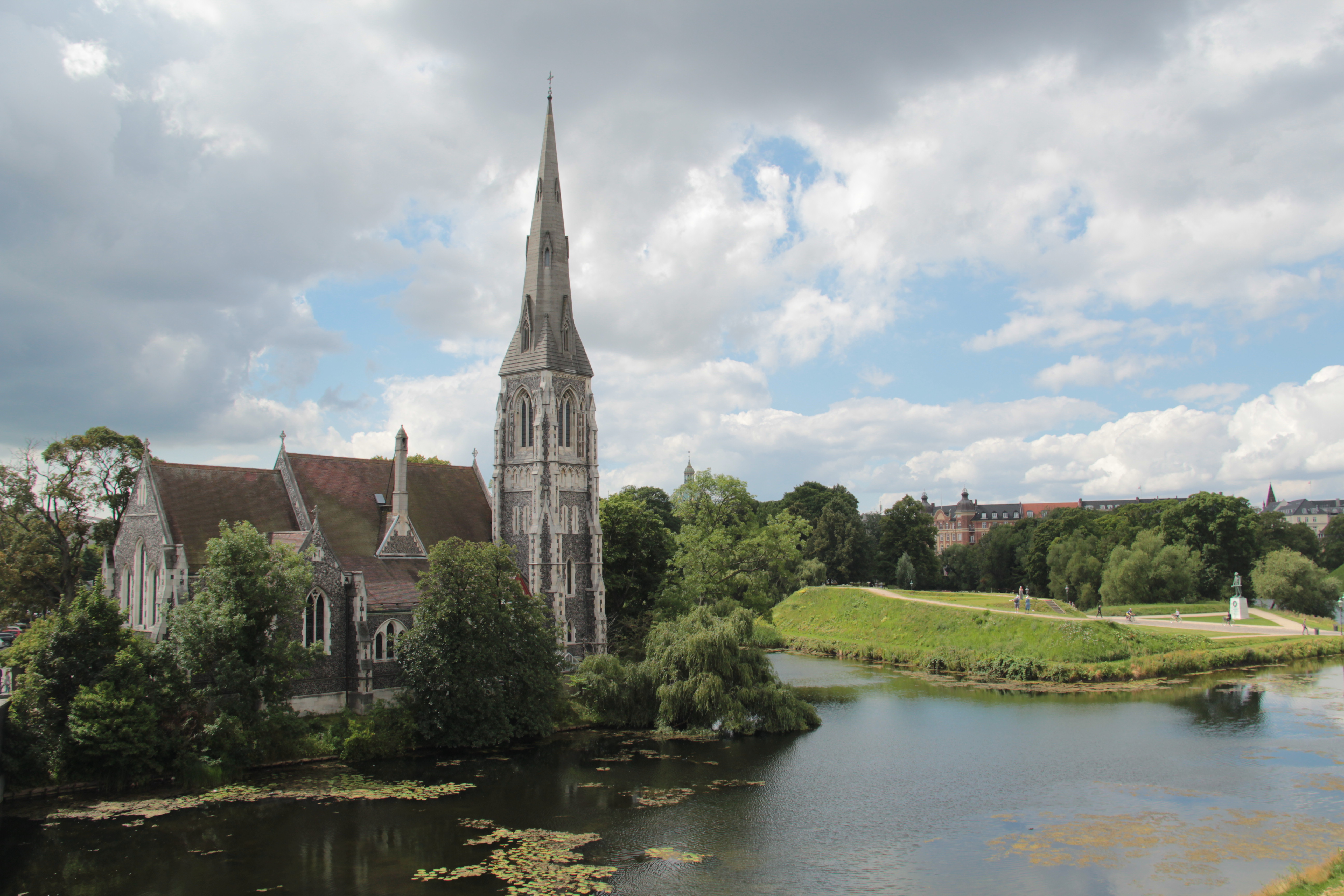
The church sits at the edge of a peaceful park, offering a serene setting in the midst of the city. The park surrounding St. Alban’s Church provides a quiet place for reflection, with green lawns and pathways, making it a lovely spot to enjoy a walk or relax. The church’s interior is equally impressive, with beautiful stained glass windows, a pipe organ, and a warm, inviting atmosphere that draws both locals and tourists alike.
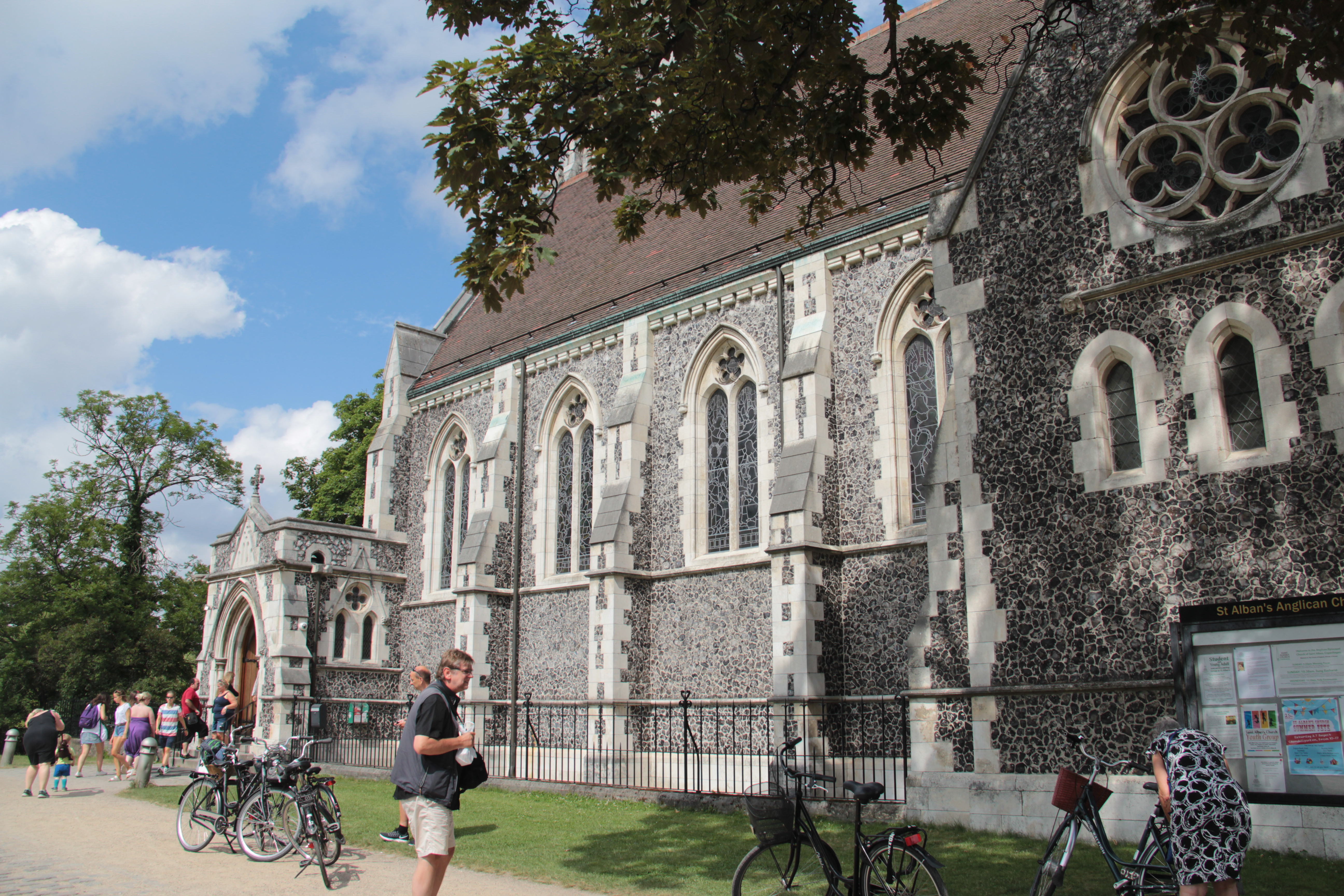
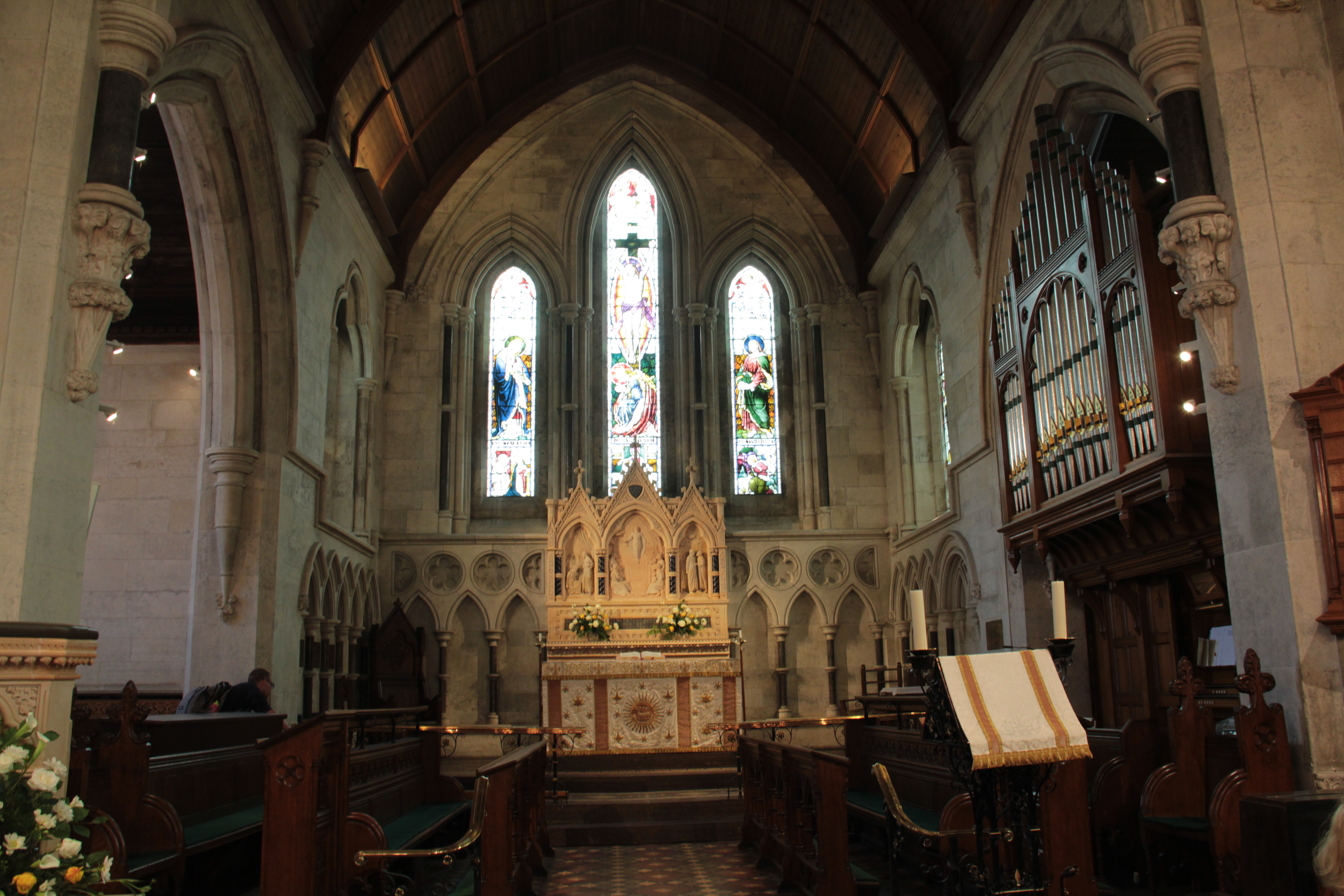
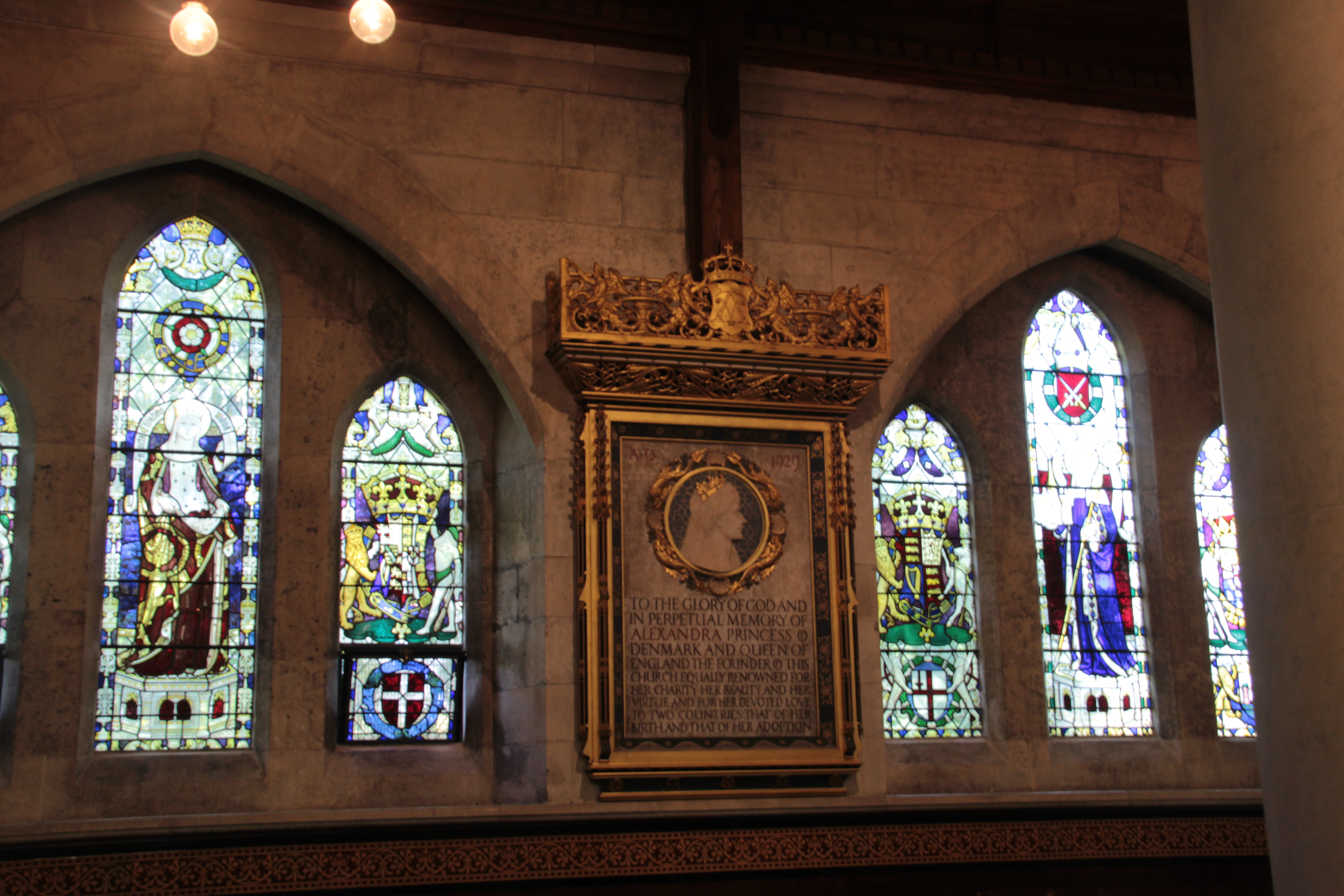
Next to the church, you’ll find the stunning Gefion Fountain, one of Copenhagen’s most iconic landmarks. This monumental fountain, which was completed in 1908, is dedicated to the Norse goddess Gefjon, who, according to mythology, plowed the land that would later become Zealand. The fountain features a dramatic sculpture of Gefjon driving a team of oxen, symbolizing her strength and determination as she carved out the land. The oxen are pulling plows, creating an intense, dynamic scene that adds to the fountain’s grandeur.
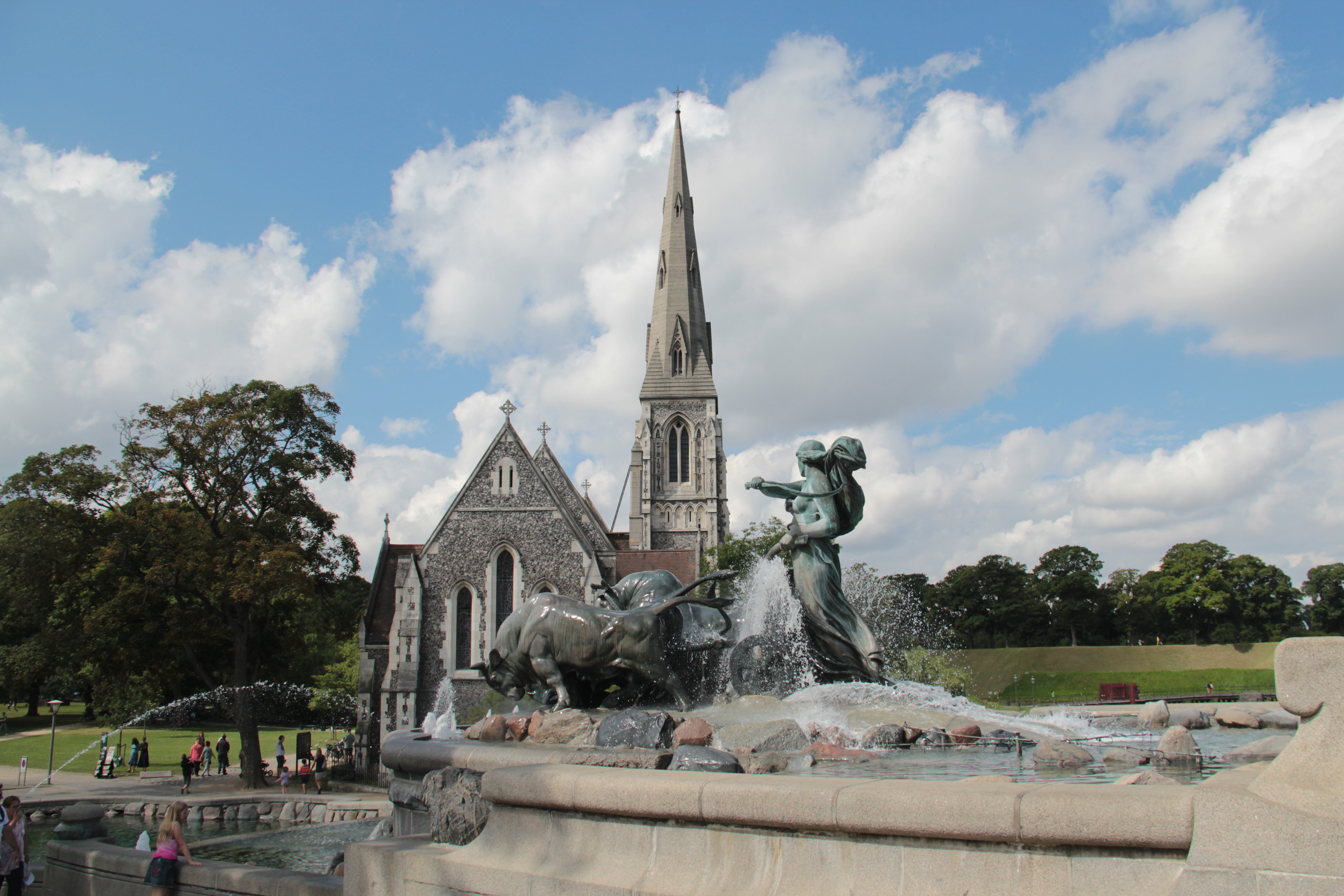
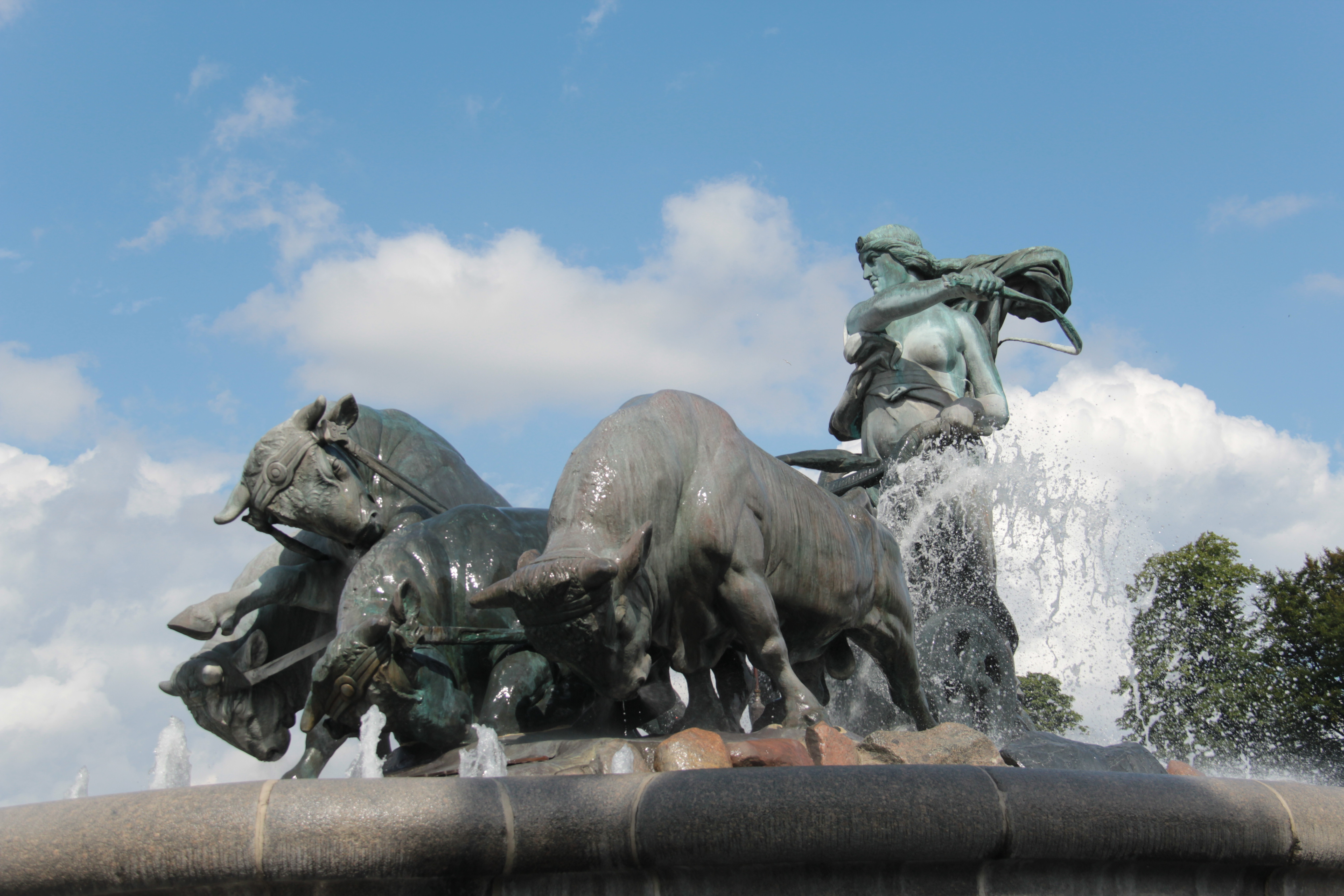
The Gefion Fountain is the largest monument in Copenhagen and has become a symbol of Danish mythology. It is also one of the most popular places in the city for tourists to visit, particularly because of its spectacular design and its location right by the waterfront, offering stunning views of the harbor. The fountain’s large pool and continuous flow of water create a soothing sound, contributing to the peaceful atmosphere of the par.
In addition to its aesthetic and cultural significance, the Gefion Fountain holds historical importance as well. It was funded by the Carlsberg Foundation to celebrate the 50th anniversary of the Carlsberg Brewery, reflecting the strong connection between Copenhagen’s brewing history and the city’s cultural heritage. The fountain was designed by the Danish sculptor Anders Bundgaard, and it is a prime example of early 20th-century Danish sculpture.
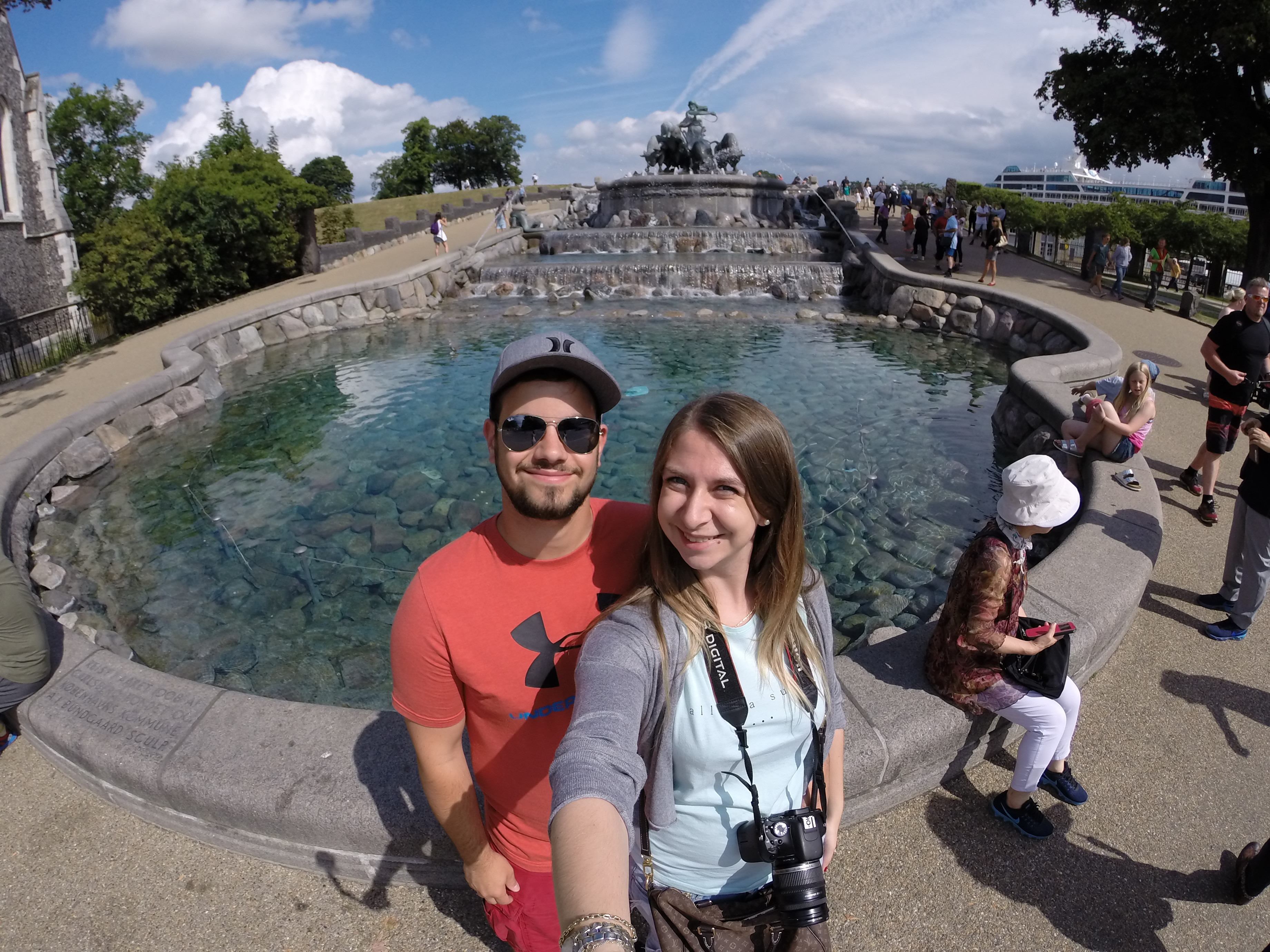
Both St. Alban’s Church and the Gefion Fountain are must-see attractions for anyone visiting Copenhagen. They offer a blend of architectural beauty, historical intrigue, and natural tranquility, making them a perfect stop on a day of exploring the city. Whether you’re interested in history, mythology, or simply enjoying the peaceful surroundings, this area provides a perfect mix of cultural enrichment and relaxation.
Round Tower
The Round Tower or Rundetaarn in Danish, is one of Copenhagen’s most iconic landmarks, offering a fascinating blend of history, architecture, and breathtaking views. Built in the 17th century as an astronomical observatory, it stands at 34 meters tall and was commissioned by King Christian IV as part of the Trinitatis Complex. This complex also housed the Trinitatis Church and an academic library, making the Round Tower an essential part of Copenhagen’s intellectual and scientific history.
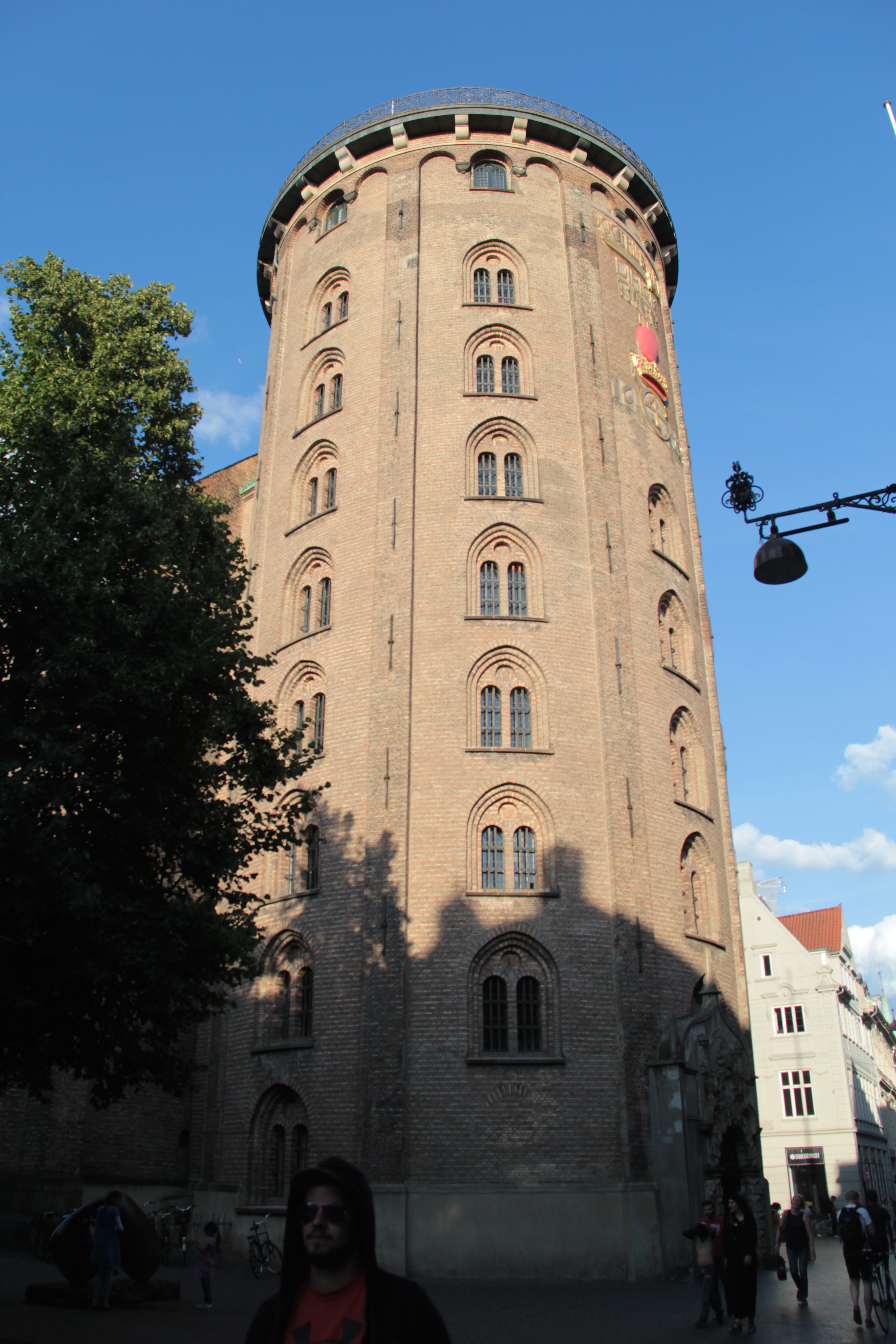
Today, the Round Tower is renowned not only for its historical significance but also for its unique architectural features. The most remarkable aspect of the tower is its equestrian staircase, a 7.5-turn helical corridor that leads visitors slowly and steadily to the top. Unlike conventional stairs, the ramp-like structure allows you to ascend without steps, offering an almost whimsical experience as you wind your way up the tower. The journey to the top is just as much a highlight as the view itself, making it a memorable experience for visitors of all ages.
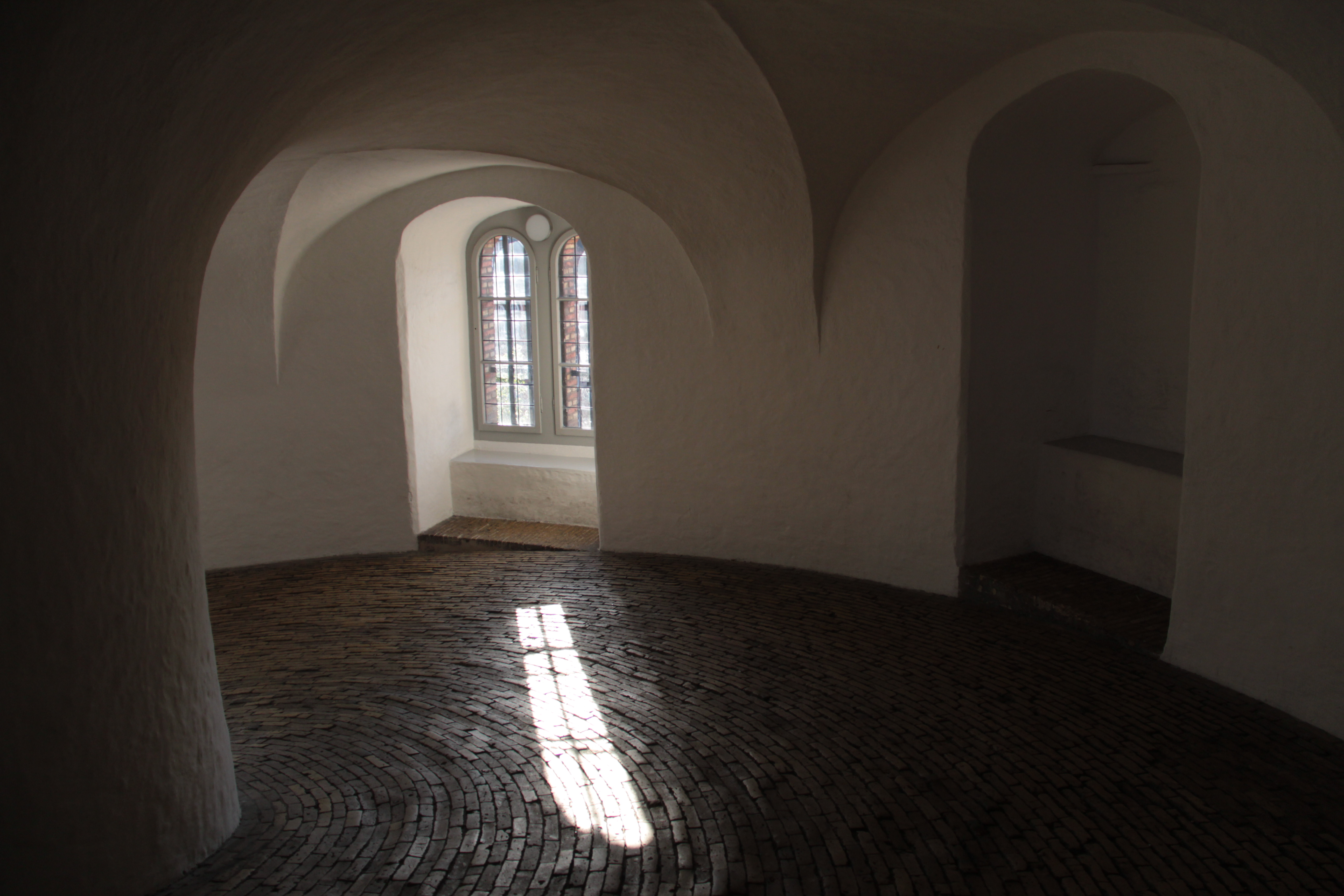
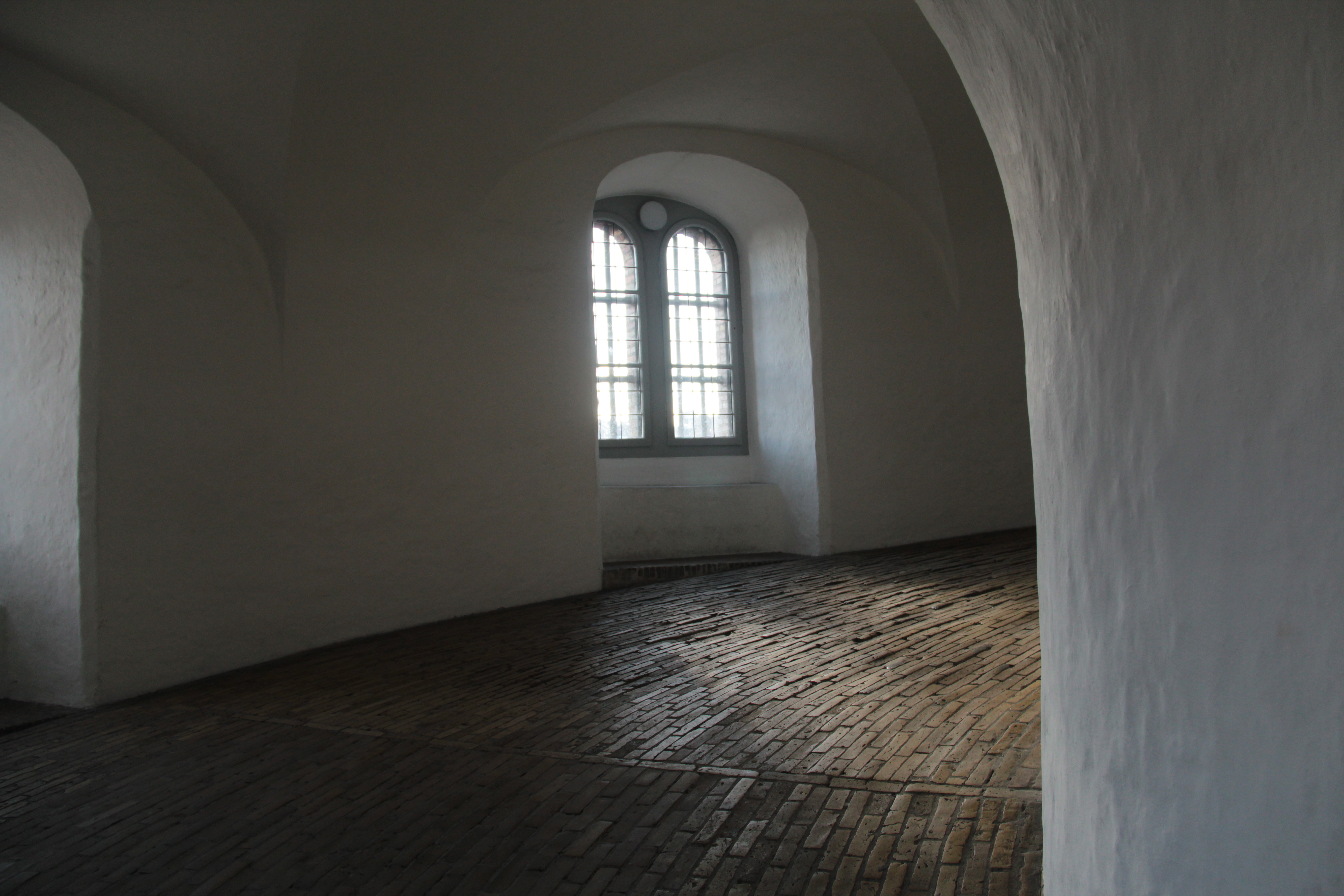
Once you reach the top, you’re rewarded with panoramic views of the entire city of Copenhagen. The views from the top of the Round Tower are some of the best in the city, offering a stunning vista of both the historical architecture and modern buildings that define Copenhagen’s skyline. On a clear day, you can even see all the way to the Øresund Strait.
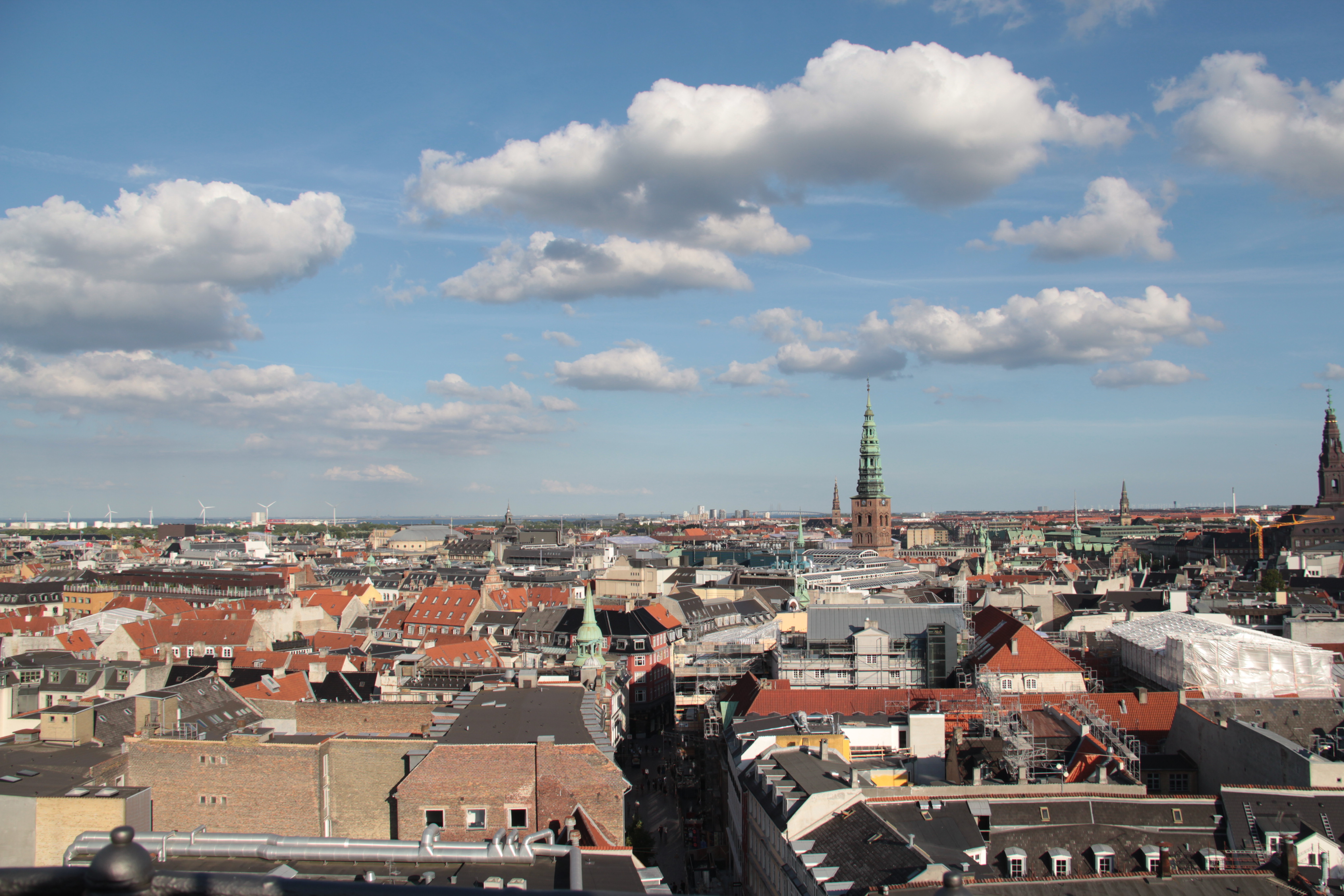
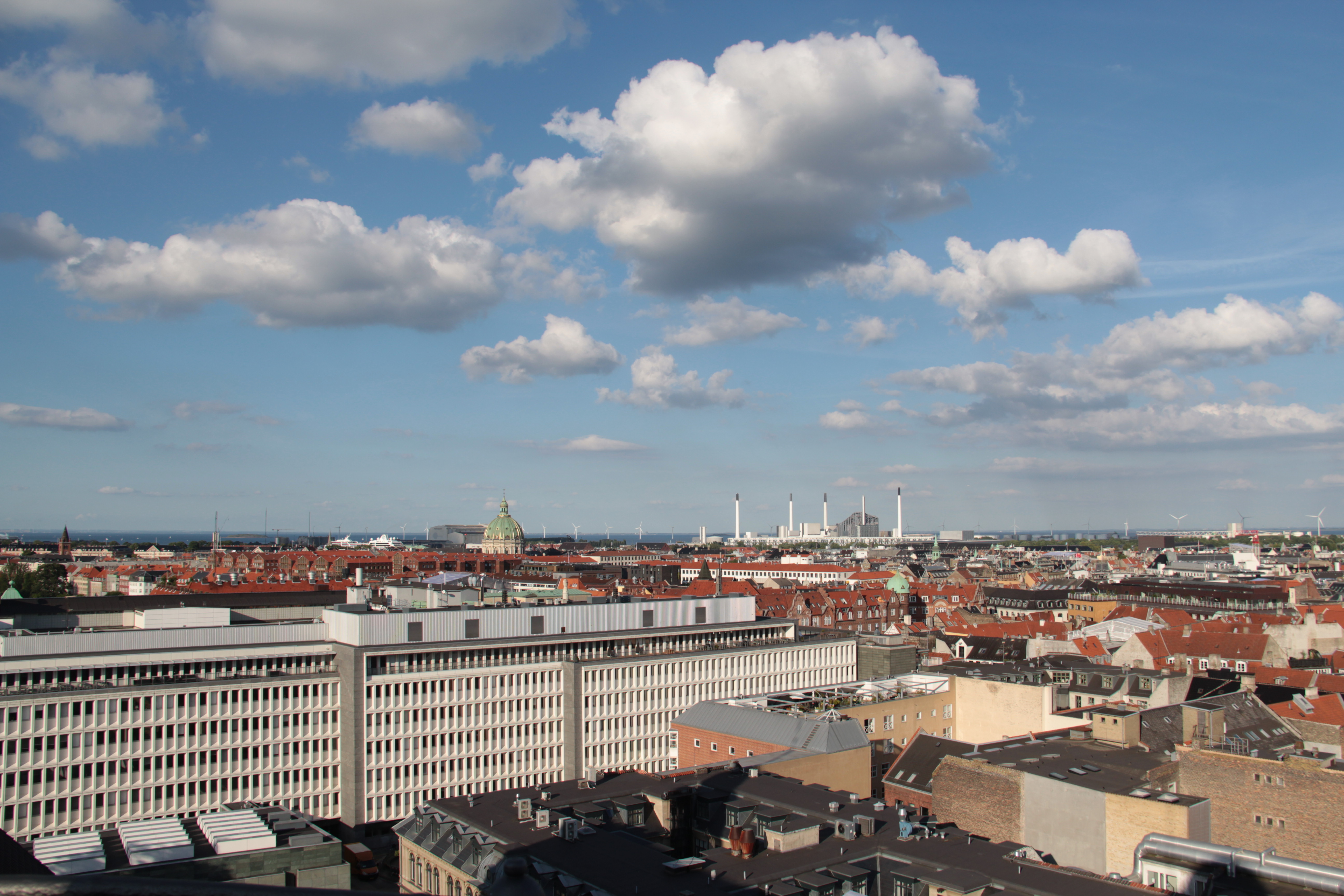
The Round Tower is still home to a public astronomical observatory, and visitors can also explore the exhibits that highlight the tower’s role in scientific research throughout the centuries. The observatory is open to the public and provides a fascinating look at how astronomers once studied the stars. Additionally, the historical library and the Trinitatis Church remain important parts of the complex, adding further depth to the cultural experience.
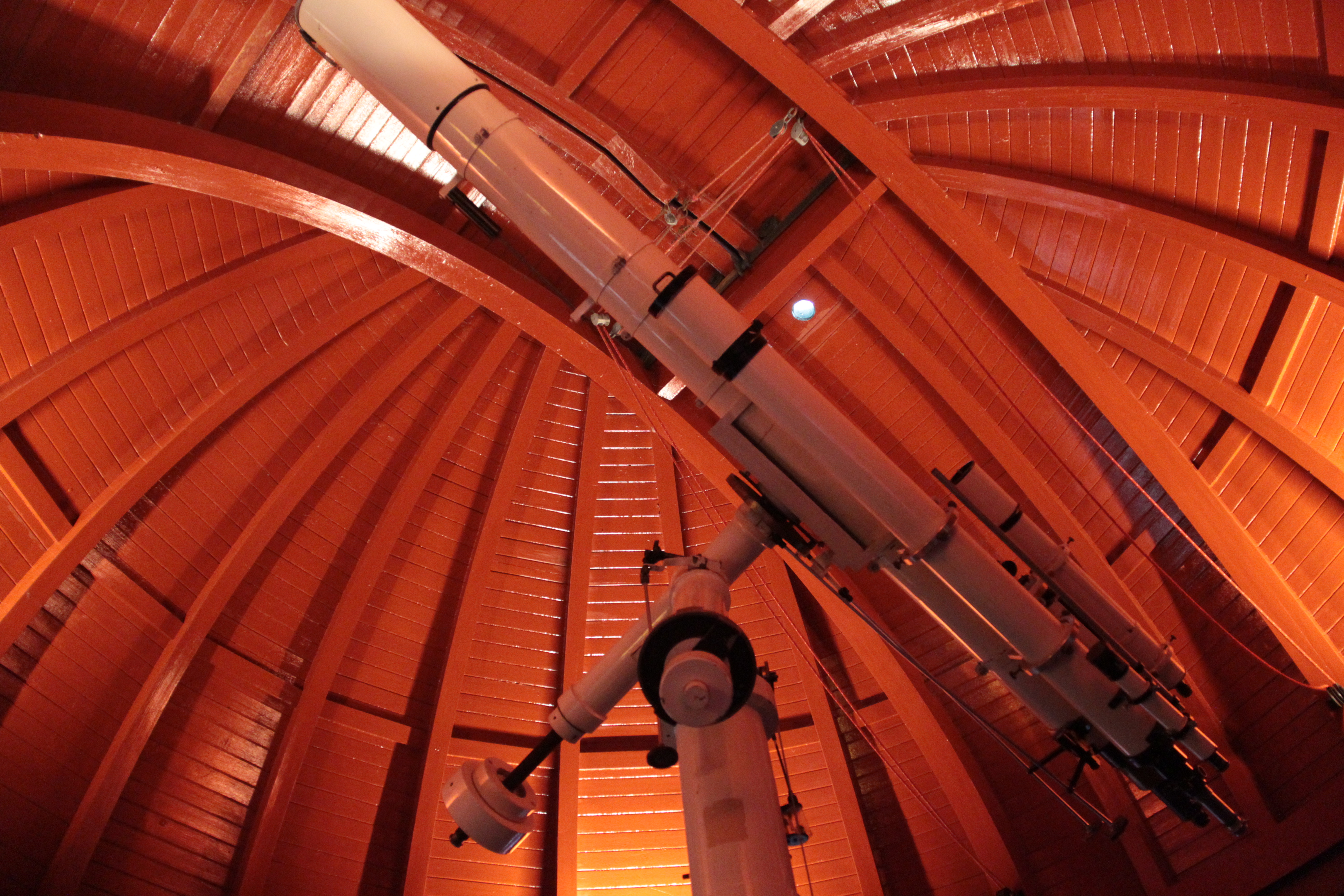
In conclusion, visiting the Round Tower is a must-do activity in Copenhagen. Whether you’re interested in history, science, or simply want a great view of the city, this unique and beautiful landmark has something to offer. It’s a wonderful example of how history and architecture can come together to create a truly memorable experience.
Frederiks Church
The Frederik’s Church, commonly known as the Marble Church, is one of Copenhagen’s most striking landmarks, celebrated for its grand rococo architecture and impressive dome. Located in the Frederiksstaden district, right near Amalienborg Palace, the church was originally commissioned by King Frederik V in the mid-18th century as part of an ambitious plan to create a monumental city space. Its nickname, the Marble Church, comes from the fact that it was originally intended to be constructed entirely from Norwegian marble. However, due to financial issues and political changes, the project stalled for nearly 150 years and was only completed in 1894, using Danish limestone instead of marble. Despite this, the name stuck and the church remains a stunning symbol of architectural ambition.
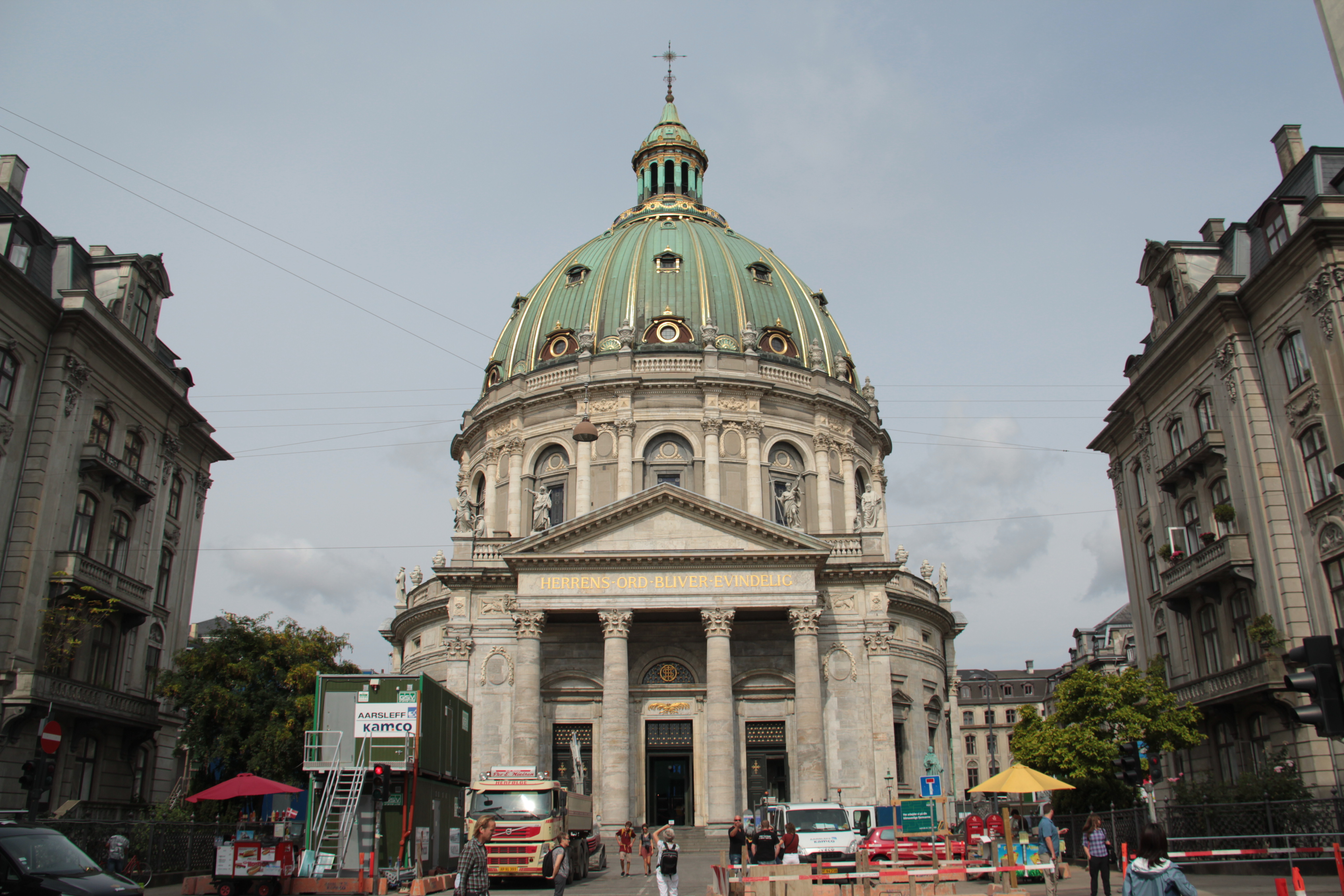
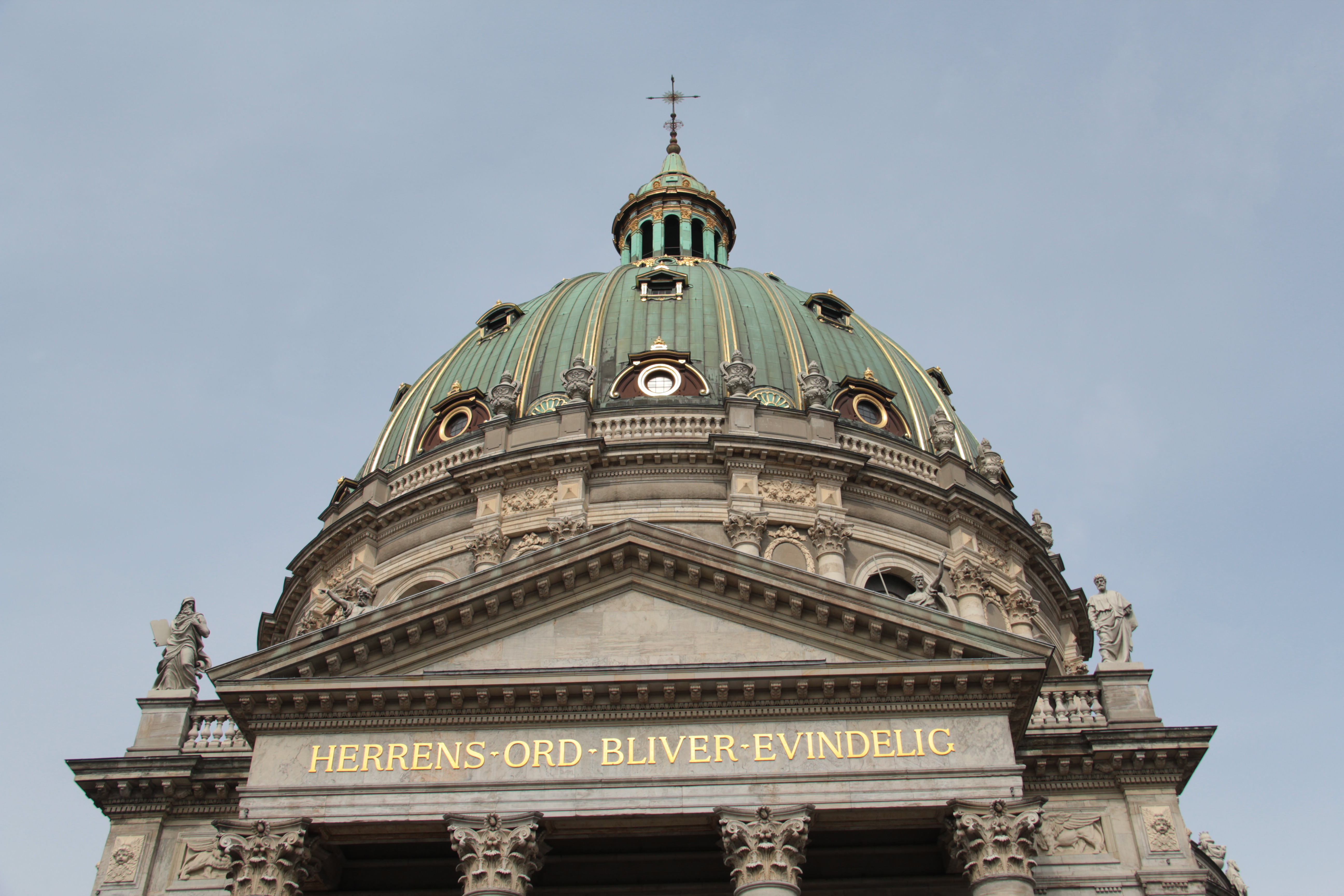
What truly sets the Marble Church apart is its massive dome, which spans 31 meters and is the largest church dome in Scandinavia. Its design is clearly inspired by St. Peter’s Basilica in Rome, giving it a majestic, almost imperial presence on the Copenhagen skyline.
While the exterior is undoubtedly grand, stepping inside is a must. The church’s interior is equally breathtaking, with elegant columns, beautiful frescoes, and a serene, circular layout that enhances the grandeur of the dome above. It’s a peaceful place for reflection and one of the best examples of religious architecture in Denmark.
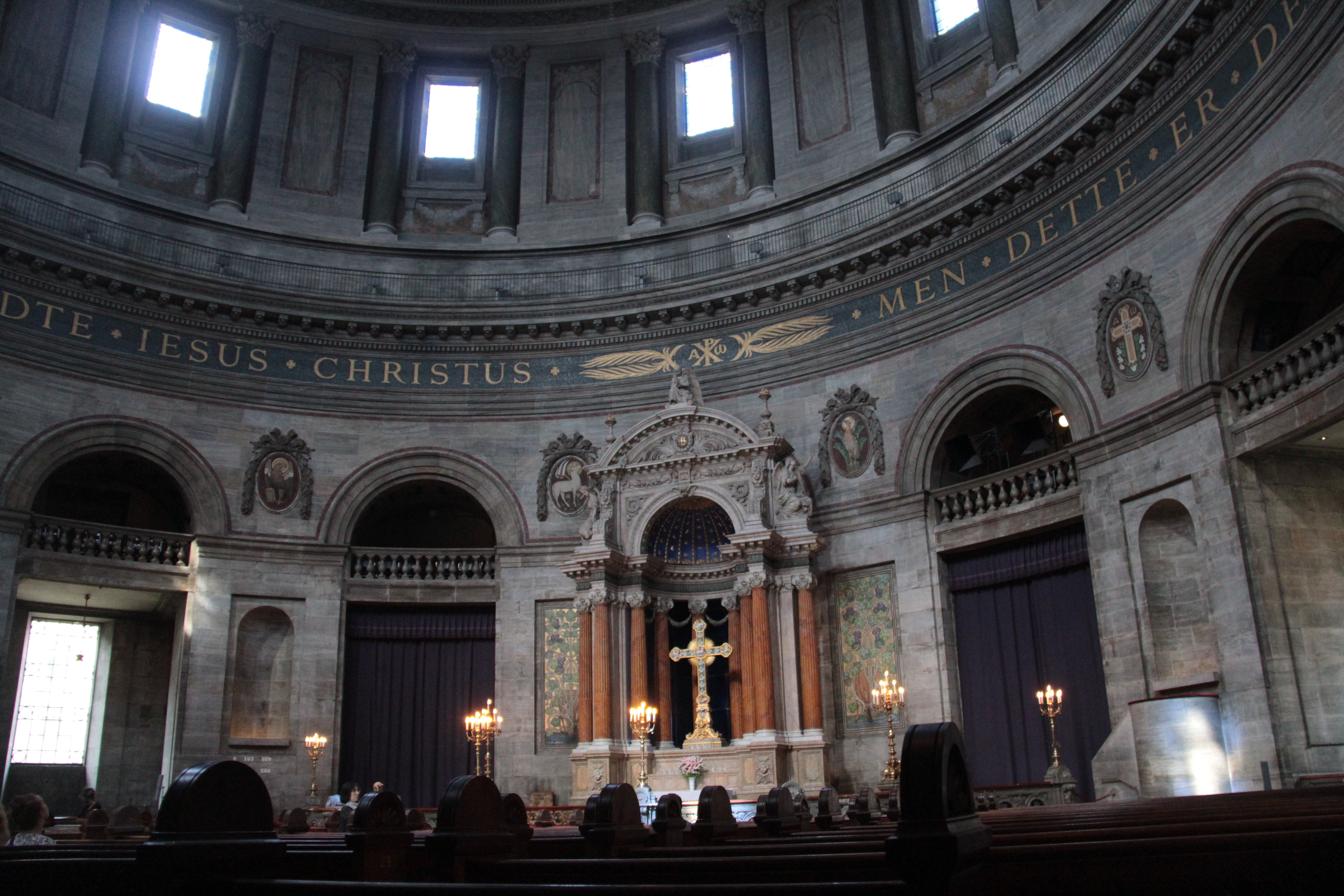
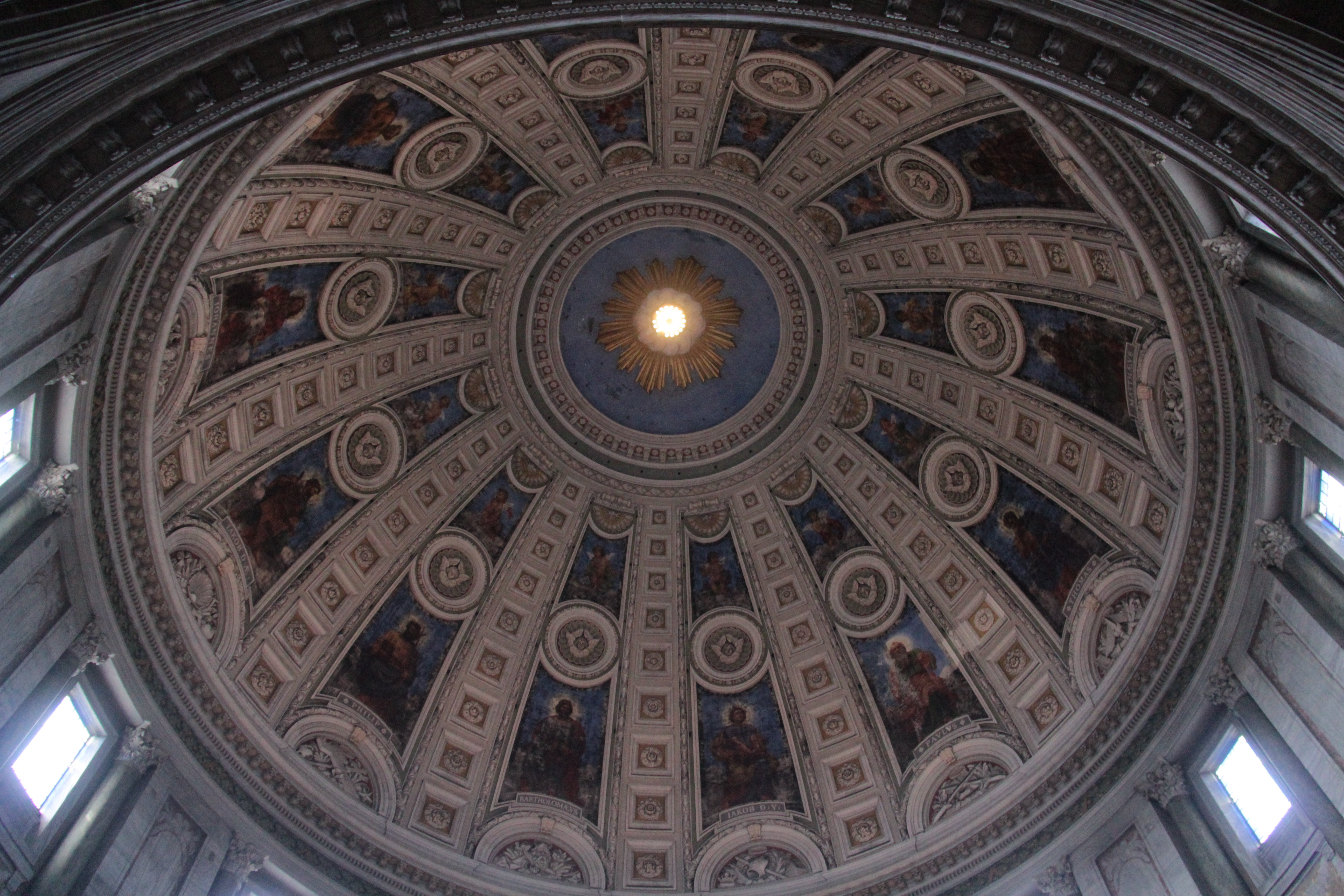
If you’re lucky and visiting at the right time, you can also climb to the top of the dome for a panoramic view of the city—an experience that adds another layer to the visit. Whether you’re an architecture enthusiast, history lover, or simply a curious traveler, the Marble Church is a must-see highlight of Copenhagen.
Amalienborg
Amalienborg is the official residence of the Danish Royal Family and a must-visit for anyone interested in royal history and architecture. Originally built in the 18th century for four noble families, the complex consists of four identical classical palace facades arranged around an octagonal square. After a devastating fire destroyed Christiansborg Palace in 1794, the royal family purchased the Amalienborg palaces and has lived there ever since.
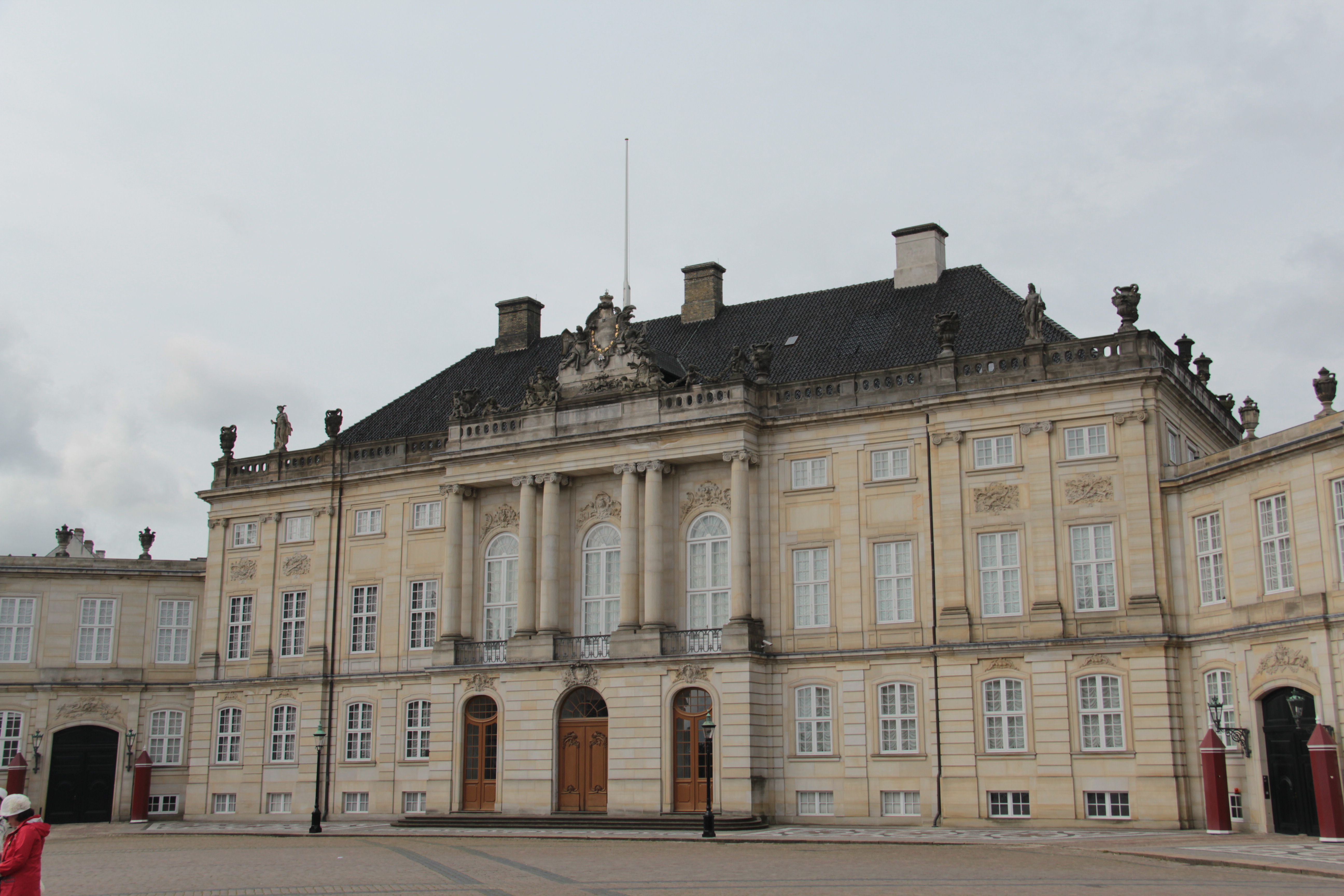

Each of the four palaces has its own unique function and houses different members of the royal family. The central square features a grand equestrian statue of King Frederik V, the founder of Amalienborg, which serves as a striking focal point.
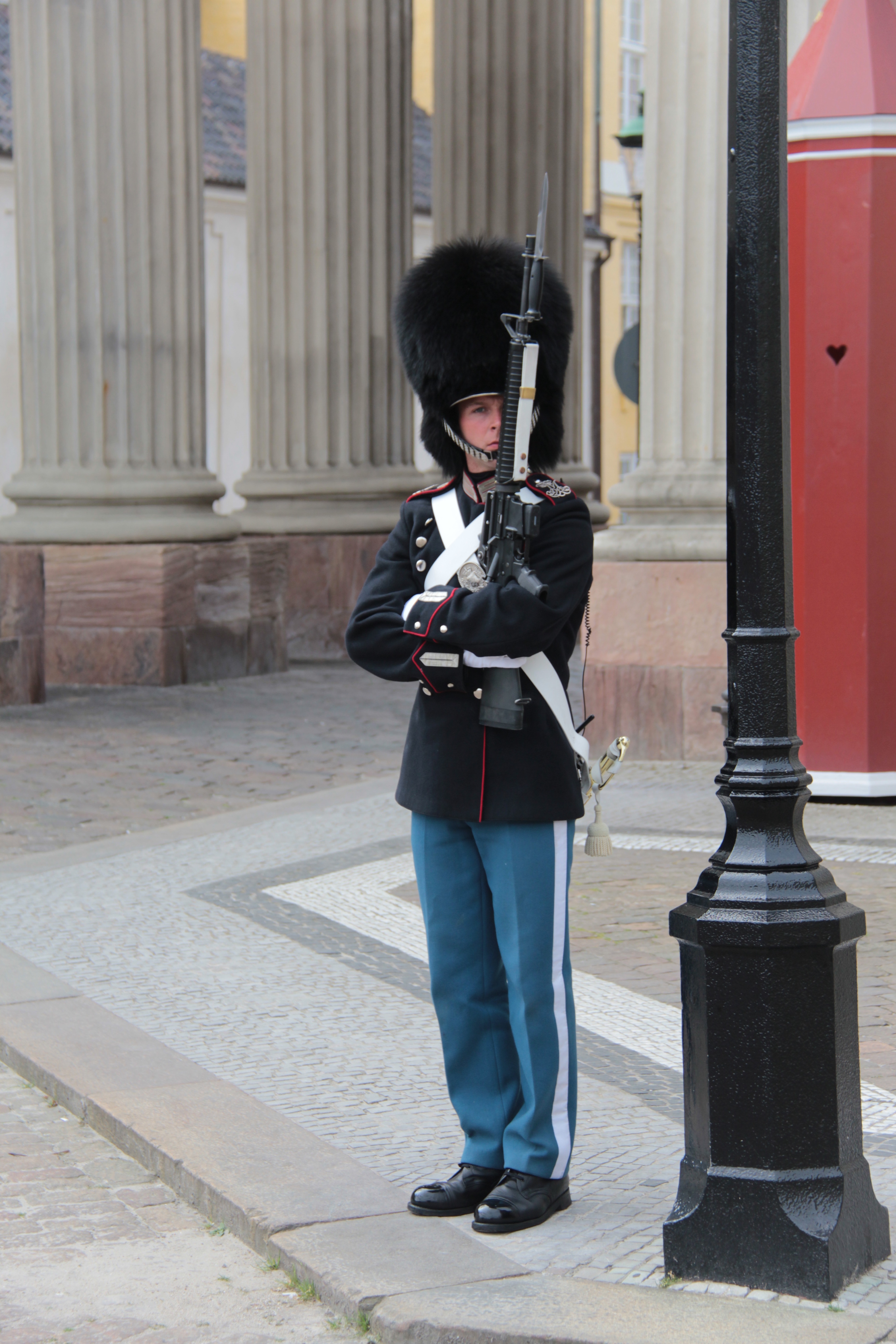
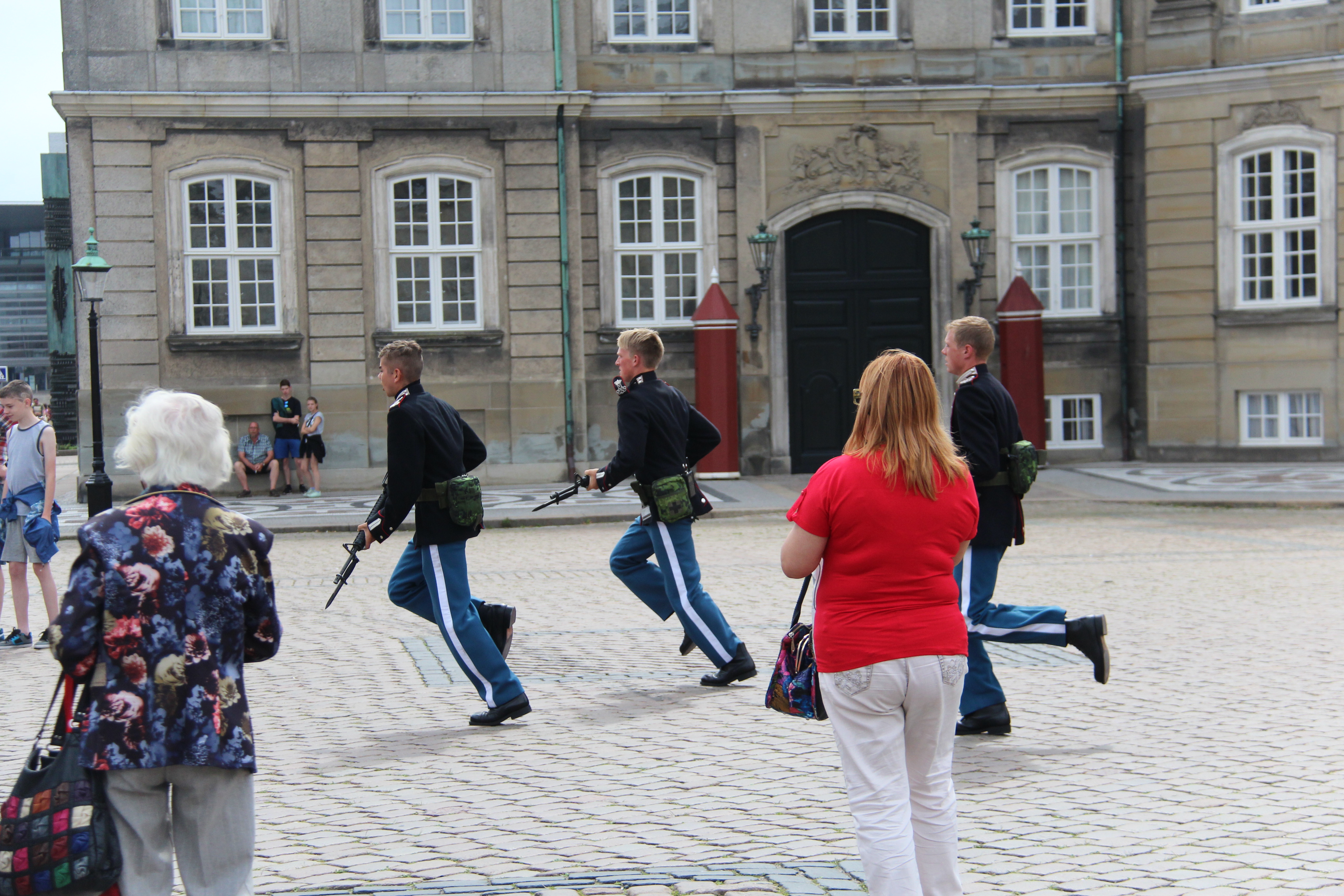
The palaces are guarded around the clock by the Royal Life Guards, whose uniforms—with tall bearskin hats and blue tunics—closely resemble those of the British Foot Guards. The Changing of the Guard ceremony takes place every two hours and is a popular spectacle for visitors. From what I observed, though, one of their main duties seems to be politely (and sometimes not so politely) reminding tourists not to get too close to the palace doors!
Freetown Christiania
Christiania, also known as Freetown Christiania, is a self-proclaimed autonomous neighborhood in Copenhagen unlike anywhere else in the city—or even in Europe. With around 850 residents, it occupies a 34-hectare area that was originally a military barracks before being taken over by squatters in 1971. What began as a social experiment by a group of free-thinkers, artists, and activists has grown into a unique community with its own set of rules, culture, and often, controversy.
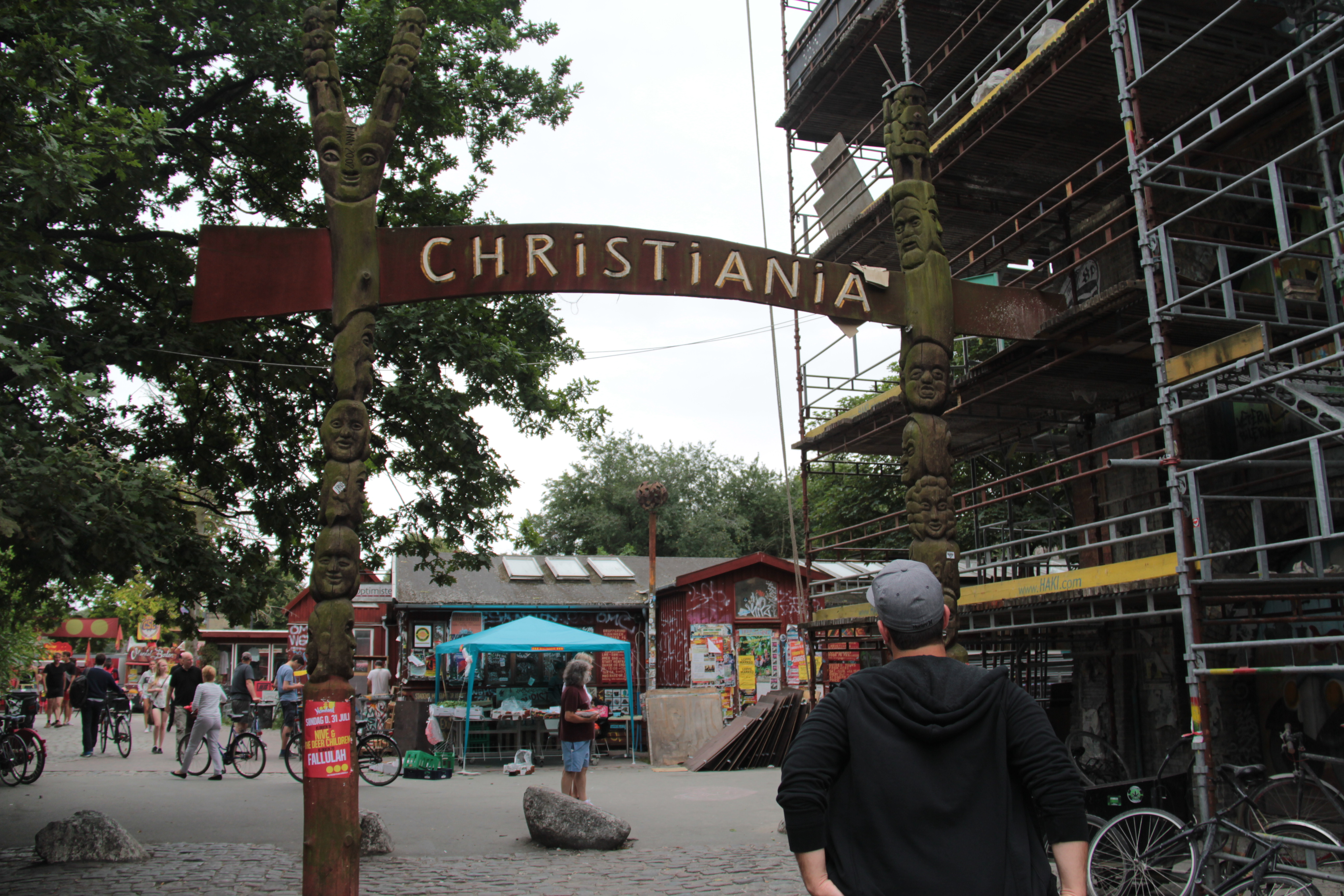
Christiania is known for its alternative lifestyle, colorful murals, homemade houses, and a strong emphasis on communal living and self-governance. One of its most debated features is Pusher Street, where cannabis was openly sold for decades. Although the trade has never been fully legal, it was tolerated for a long time. Since 2004, however, Danish authorities have made increasing efforts to normalize and regulate the situation, leading to ongoing tensions between the state and the community.
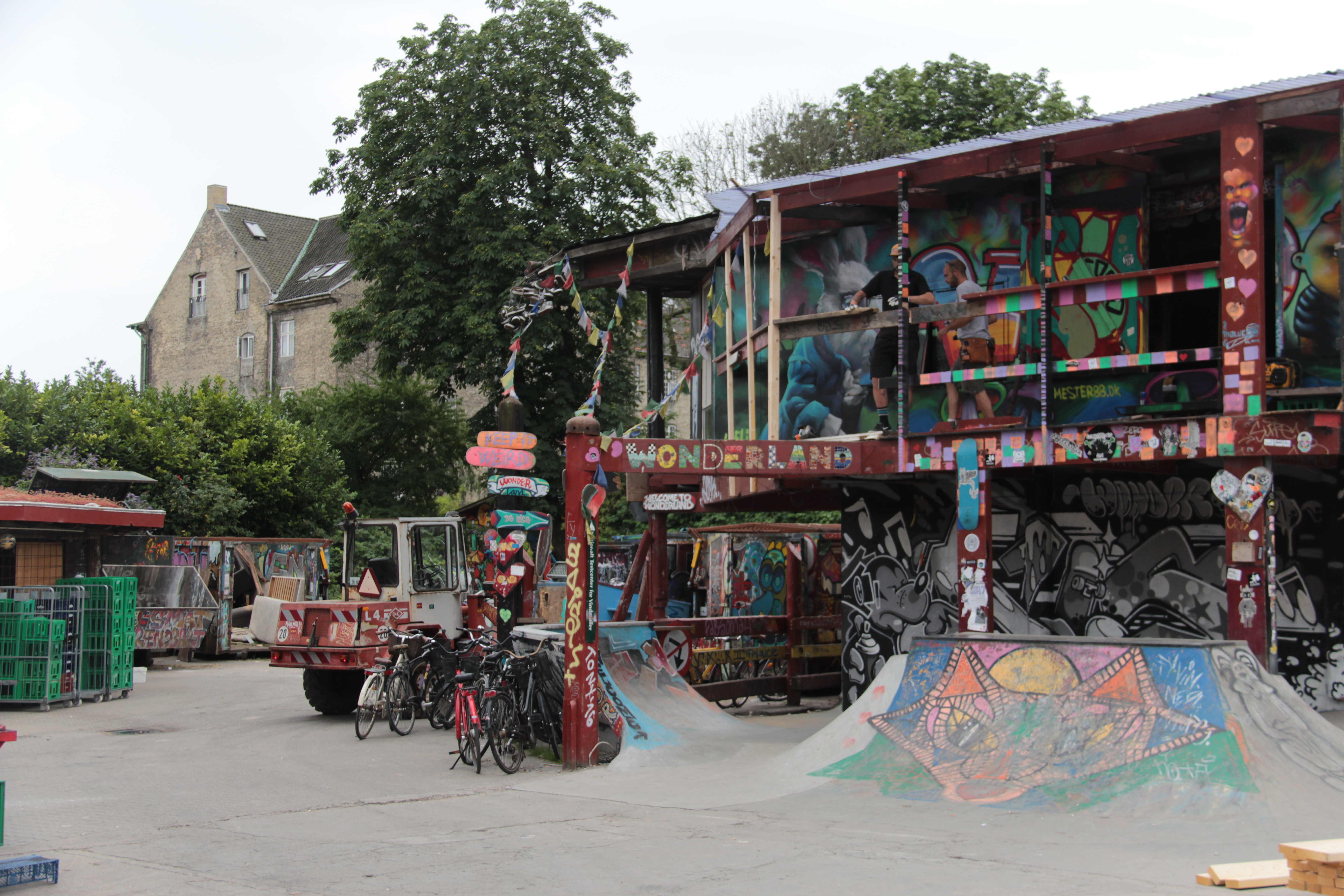
As soon as you enter Christiania, you can sense you’re stepping into a different world. The old military structures are still visible, and many buildings are built or decorated in the DIY spirit of the residents. At the entrance, signs clearly lay out a few community rules, such as no photos on Pusher Street and no hard drugs.
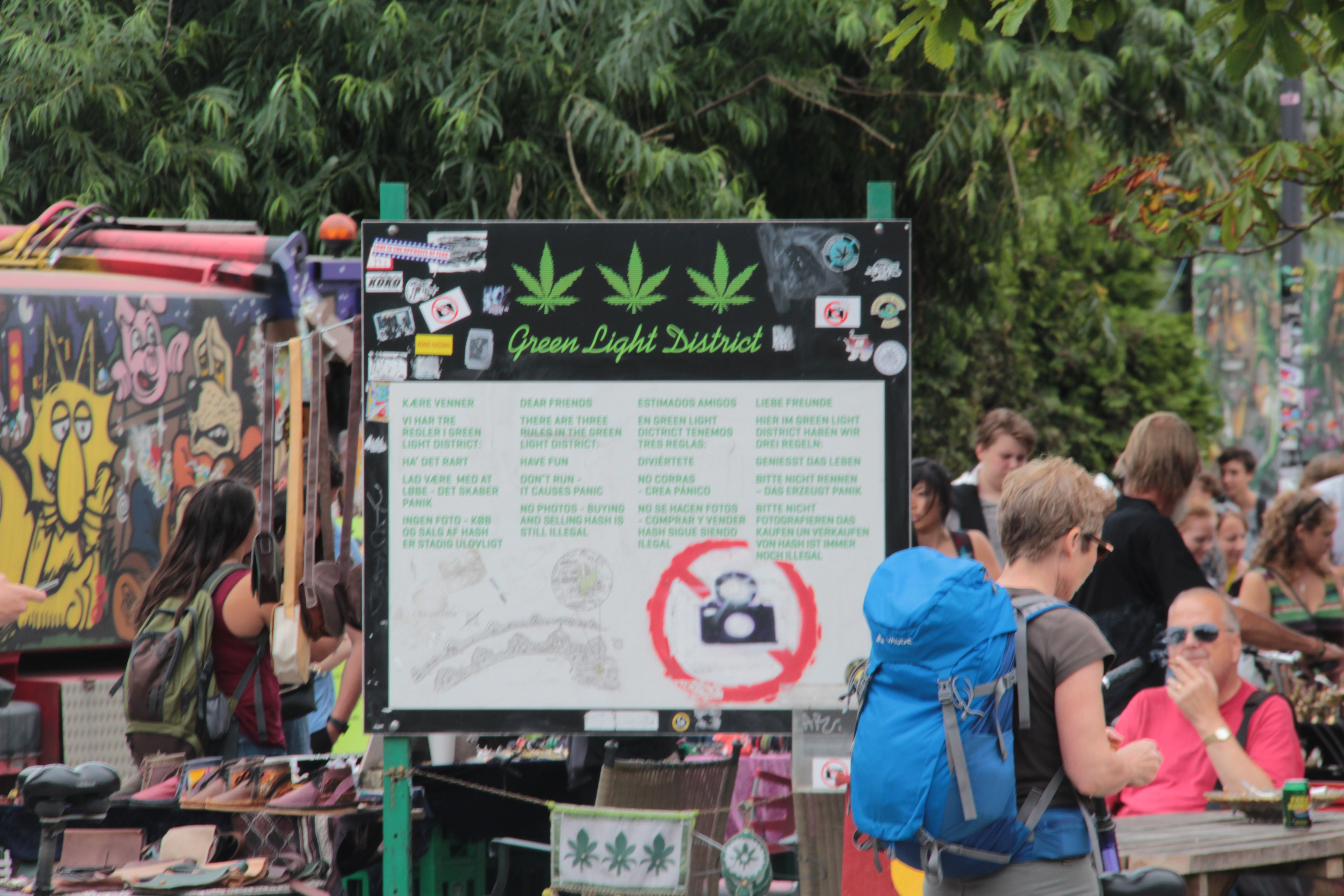
During our visit, I found the atmosphere a little unsettling. Many people were masked, especially around Pusher Street, due to the semi-legal status of the drug trade. It reminded me of scenes from shows like Drugs, Inc. or Drogen im Visier, where anonymity is essential. Personally, I don’t feel comfortable when I can’t see people’s faces, it made the experience feel tense rather than relaxed. But that’s just my perspective.
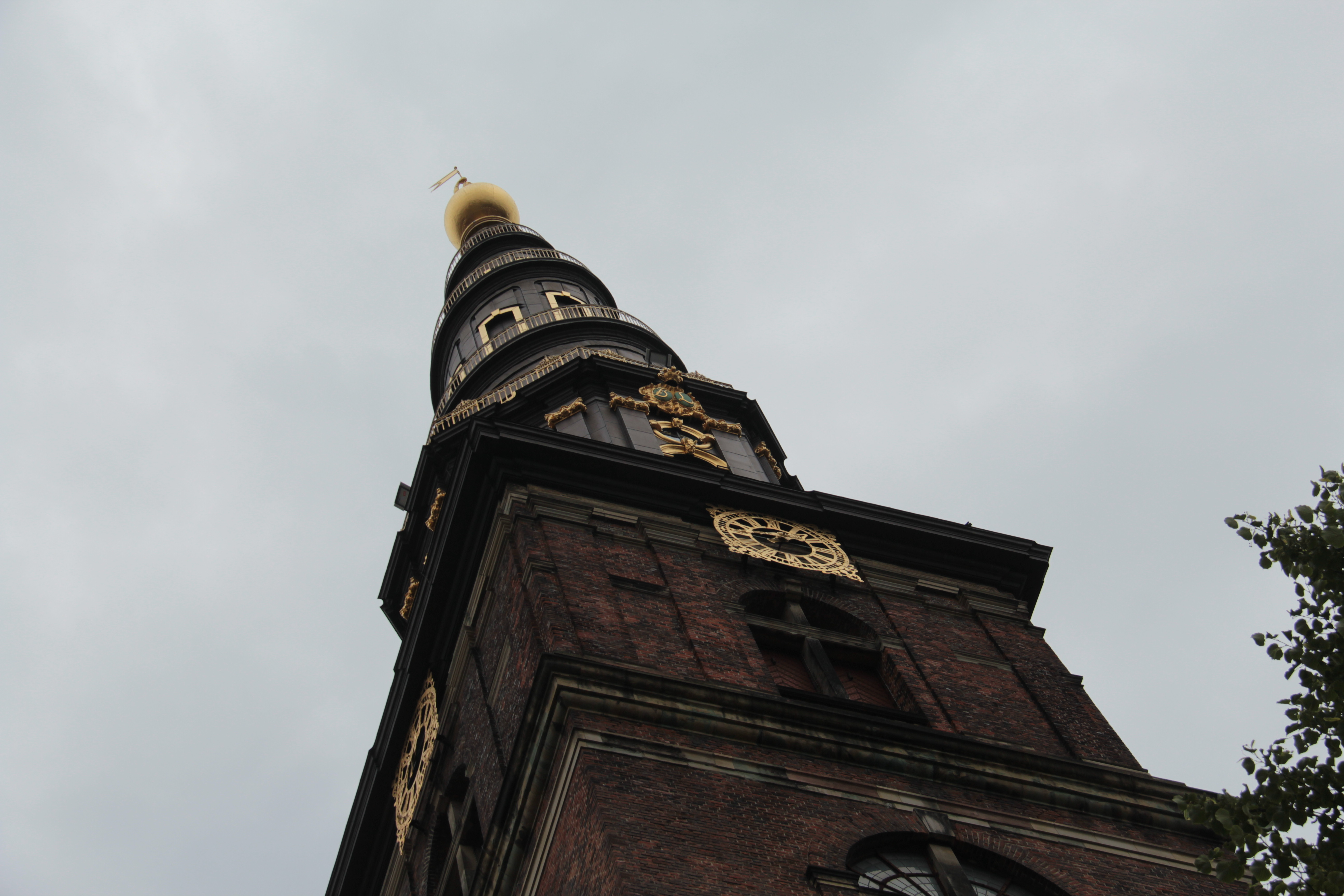
Despite that, I still believe Christiania is worth visiting. It’s a fascinating place with a unique history and social experiment at its core. Whether you stay for a quick look or dive deeper into its culture and art, it’s a part of Copenhagen that challenges the norm and leaves a lasting impression.
Copenhagen Street Food
If you’re not sure what or where to eat in Copenhagen, make sure to head to Copenhagen Street Food—also known as Reffen. Originally located on Paper Island, the food market has since moved to a larger space in Refshaleøen, but it still captures the same buzzing, international vibe. You can easily reach it by crossing the Inderhavnsbroen bridge from Nyhavn, and it’s also not far from Christiania.
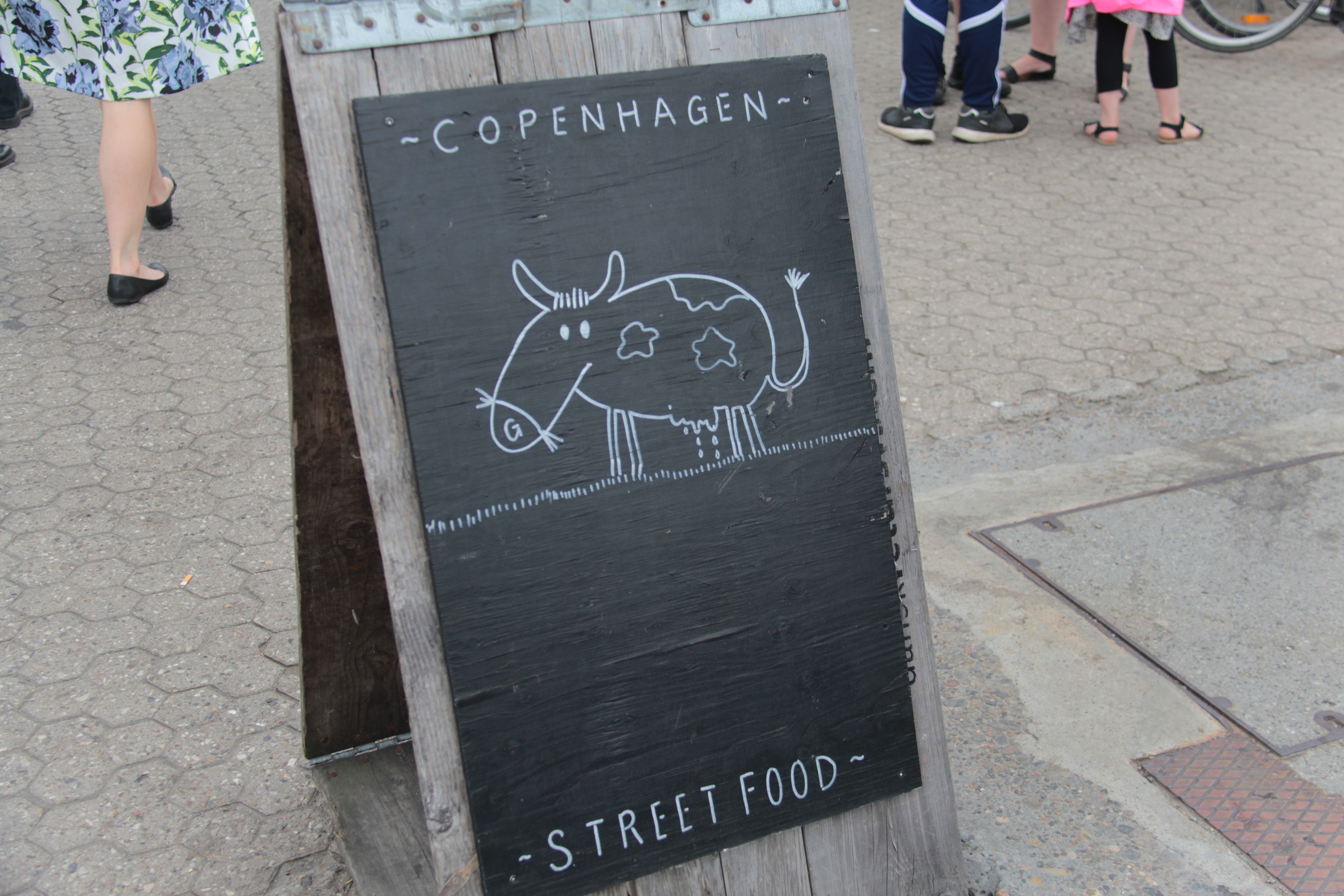
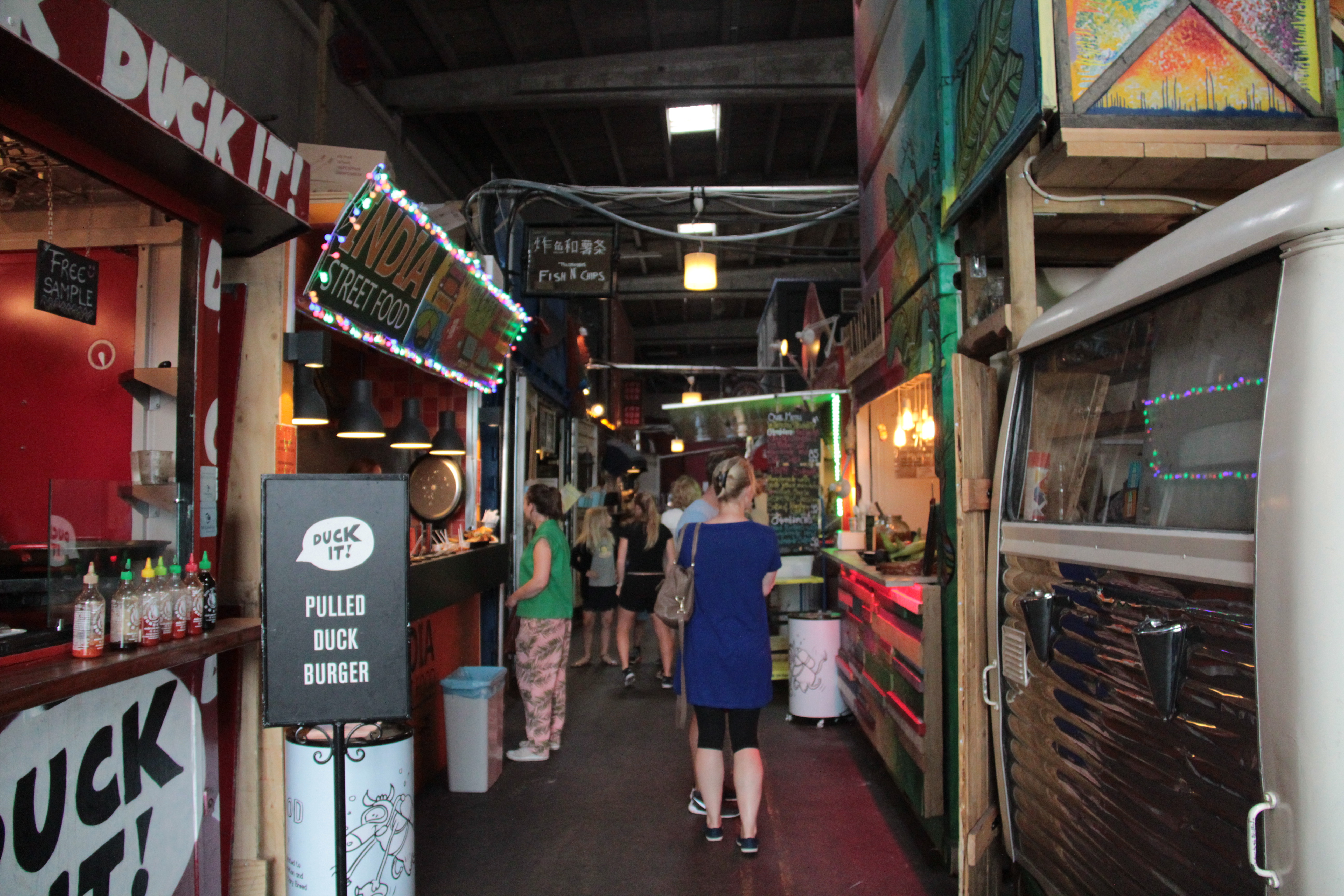
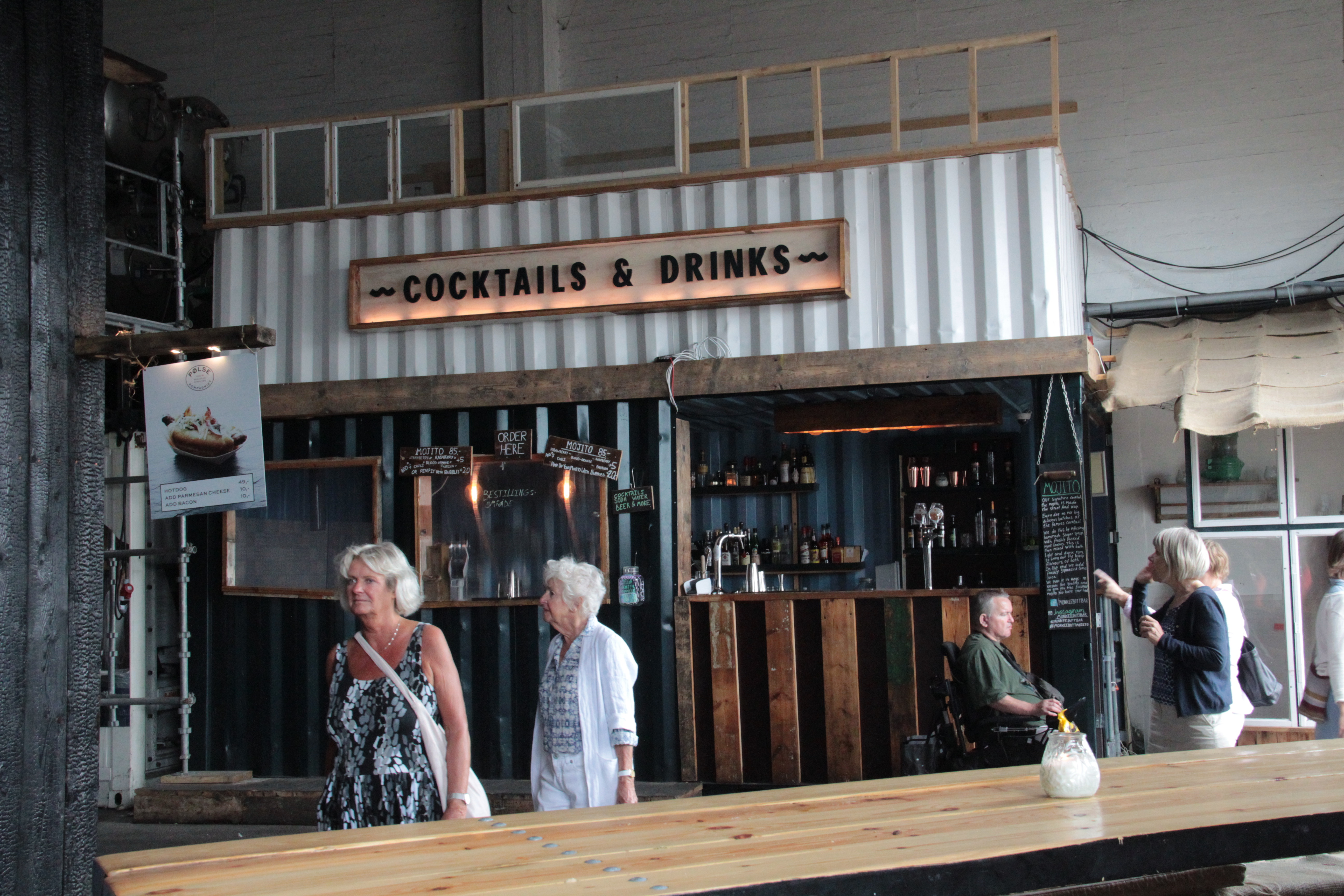
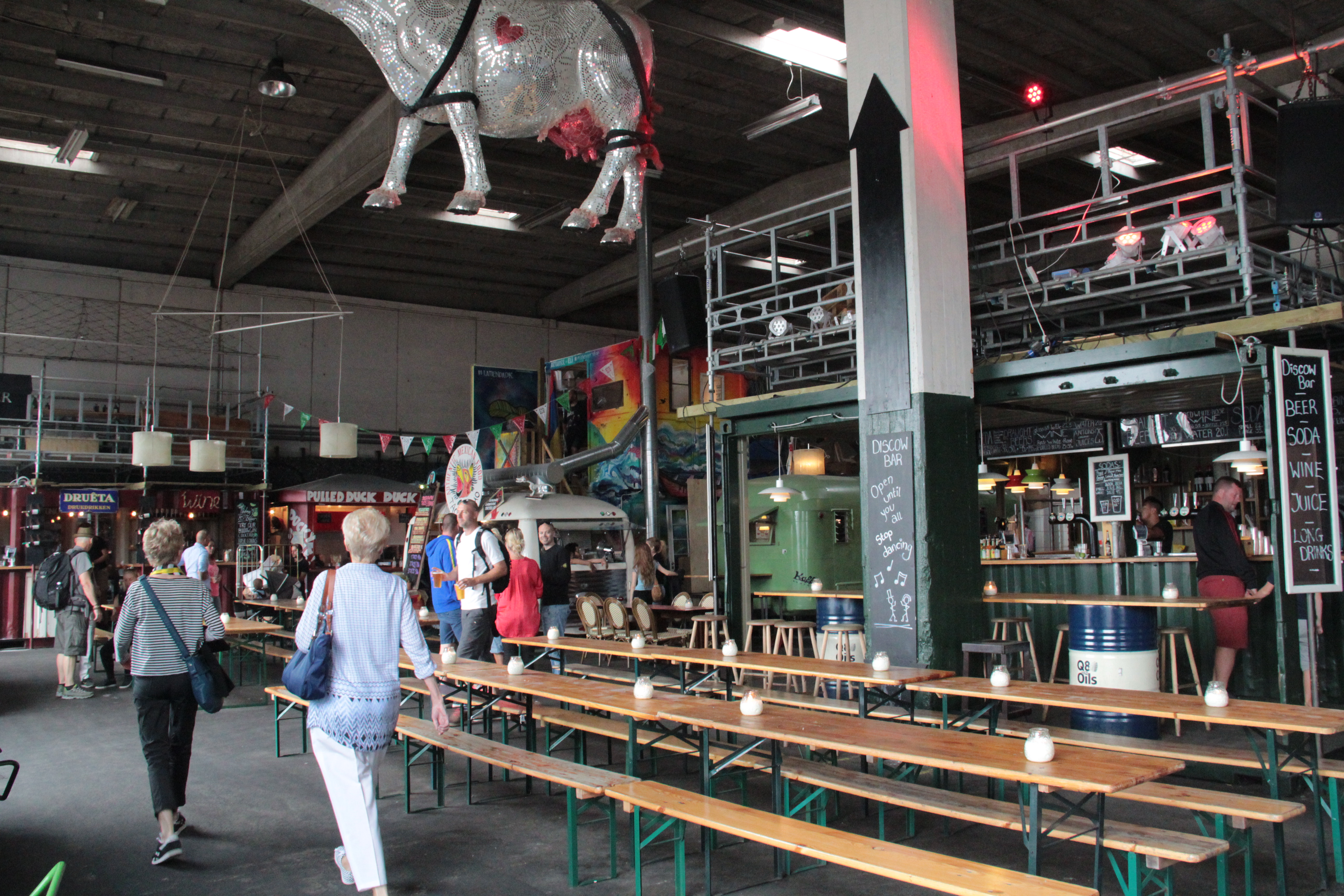
At Copenhagen Street Food, you’ll find around 40 food stalls and food trucks offering delicious street food from all over the world, everything from Korean BBQ and Mexican tacos to Danish classics and vegan bowls, all prepared right in front of you.


If you plan to visit during lunchtime, be sure to get there early as it gets quite busy. I loved the experience of eating there! Since most stalls serve small portions, it’s perfect for trying a variety of dishes without getting too full too quickly.
Carlsberg Brewery
The Carlsberg Group is one of Denmark’s most iconic brands and a major player in the global brewing industry. It was founded in 1847 by Jacob Christian Jacobsen, who named the brewery after his son Carl and the Danish word for hill, „bjerg“, hence Carlsberg. Today, the company’s flagship beer is Carlsberg, but the group also owns other well-known brands like Tuborg, Kronenbourg, Grimbergen, and more than 500 local beers across the globe.
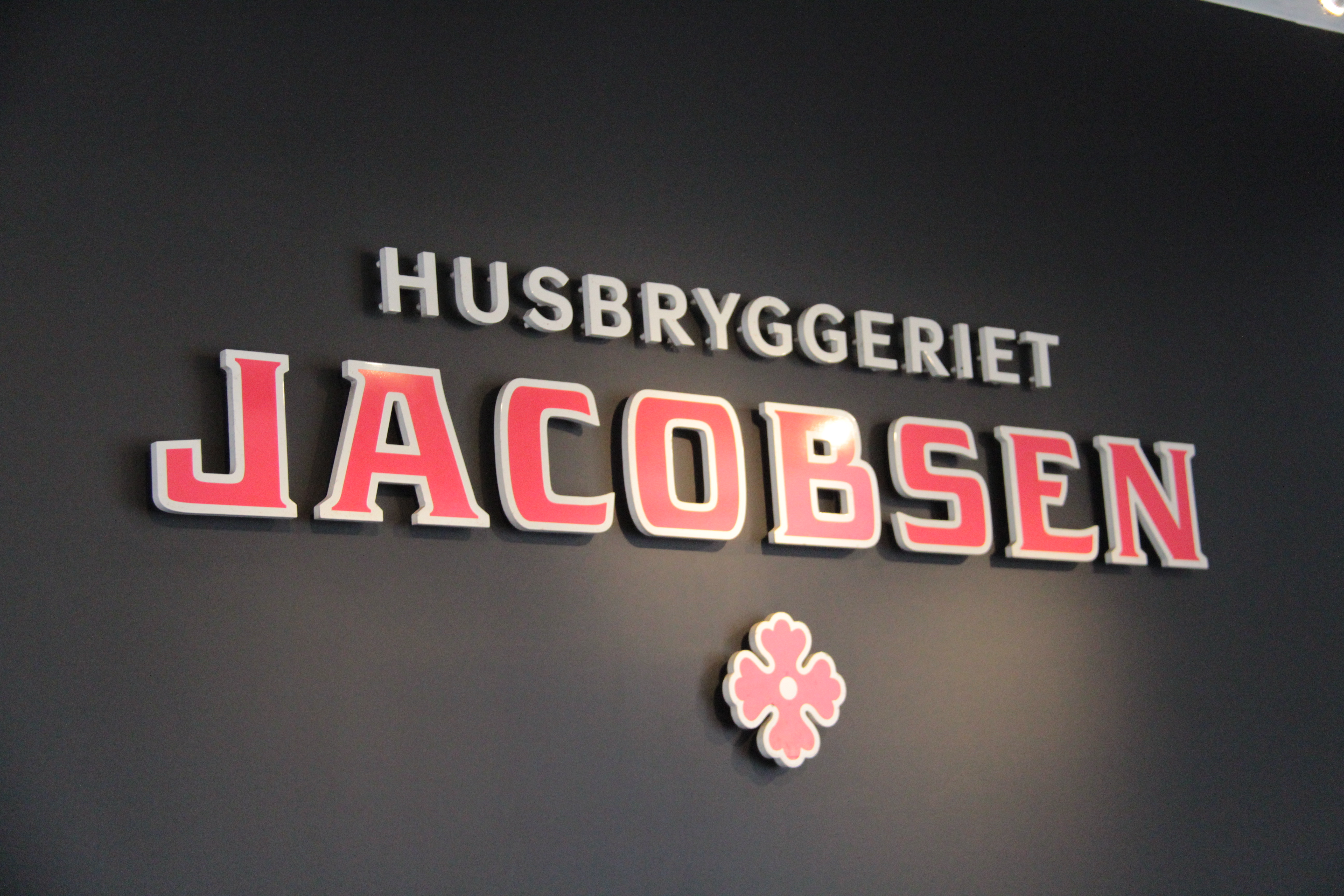
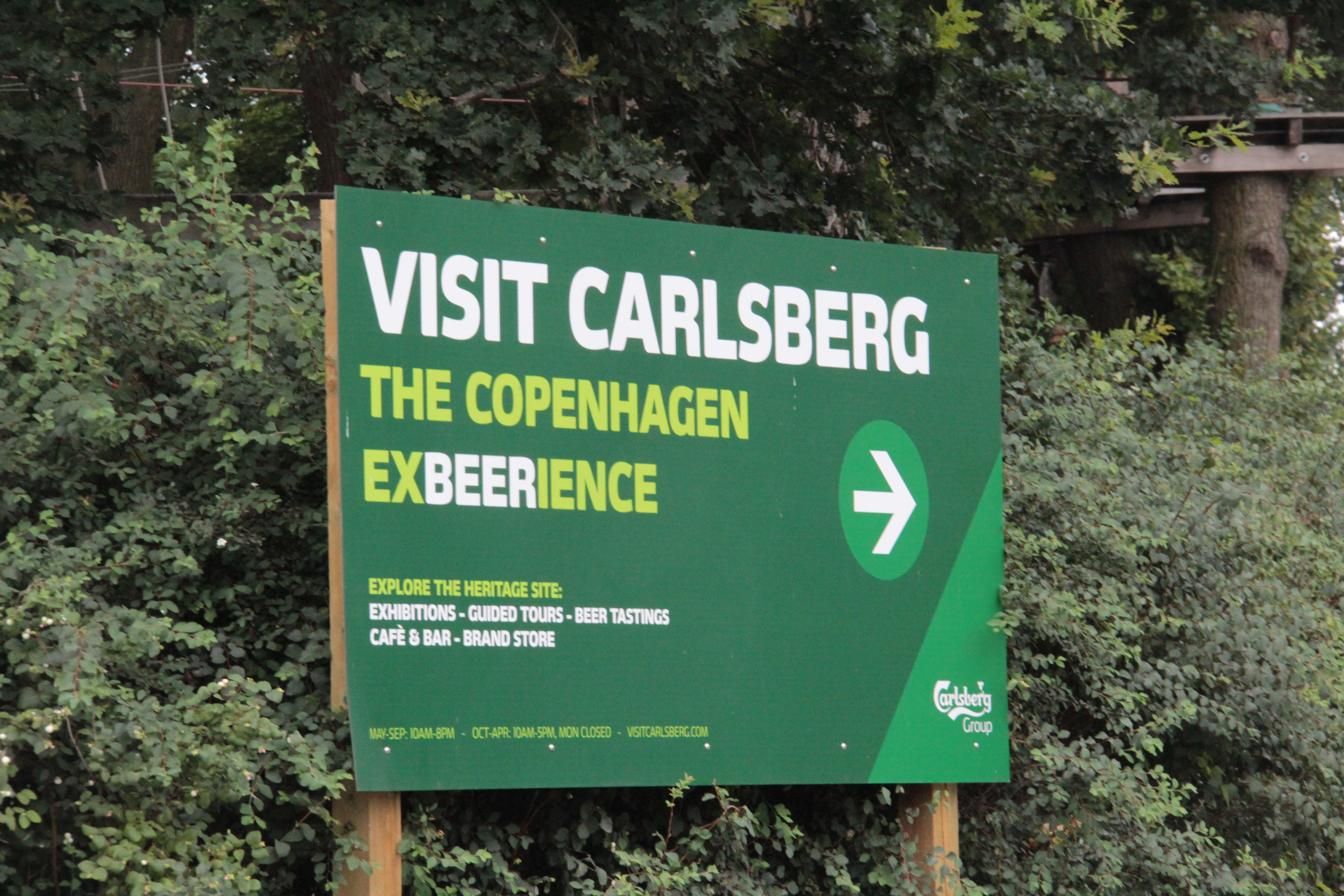
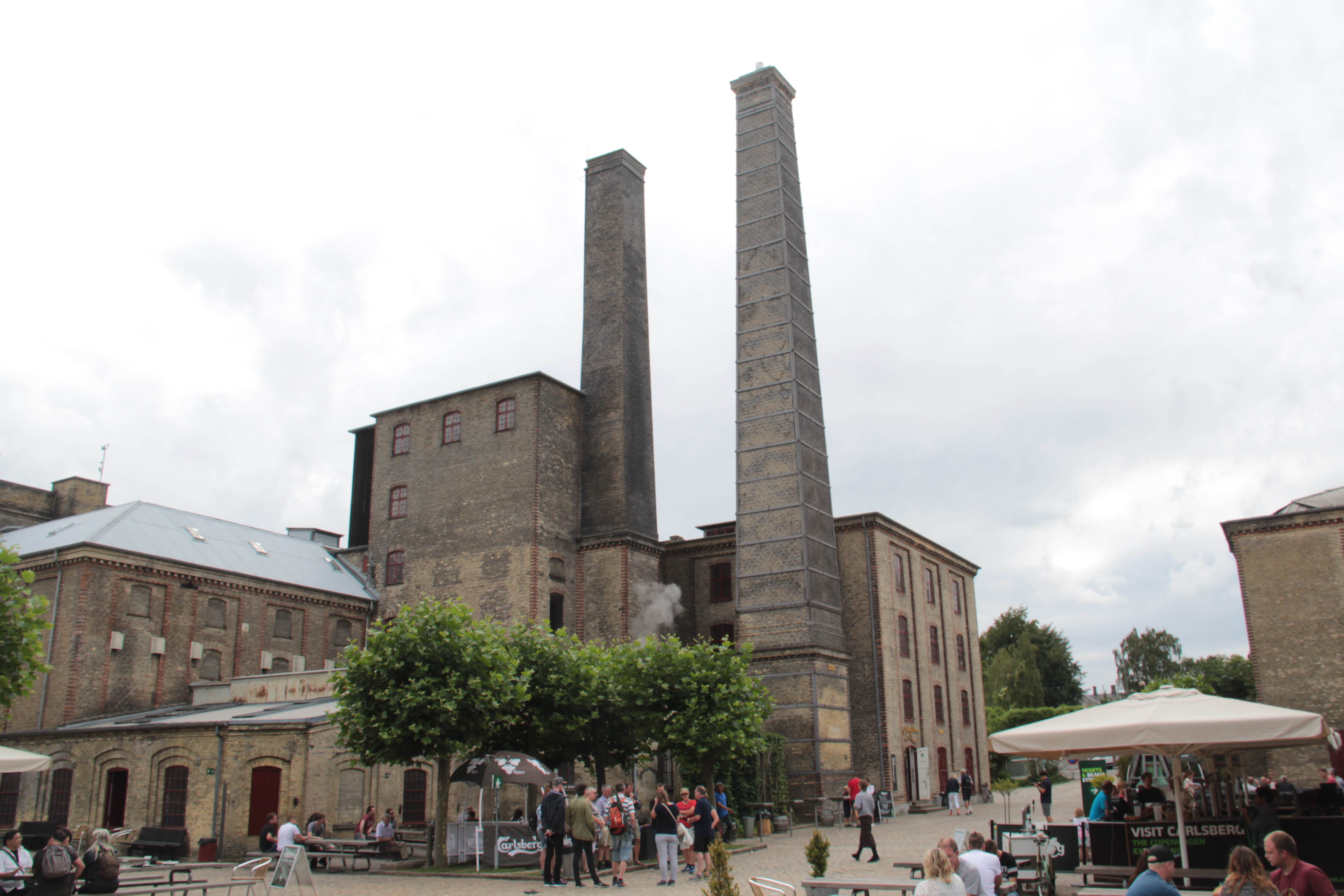
The original Carlsberg Brewery site in Copenhagen has now been transformed into a Visitors Center offering a fascinating deep dive into the history of the brand and the art of brewing. It’s a must-visit for any beer enthusiast. Here, you’ll discover how the Carlsberg Group evolved from its humble beginnings into an international brewing empire.
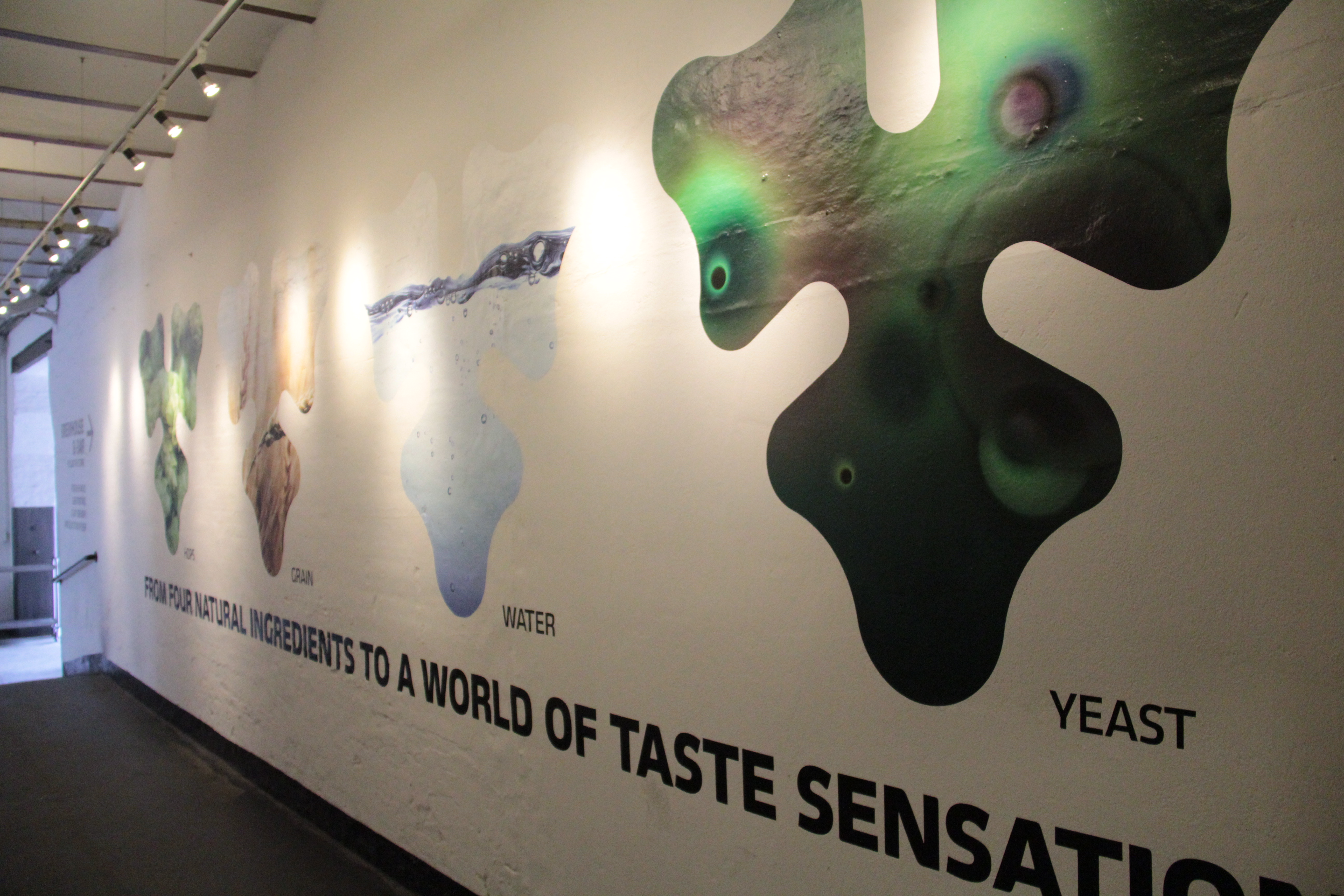
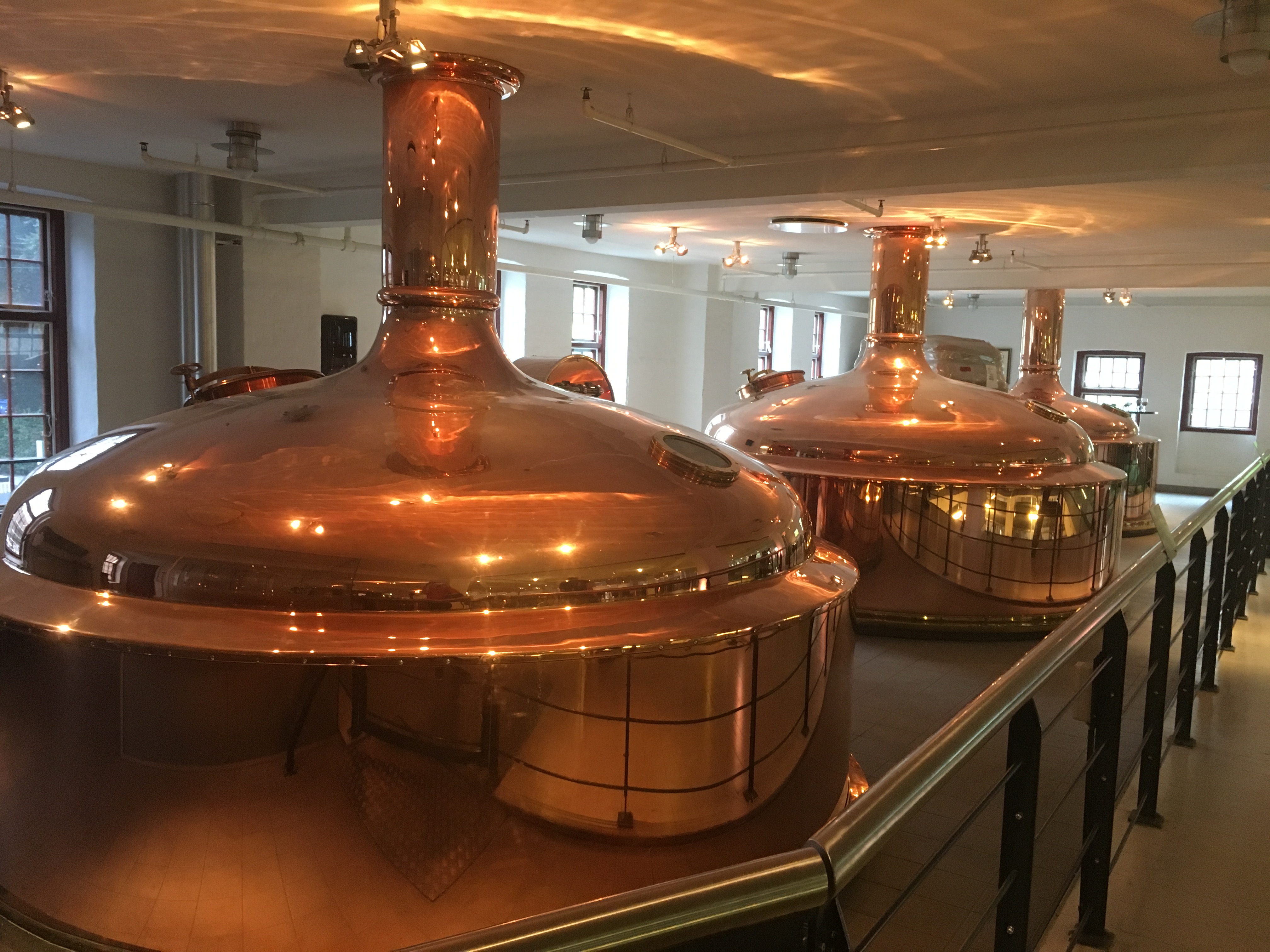
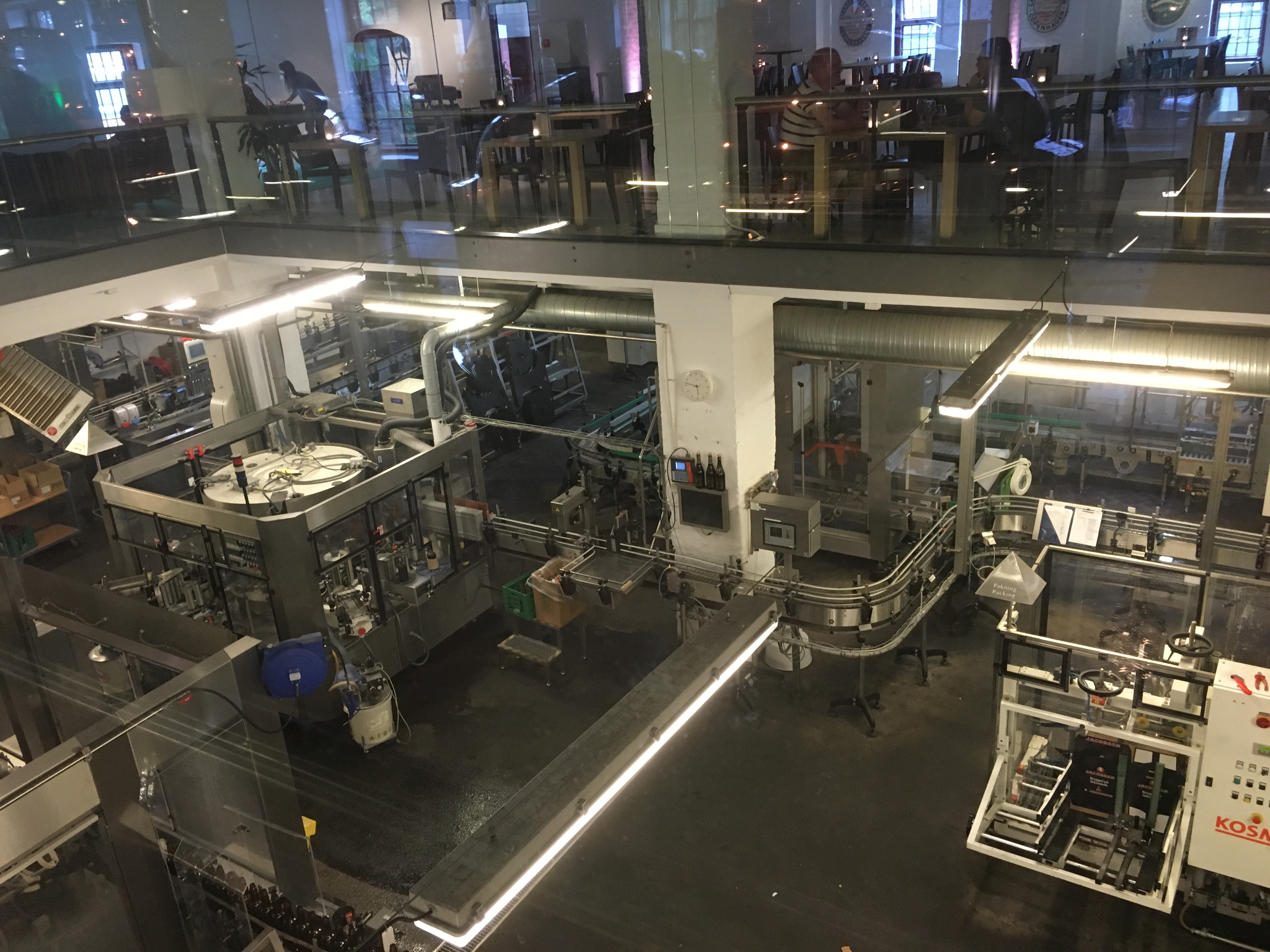
Beyond the brewing process, the visitor center also features one of the world’s largest beer bottle collections. And of course, there’s a tasting area where you can try a wide range of unique and special brews.
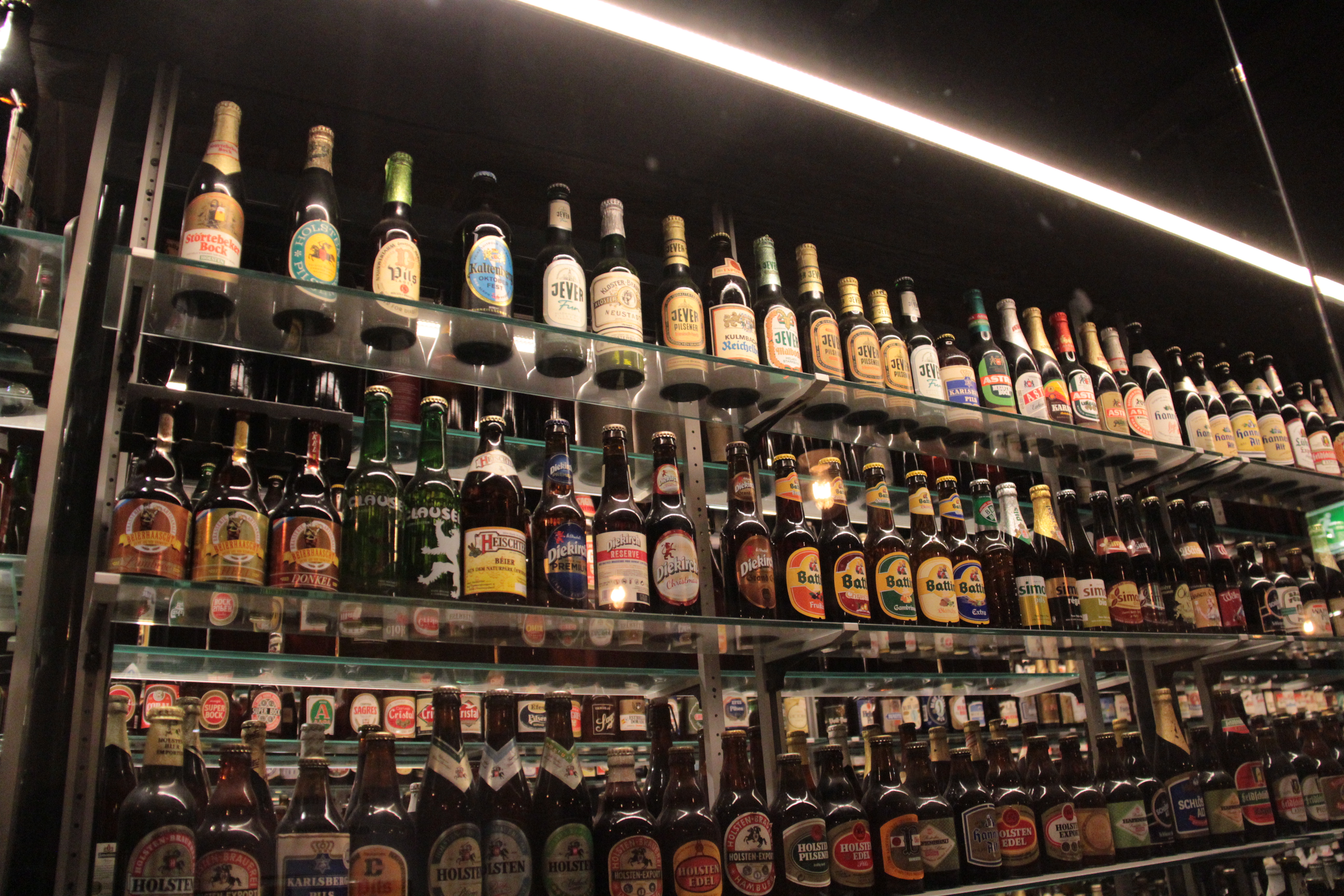
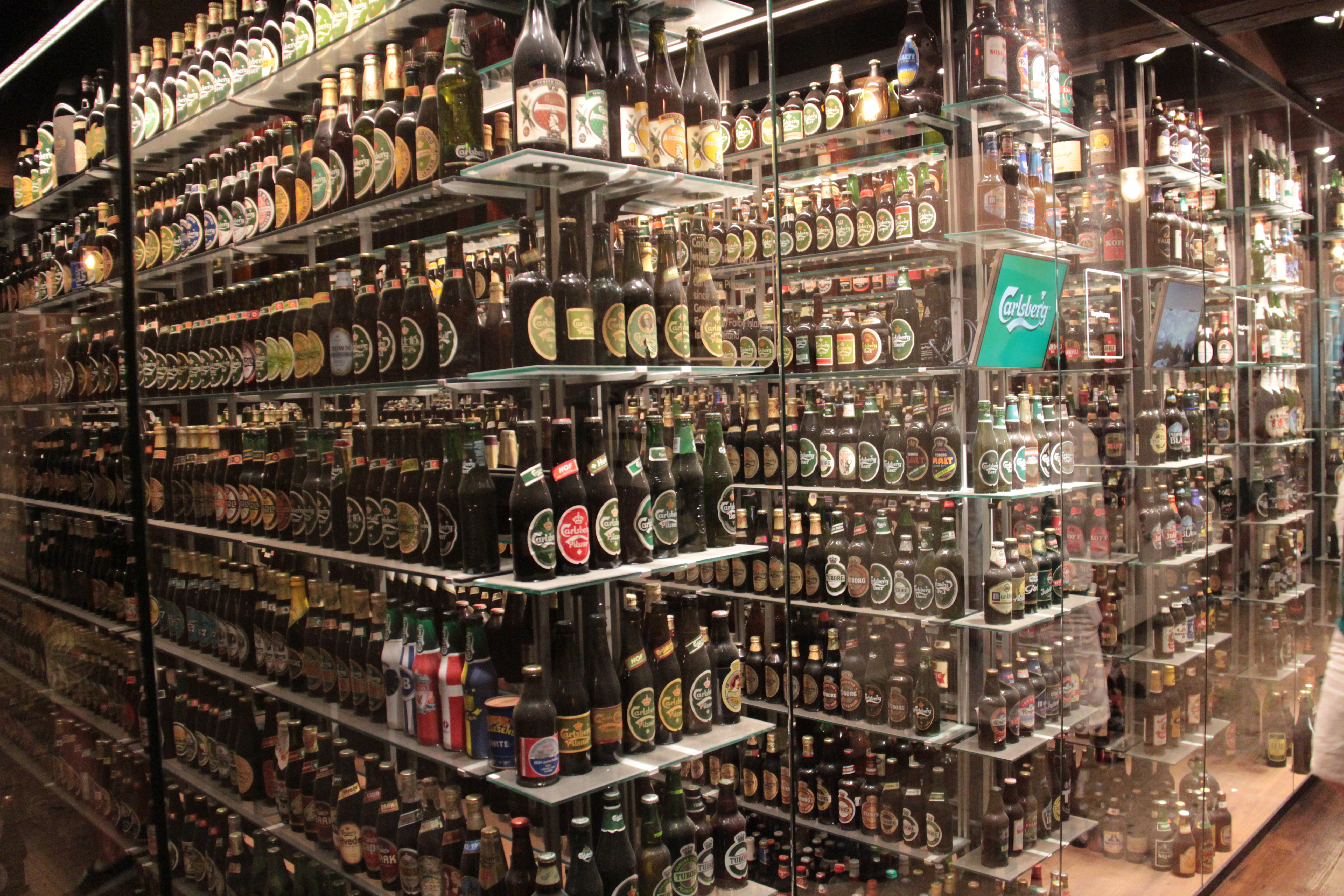
If you love beer or just want to explore a significant part of Danish industrial history, I can highly recommend a visit to the Carlsberg visitor center.
Day trip to Malmö (Sweden)
If you’re in Copenhagen and looking for a quick escape to Sweden, Malmö is the perfect destination. It’s just a 30-minute drive away, but there are also convenient train and bus options to get you there. The city is connected by the Øresund Bridge, which offers a stunning view as you cross from Denmark into Sweden.
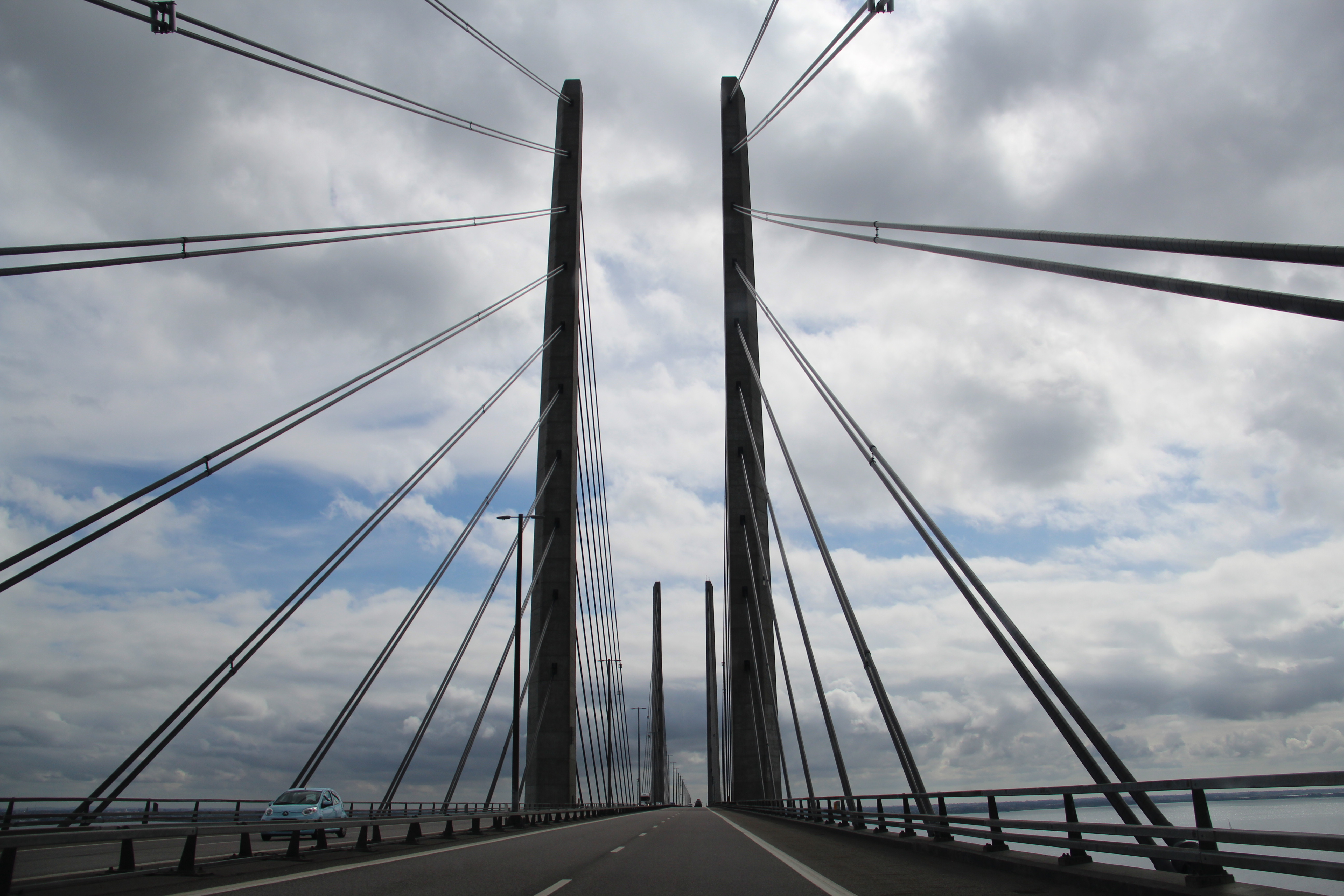
Malmö has something for everyone. You can spend the day shopping at the bustling Emporia Mall, one of Scandinavia’s largest shopping centers, or enjoy the scenic Ribersborg Beach, which offers a relaxing atmosphere with a view of the Øresund Strait. If you’re a history lover, don’t miss exploring the charming cobblestone streets of Malmö’s Old Town (Gamla Staden), where you’ll find beautiful architecture, quaint cafés, and landmarks like Stortorget Square and the Malmöhus Castle.
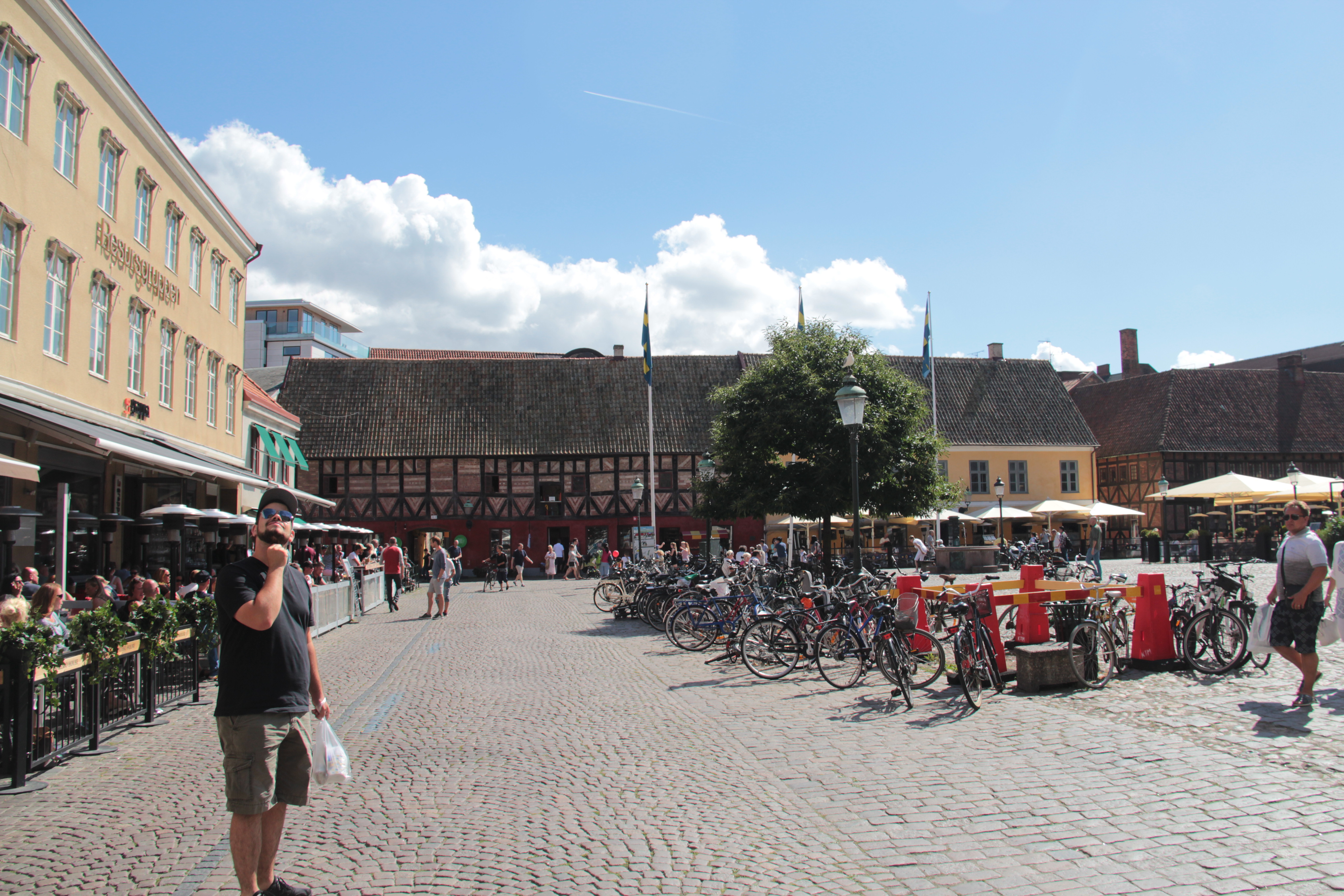
Malmö is also home to some modern attractions like the Turning Torso, a stunning twisting skyscraper that is the tallest building in Scandinavia. The city has evolved from a traditional industrial hub into a vibrant, diverse metropolis, with a mix of old and new architecture, a thriving culinary scene, and a rich multicultural vibe.
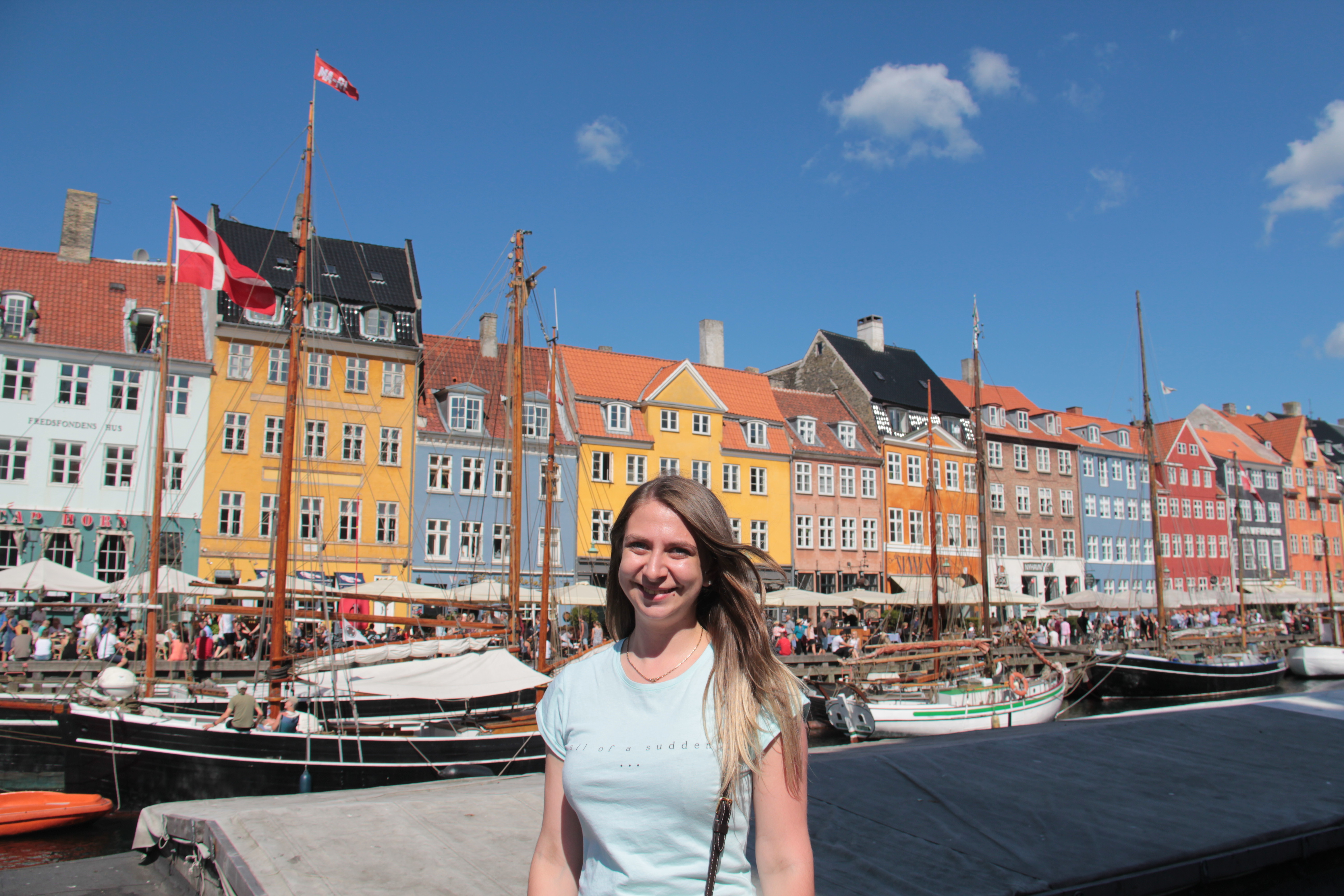
All in all, I absolutely fell in love with Copenhagen. It’s a stunning city with so much character and an endless array of things to see and do. Whether you’re into history, culture, food, or just soaking in the atmosphere, Copenhagen has it all for its visitors.
Read next: Top 10 things to do in Stockholm, Sweden
